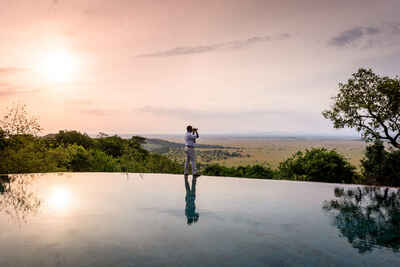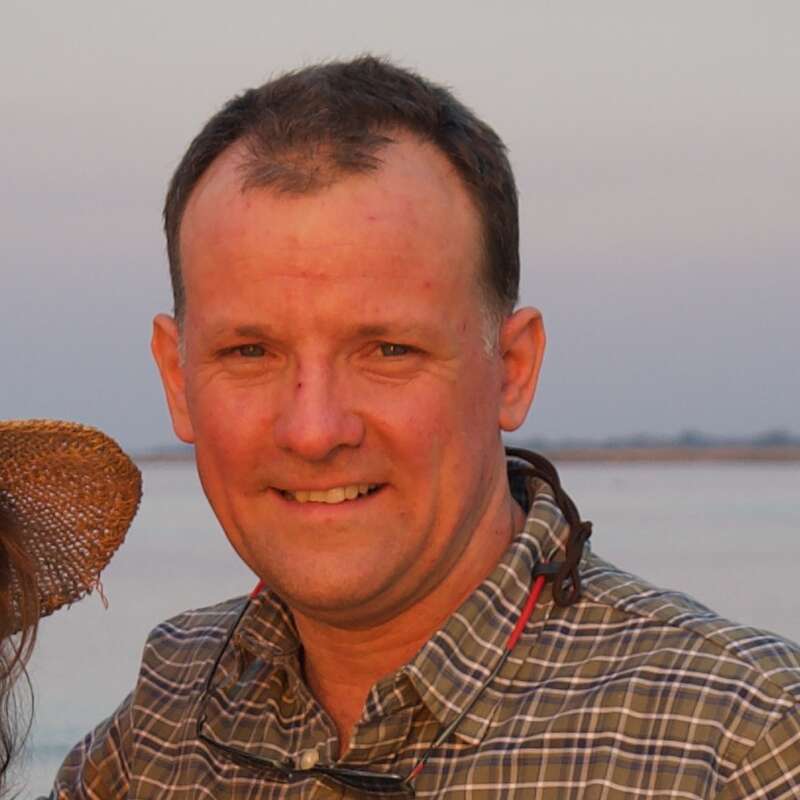About Sasakwa Lodge
Set atop Sasakwa Hill, Sasakwa Lodge is a stunning lodge and the flagship property of Singita Grumeti Reserve.
Sasakwa Lodge has impeccable service, incredible levels of luxury and fantastic guides – albeit with probably the highest price tag of any lodge in the region. For some it will feel completely over the top, for others it will be a divine treat.
Accommodation
7 suites
Children
Ideally 10+
Open
All year
Activities

4WD Safari

Birdwatching

Guided walking safari

Hot air ballooning

Night drive

Private activities
Traveller reviews of Sasakwa Lodge
3 real, un-edited reviews from Expert Africa's travellers.
Arrived 8 Jul 2023, 3 nights
"Sasakwa Lodge review"
Overall rating: Excellent
Arrived 22 Mar 2017, 3 nights
"Sasakwa Lodge review"
Overall rating: Excellent
Arrived 18 Sep 2015, 2 nights
"Fabulous Setting"
Overall rating: Excellent
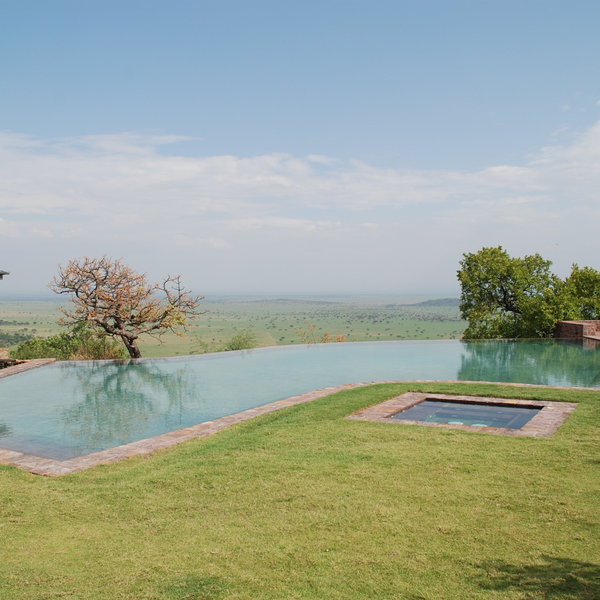
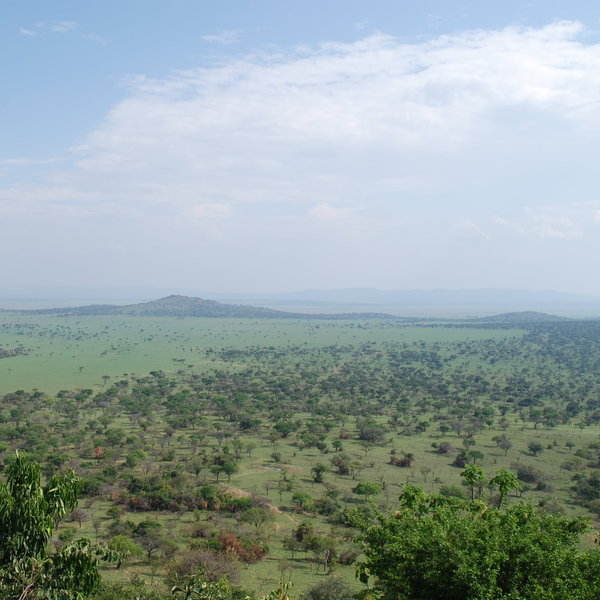
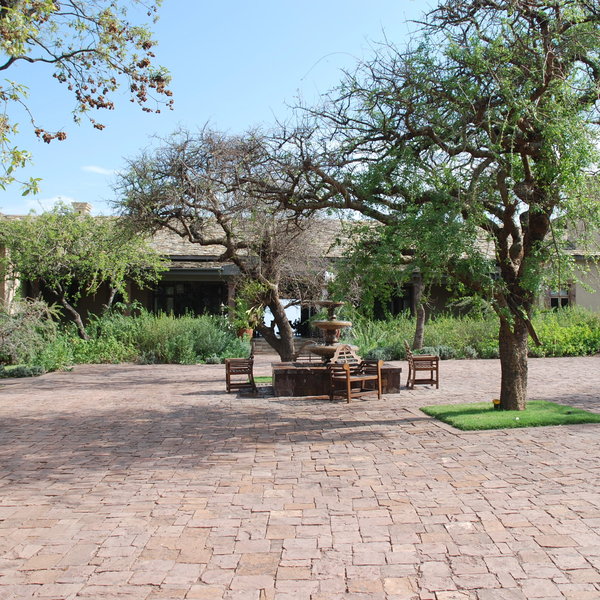
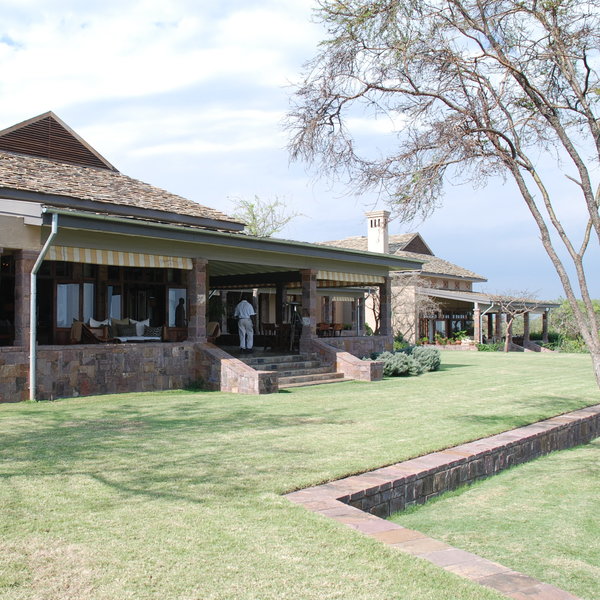
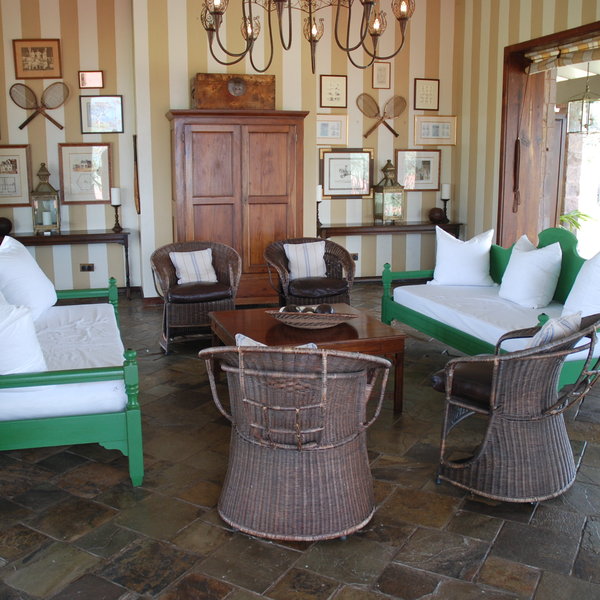
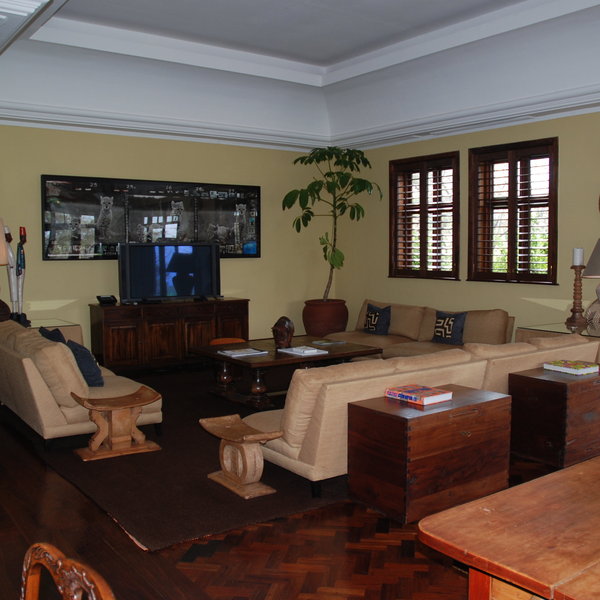
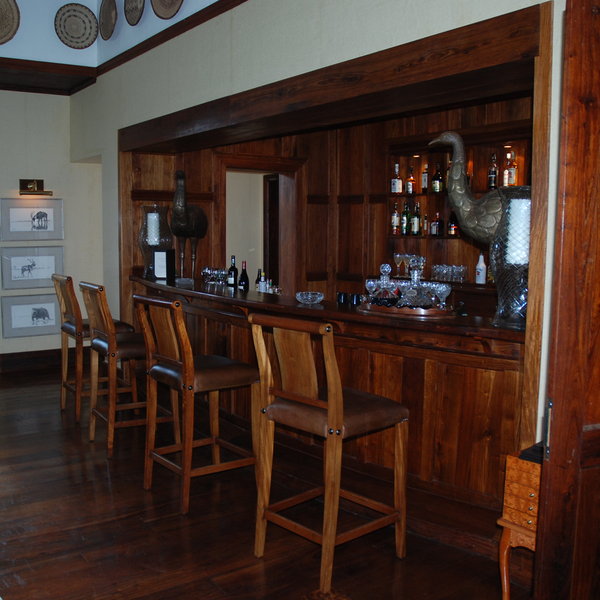
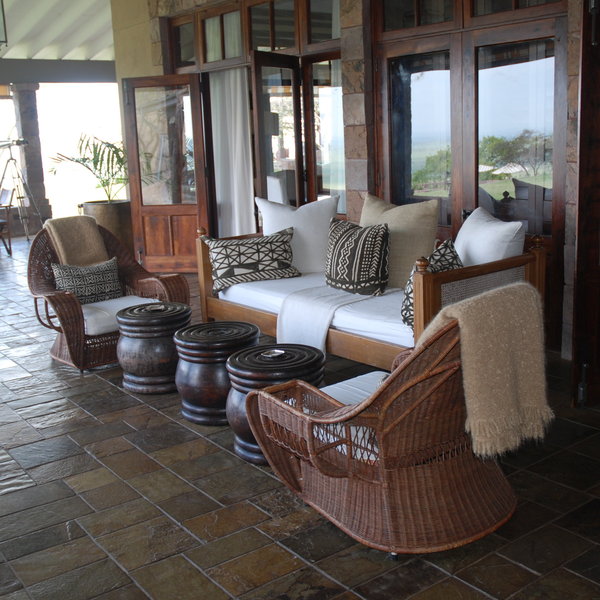
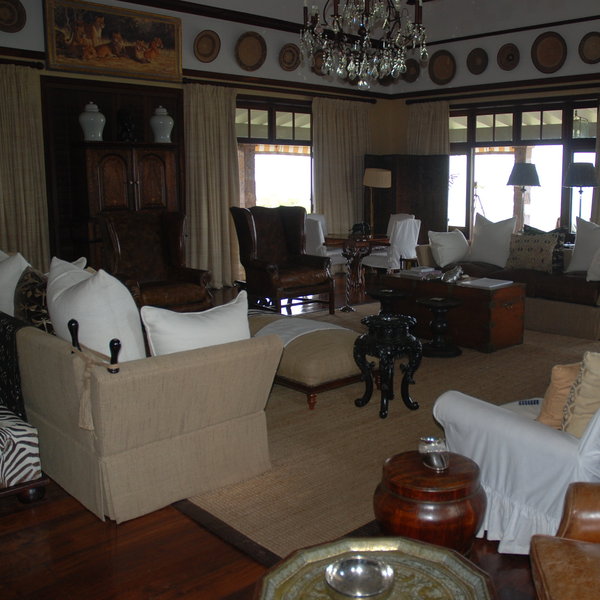
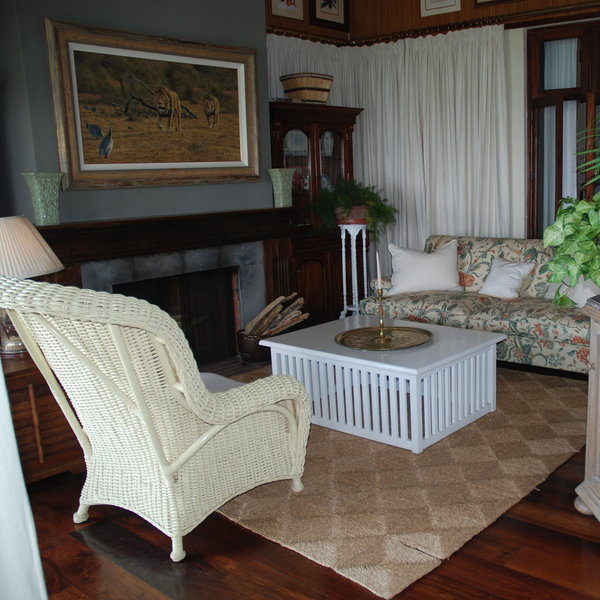
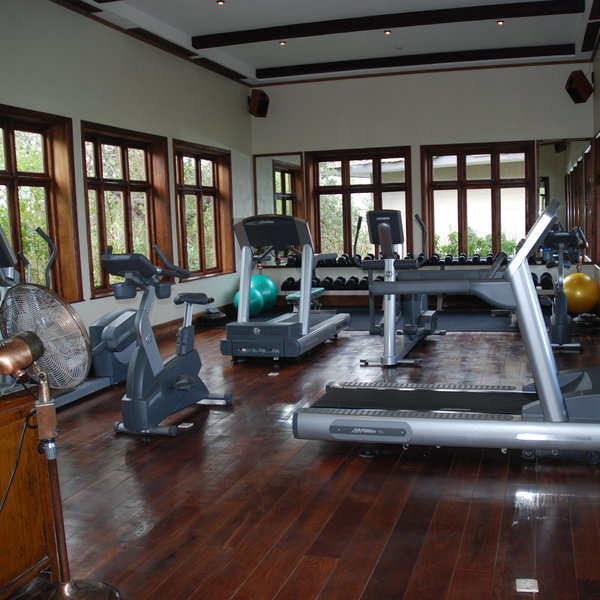
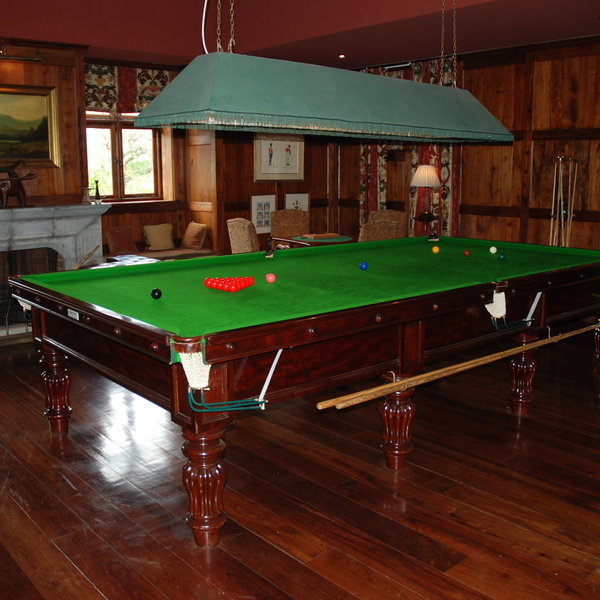
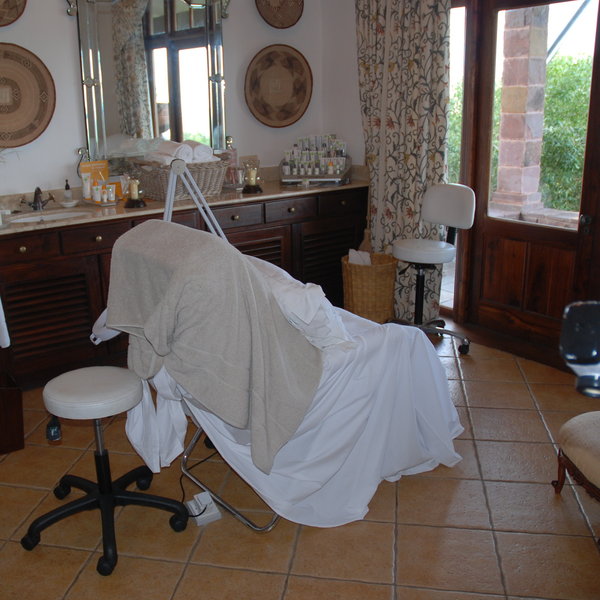
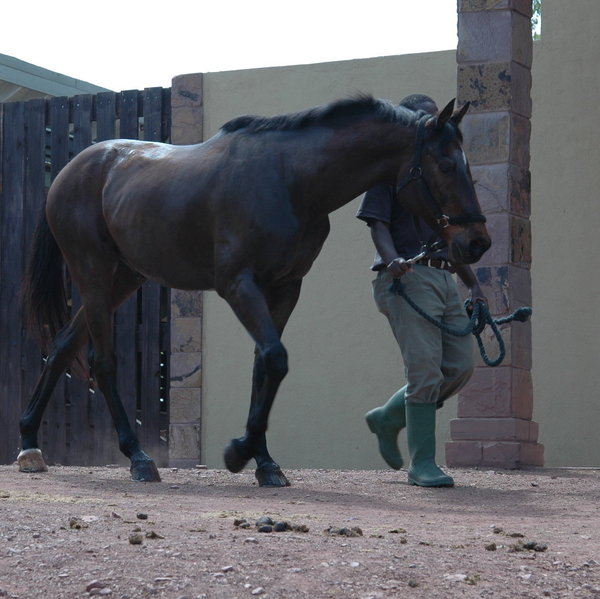
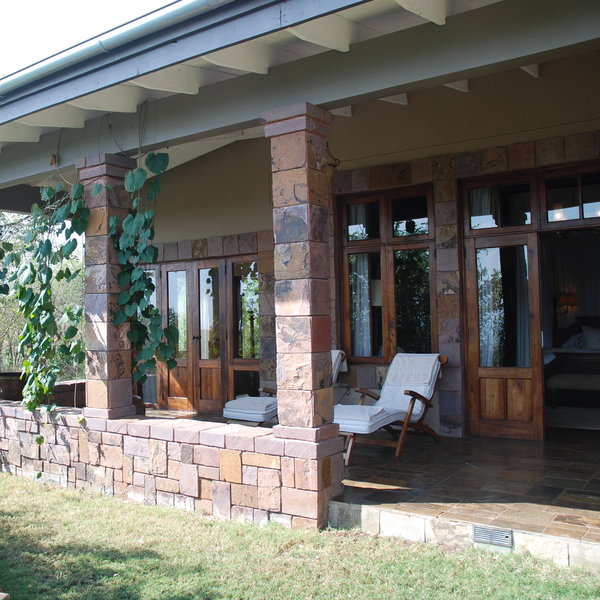
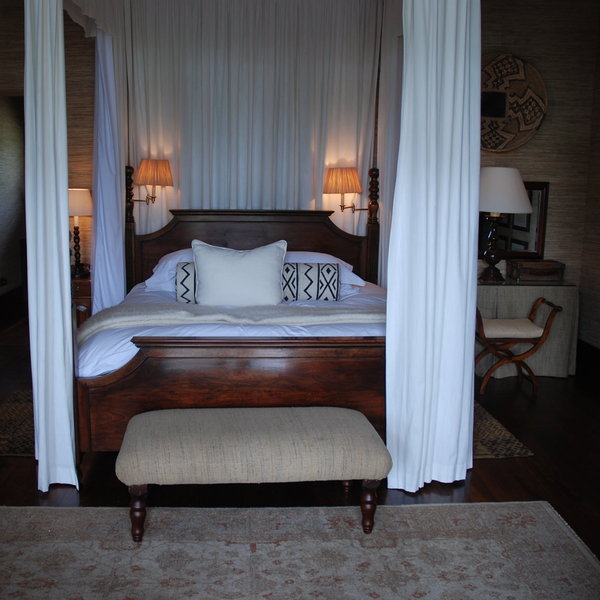
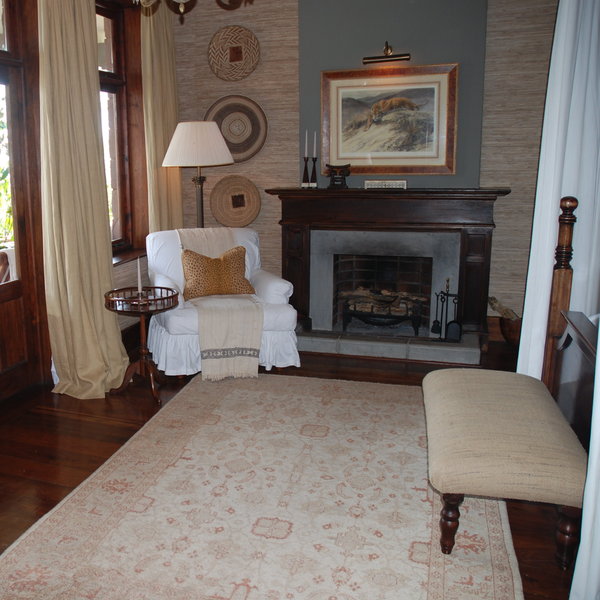
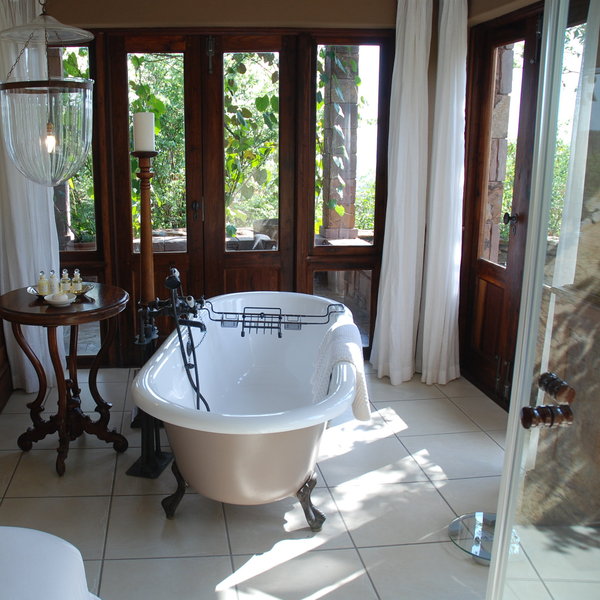
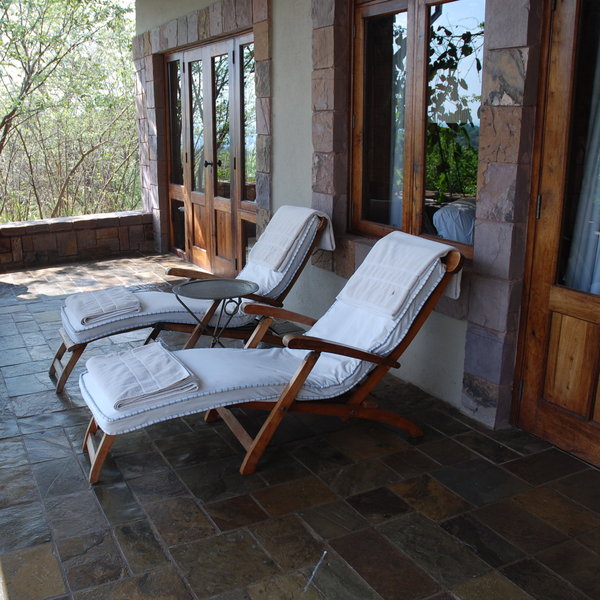
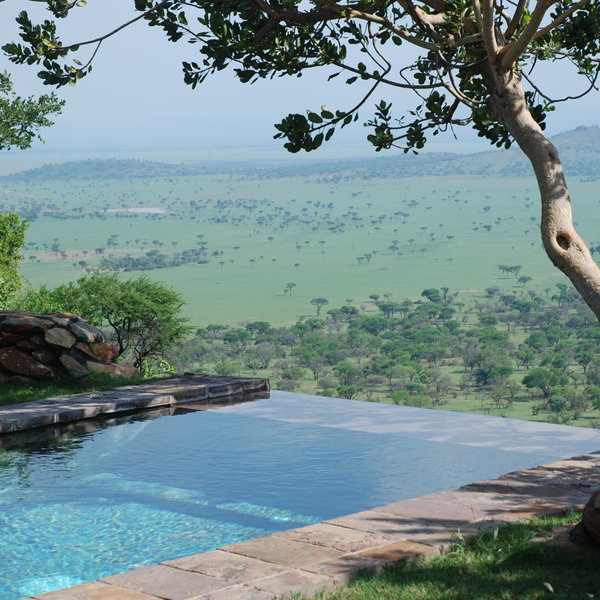
Expert Africa's gallery
When we travel we take lots of photos ourselves to give you a real and un-edited view of the safaris. See our 32 pictures and 2 videos of Sasakwa Lodge to get the candid view.
View gallerySasakwa Lodge: Our full report
Set atop Sasakwa Hill, Sasakwa Lodge is a stunning lodge and the flagship property of Singita Grumeti Reserve.
Grumeti Reserve is a privately owned reserve, on which sit three sister properties – Sasakwa Lodge, Sabora Tented Camp and Faru Faru. This reserve covers 1,500 km² of wilderness to the west of the Serengeti National Park and is run by Grumeti Reserves, a non-profit organization. So the money made here is put straight back into conservation and education for the local people who live on the edge of the reserve. Grumeti Reserves have also set up a number of health initiatives for the local community.
All of the properties in Singita Grumeti Reserve are luxurious, but Sasakwa Lodge is by far and away the most opulent. It's the kind of place that is often booked out, as a whole lodge, for visiting multi-millionaires / billionaires, their families and their entourages.
Built in the style of an English manor house, Sasakwa resembles a classic East African house of the colonial era. The main single storey building is vast – with wide sweeping verandas, stone columns and slate roofs. At the front is a red stone cobbled square and fountain, which is almost reminiscent of an Italian villa. From here you walk through into Sasakwa's main house, which faces onto wide lawns, manicured gardens and the spectacular view of the Sabora Plains. The entire main building is fronted by a wide shady veranda, furnished with wicker furniture and comfortable chairs. On a clear day you can see for miles – and during the migration when the plains are full of animals, it is quite a sight. Swarovski binoculars and telescopes are dotted around the property and you are free to use them for wildlife viewing from the lodge.
Sasakwa's drawing room is an impressive lounge and bar – with high ceilings, comfortable sofas and antique furniture. A chandelier hangs from the ceiling and there are plenty of comfortable sofas and leather armchairs to relax in. Antique-style wooden chests act as coffee tables and a grand piano sits in the corner. Neutral colours, dark wooden furniture and African art give this room an old-world feel with a stylish edge.
Adjacent to the drawing room is Sasakwa Lodge's billiard room, quite traditionally furnished and styled – with wood-panelled walls, a marble fireplace and 19th-century landscape paintings. In the corner of the room there is also a bridge table and chairs.
The dining room at Sasakwa Lodge is a spacious room with high ceilings, dark wooden floors dotted with Persian rugs and gold Victorian wallpaper. Above the vast marble fire place hangs a fantastic oil panting of a hippo, then guilt Venetian mirrors hang on the other walls. The dining room closely resembles one you might find in an English manor house.
There is also a children's playroom with a DVD player and satellite TV, and a shop where you can find wonderful pieces of art, handmade glass and beautiful jewellery.
The bedrooms at Sasakwa Lodge are all set within seven large suites, which all occupy individual buildings and continue in the style of a colonial manor house. The suits vary in size; there are three one-bedroom suites, two with two bedrooms, one with three and one suite with four bedrooms. You will never have to share a suite with someone else – though you will usually be put in a suit with the number of bedrooms that you require.
All of the suites at Sasakwa Lodge are incredibly private; each has a private plunge pool, a veranda, a lounge area, and a huge bedroom with en-suite bathroom. (Click here for more on the suites at Sasakwa Lodge…)
The activities at Sasakwa Lodge consist of 4x4 game drives, safari walks and night drives. All of these are with the lodges guides, who are very good and certainly amongst the best we have met in Tanzania. There are also lodge-based activities such as tennis (there are two courts here), billiards, badminton and archery. A well-equipped gym has running machines, bikes, weights and gym balls, and a separate yoga room. There's also a spa where you can enjoy massages and a variety of beauty treatments.
The equestrian centre is situated a short golf-cart ride away from Sasakwa Lodge. There are 16 horses here, and you can choose between English- and Western-style saddles. There is a 2.7km walled riding track for less experienced horse-riders, while keen riders with a good level of skill and ample experience can ride out onto the plains of the reserve and enjoy a horseback safari.
Between about June and August this area is alive with the wildebeest migration. However the wildlife is good here year round and if you want to experience shear and unadulterated opulence in the Serengeti, then Sasakwa Lodge is a good choice. We last visited the area in September, after the migration had passed, and had a number of great cheetah sightings.
Activities
4WD Safari
Birdwatching
Guided walking safari
Hot air ballooning
Night drive
Private activities
Families & children
- Attitude towards children
- Children of all ages are welcome at Sasakwa Lodge
- Property’s age restrictions
- There are no age restrictions.
- Generally recommended for children
- Yes
- Notes
- Sasakwa Lodge is a very smart lodge so is best suited to older and more mature children. That said, there is lots for children to do around the lodge, including tennis, archery, swimming and there is also a children play room with satellite TV.
Food & drink
- Usual board basis
- Full Board & Activities
- Food quality
- The food at Sasakwa Lodge is simply fantastic – what you would expect from a first class restaurant in Europe. The variety of the menu and quality of food is easily the best we have come across in Tanzania. Though some might also call it slightly over the top.
Breakfast was a huge buffet of cereals, fruits, yogurts, fresh bread and pancakes. There were also cheese platters and cold meat platters with ham, beef, salami and duck breast.
There was also an extensive cooked breakfast menu (which reads like a novel, it's extraordinary!) – including everything from smoked salmon and scrambled eggs, to traditional Tanzania food such as ugali, mandazi (like a doughnut) and masala tea.
Lunch at Sasakwa Lodge is usually served between 12:30 – 2:30 pm and usually an a la carte menu with three or four choices for each course.
Before the afternoon game drive at 4pm, guests are invited for afternoon tea on the veranda. There is a wide selection of herbal teas, as well as traditional tea and coffee. A selection of cakes and savory snacks such as quiches, tarts and sandwiches are also on offer.
Dinner at Sasakwa is served from 8pm – where guests can enjoy a formal meal of three courses. There are a number of choices for each course, each of which was very tasty. We particularity liked asparagus and truffle oil soup we had when we were last there.
Dinner is accompanied by a wide selection of wines – your waiter will recommend which one best compliments your meal choice. - Dining style
- Individual Tables
- Dining locations
- Indoor and Outdoor Dining
- Further dining info, including room service
- Sasakwa Lodge offer room service; they're exceedingly flexible.
- Drinks included
- Drinks are included except for champagne and premium imported wines and spirits.
Our travellers’ wildlife sightings from Sasakwa Lodge
Since mid-2018, many of our travellers who stayed at Sasakwa Lodge have kindly recorded their wildlife sightings and shared them with us. The results are below. Click an animal to see more, and here to see more on our methodology.

100% success

100% success

100% success

100% success

100% success

100% success

100% success

100% success

100% success

100% success

0% success

0% success

0% success

0% success

0% success

0% success

0% success

0% success
Getting there
- Location
- Serengeti Migration Area, Tanzania
- Ideal length of stay
- Travellers usually spend around four nights exploring this vast reserve. You can combine Sasakwa Lodge with Sabora Tented Camp and Faru Faru for an even longer stay.
- Directions
- You can fly directly into the Singita Grumeti Reserve – there is an airstrip about 10km from Sasakwa Lodge. (It's a good airstrip, suitable for most private jets!) You can also drive through the Serengeti to reach the Sasakwa Lodge – this would take around five hours from the park's southern gate without stopping; even longer if you were viewing game en route.
- Accessible by
- Fly-and-Transfer
Special interests
- Honeymoons
- Sasakwa Lodge is a top-end property with superb food, a beautiful location and spectacular service. The bedrooms are set within very private suites that have their own lounge area and swimming pool. Staying here is perfect for an exceptionally lavish Tanzania honeymoon.
- See ideas for Honeymoons in Tanzania
- Riding safaris
- The excellent equestrian centre at Sasakwa owns 18 horses for riding, ranging from 15.1 to 16.3 hands in height. Riding gear is provided, groups don’t exceed six people, and they have knowledgeable guides. You can do day rides or stay out for several days on a riding safari.
- See ideas for Riding safaris in Tanzania
- Luxury safaris
- Leather-backed chairs and chandeliers, a billiards room and private infinity pools –guests at Sasakwa Lodge are ensconced in ultimate luxury: it offers one of Africa’s most opulent and exclusive safari experience.
- See ideas for Luxury safaris in Tanzania
Sustainability
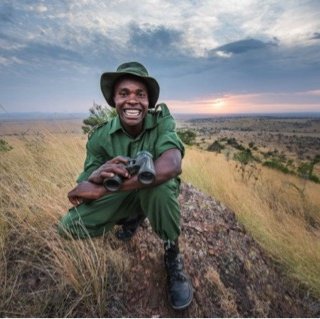
Fighting to reintroduce wildlife in Grumeti Reserv
Conservation of the Grumeti Reserves is the primary focus of the Sasakwa Lodge and the wider Singeta group. This is done through the Singeta Gurmeti Fund, which carries out all the conservation and community work on behalf of the group. Taking over the management of the Grumeti Reserves has been hugely successful, especially when it comes to restoring the environment to increase wildlife population.
Using the support of locals and tourists, Sasakwa managed to transform a piece of land previously dominated by illegal hunting, rampant wildfires and invasive vegetation into a 350,000 acres unique ecosystem. One way to achieve that was to offer locals a market for produce that is created or generated locally. This initiative has determined previous poachers to go into farming, and has therefore determined the local community to see the lodge as a positive partner rather than someone who is borrowing access to the resources they use.
Guests too are involved in the conservation project. One of the activities promoted by Sasakwa is visiting one of the 12 anti-poaching observation posts. The goal is to educate tourists on the scale and importance of the group’s anti-poaching work. Visitors get a chance to see how the Singita Grumeti Fund game scouts live and work, and are also presented with an infographic board showing the main areas of focus for the Singita Grumeti Fund, as well as specific facts and figures associated with the success of protecting this area.
Impressive numbers confirm the success of the lodge’s wildlife reintroduction initiative. Wildlife population has on average quadrupled, and the buffalo numbers have gone from under 600 to 6000. Most notably, the elephant population has increased by 422% since the change in management, and the lodge is now looking to introduce wild dogs to the area.
See more great sustainability projects in Tanzania
Communications
- Communications
- Sasakwa Lodge has complimentary internet in the library and there is broadband wireless in the suites, though you need your own laptop for this. The bedrooms also have internet phones which you can call internationally on free of charge.
- TV & radio
- There is DSTV in the children's playroom, and all of the suites have CD players.
Health & safety
- Malarial protection recommended
- Yes
- Medical care
- Sasakwa Lodge has a doctor on site, and links to the flying doctors in
- Dangerous animals
- High Risk
- Security measures
- Sasakwa Lodge has guards to escort guests around at night. There is a safe in the rooms for valuables.
- Fire safety
- There are fire extinguishers in the rooms and main areas and the staff are trained to use them.
Useful info
- Disabled access
- On Request
- Laundry facilities
- Laundry is included at Sasakwa Lodge, it is machine washed and tumble dried.
- Money
- Sasakwa Lodge can exchange pounds sterling, Euros, dollars and Tanzanian shillings
- Accepted payment on location
- You can pay for any extras in pounds sterling, Euros, dollars and Tanzania shillings cash. You can also pay in dollars travellers' cheques and with Mastercard, Visa, and Amex. There is no surcharge for this.
Plan and book your trip with Expert Africa
All of our trips are tailor-made, so we'll always adapt them to suit you. Talk to an Expert and let us plan and arrange your perfect trip.

Talk to an Expert
Call or email us now! We’ll match you with the Specialist in our team who is best suited to help you. Then together we can start planning your trip.

Set up your itinerary
Based on our experience and your ideas, your specialist will create a detailed, costed itinerary. We’ll refine it together, until we have a trip that you’re perfectly happy with.

Prepare for your trip
The same Specialist will make the seamless arrangements for your trip, send you detailed travel documents, and be available to answer any questions before you depart.

Travel with peace of mind
After you set off, you’ll be cared for by our partners in Africa, most of whom have worked with Expert Africa for decades. And if you ever need us urgently, we’re available 24/7.

When you return
We love to learn about your trip, and so will always be grateful if you’ve the time to give feedback to your Specialist when you return.
Sasakwa Lodge's location
Look closer at the environment and surroundings of Sasakwa Lodge.
Excursions from Sasakwa Lodge
Optional extra day-trips and excursions possible whilst you're staying at Sasakwa Lodge. Talk to us: these are usually best arranged before you go.
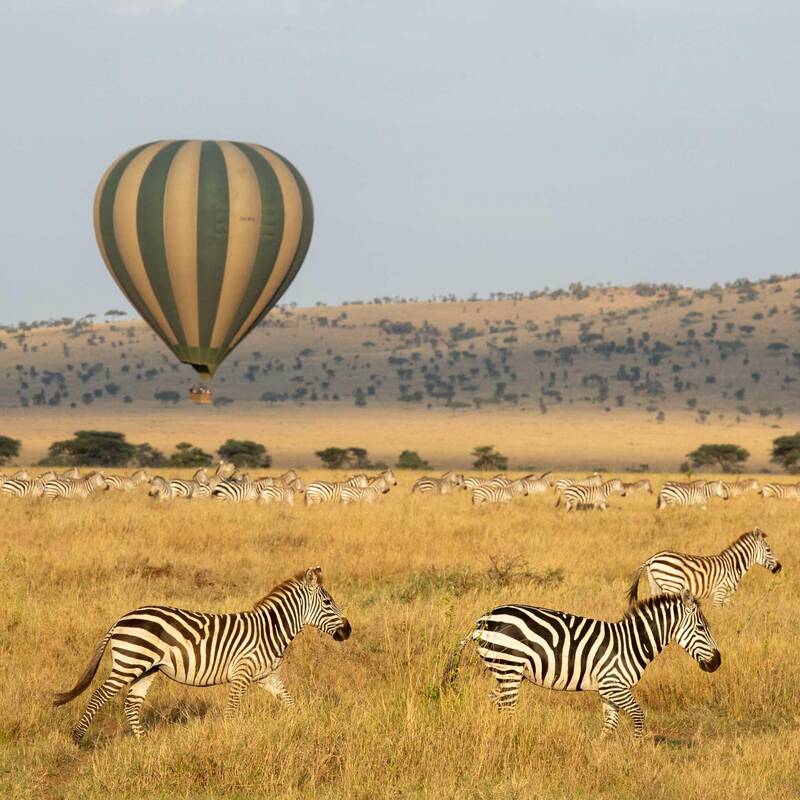
Balloon Safari over the Serengeti
Three hours - approx. one hour flight
As the sun rises over the Serengeti National Park in northern Tanzania, climb aboard for an extraordinary adventure. For an hour you’ll float in a hot air balloon over beautiful savannah and woodland and a diversity of plains wildlife.
More about Balloon SafariOther lodges in Serengeti Migration Area
Alternative places to stay in this same area.
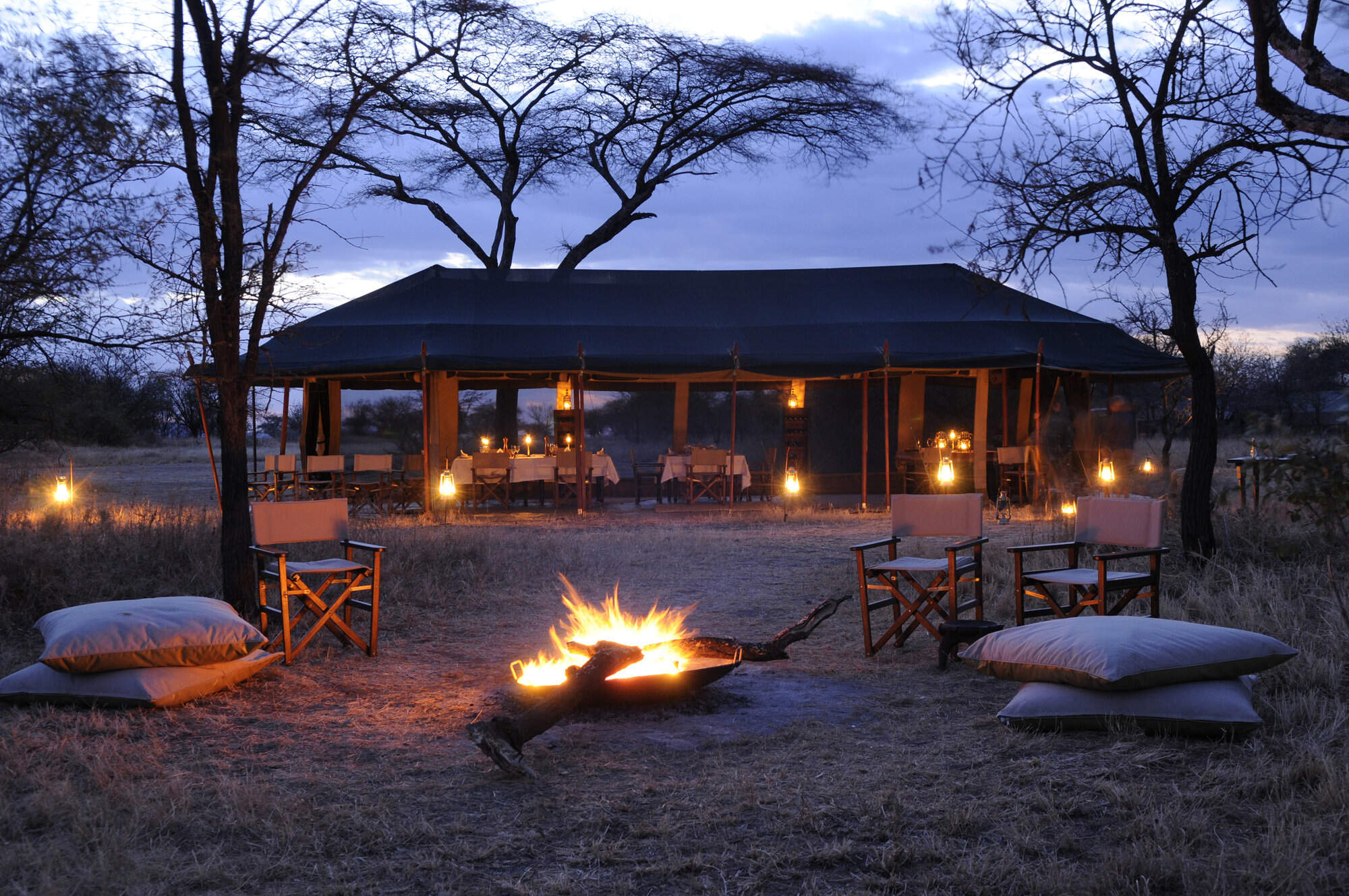
Olakira Camp
Comfortable, friendly and relaxed, Olakira Camp moves between the Mara River and the southern Ndutu area, in line with the wildebeest migration.
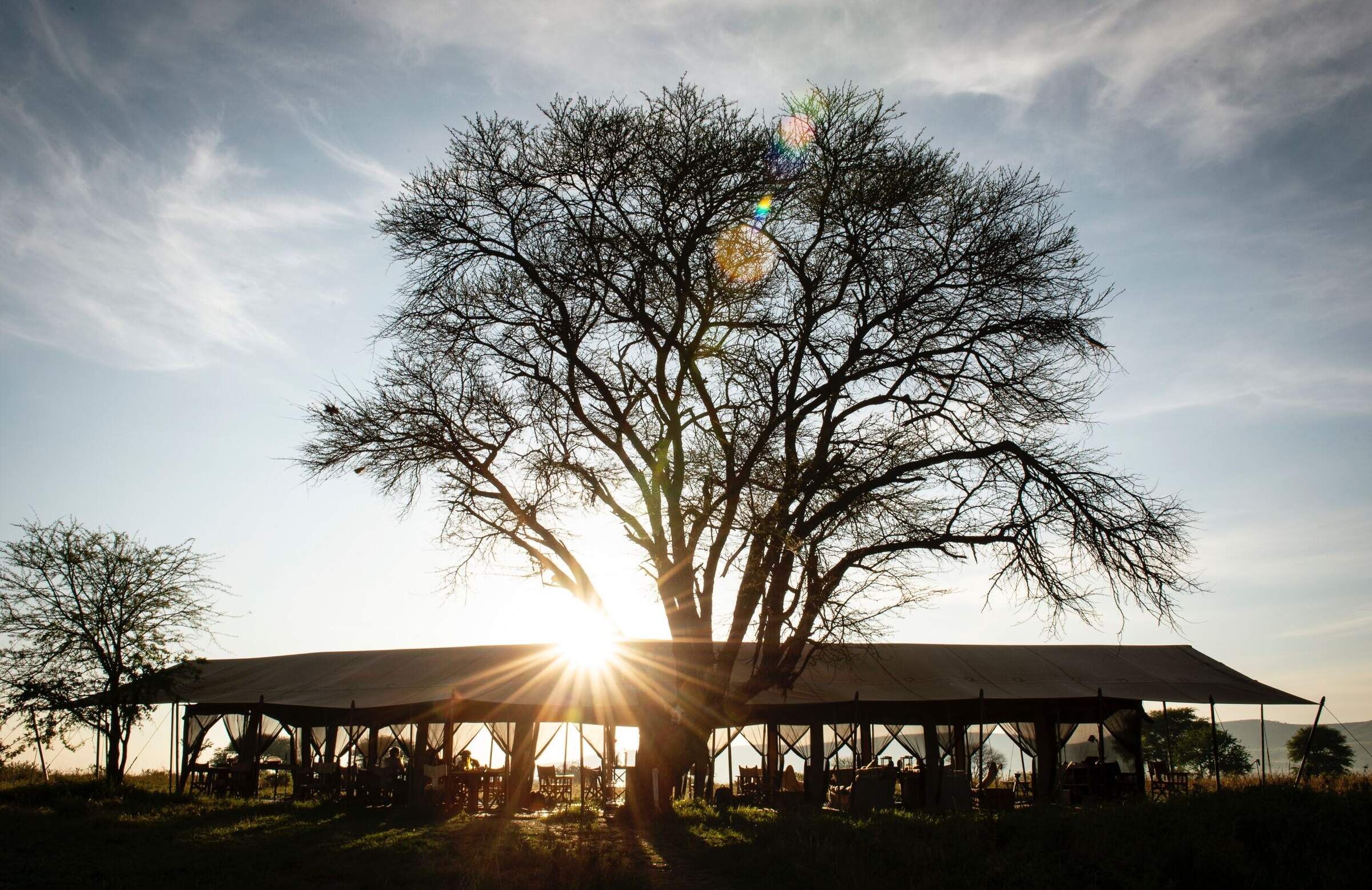
Nomad Serengeti Camp
Serengeti Safari Camp is a well-appointed tented camp that moves several times a year to follow the predicted path of the migration.
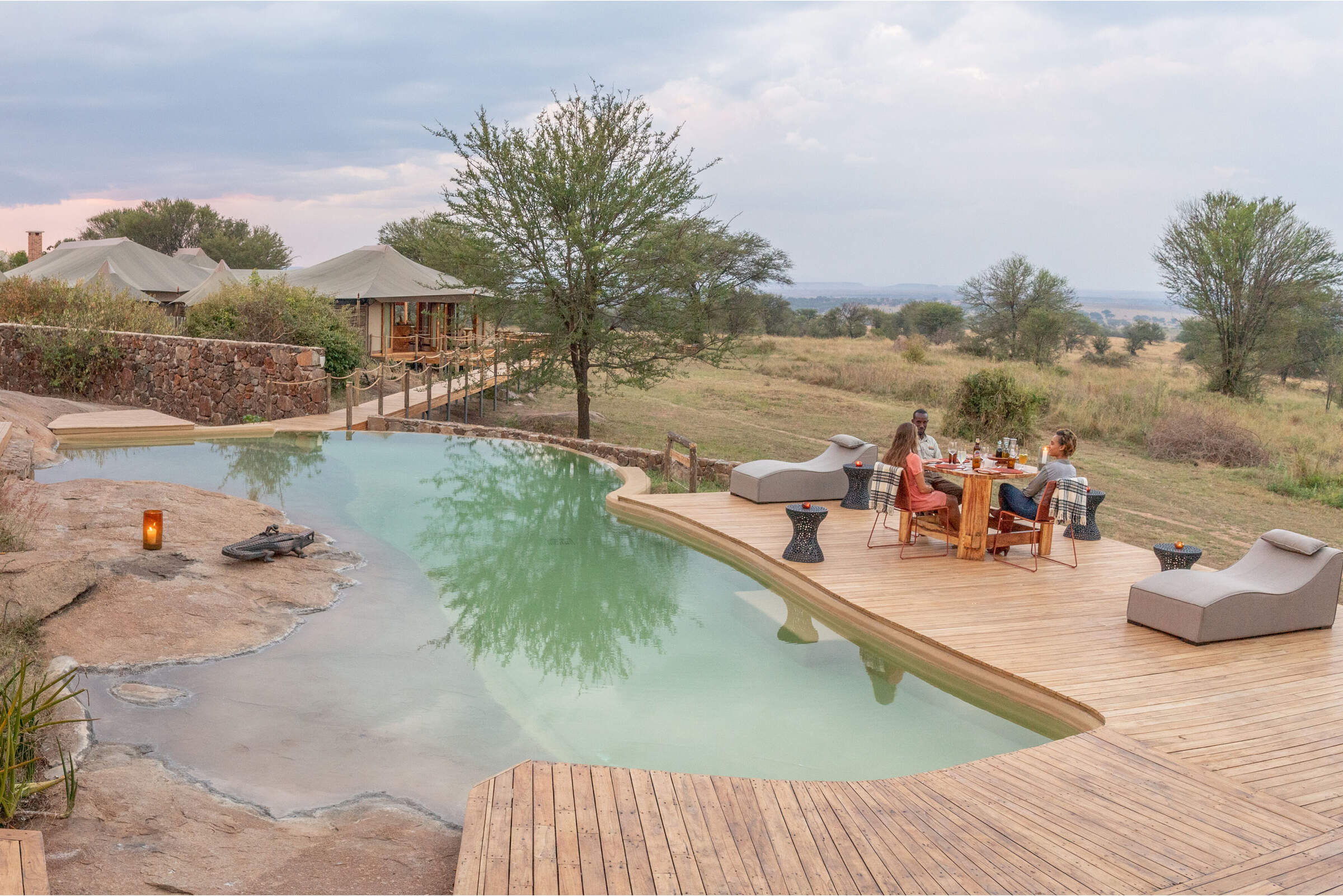
Sayari Camp
In the northern Serengeti, near the Mara River, luxurious Sayari Camp offers excellent wildife all year – boosted further by the wildebeest migration.
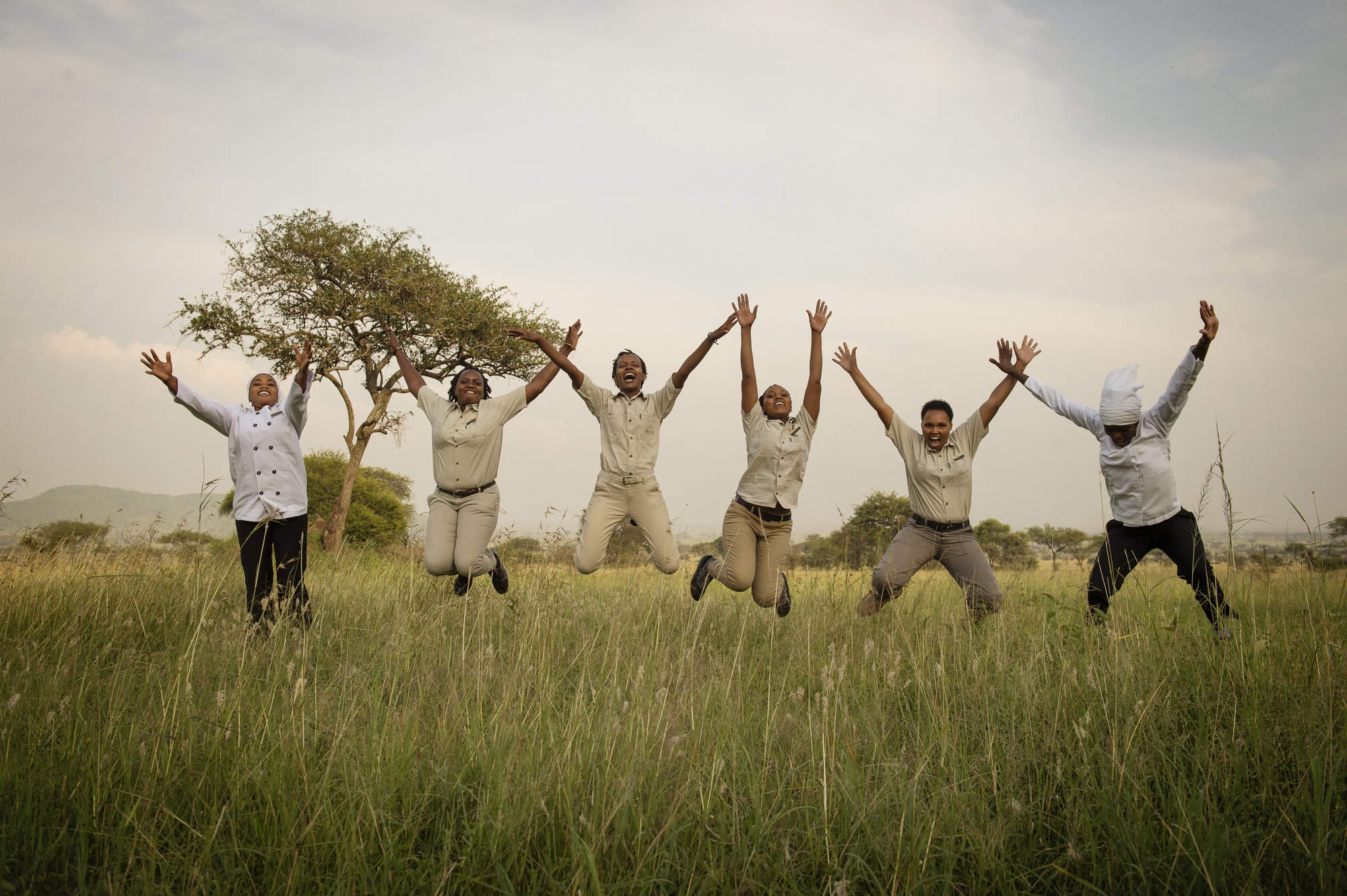
Dunia Camp
Dunia Camp is well located for the migration from December to March, and has excellent game viewing for the rest of the year.
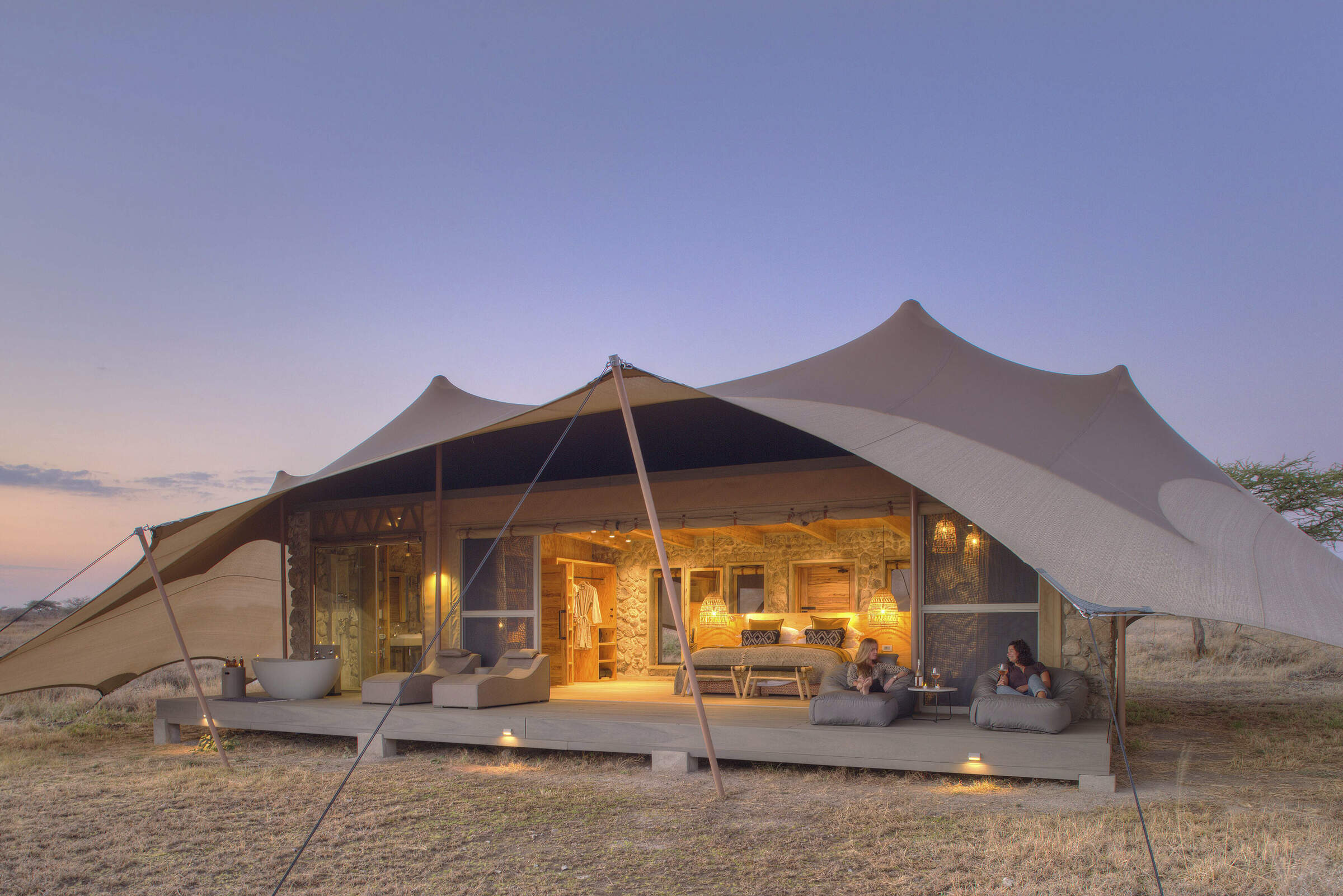
Namiri Plains Camp
Namiri Plains is one of the best camps in the Serengeti and its remoteness ensures a fantastic wildlife experience away from the crowds.
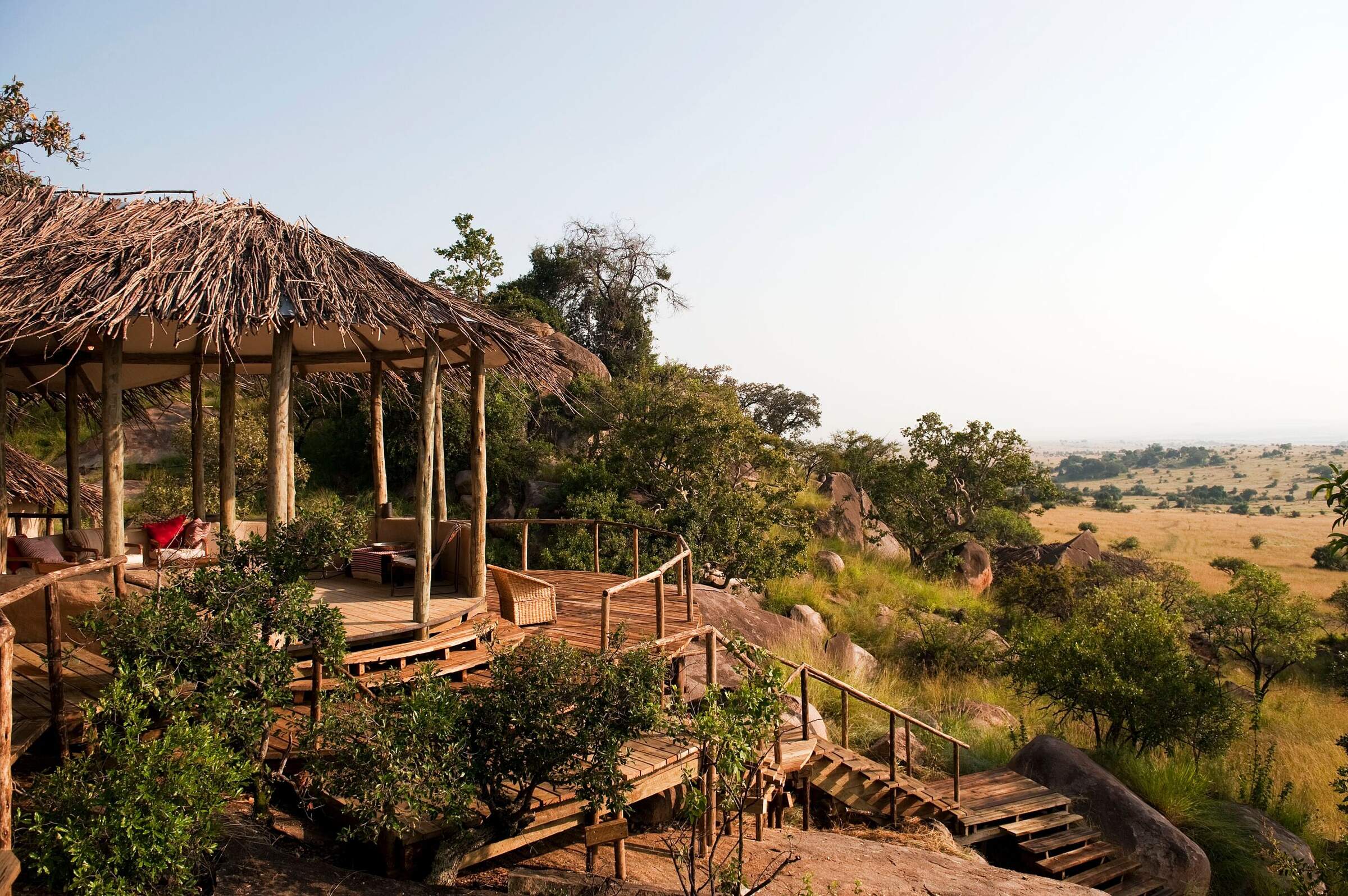
Lamai Serengeti
Set high in the kopjes with fantastic views, Lamai Serengeti offers top service and guiding and good migration sightings from Jul-Oct.
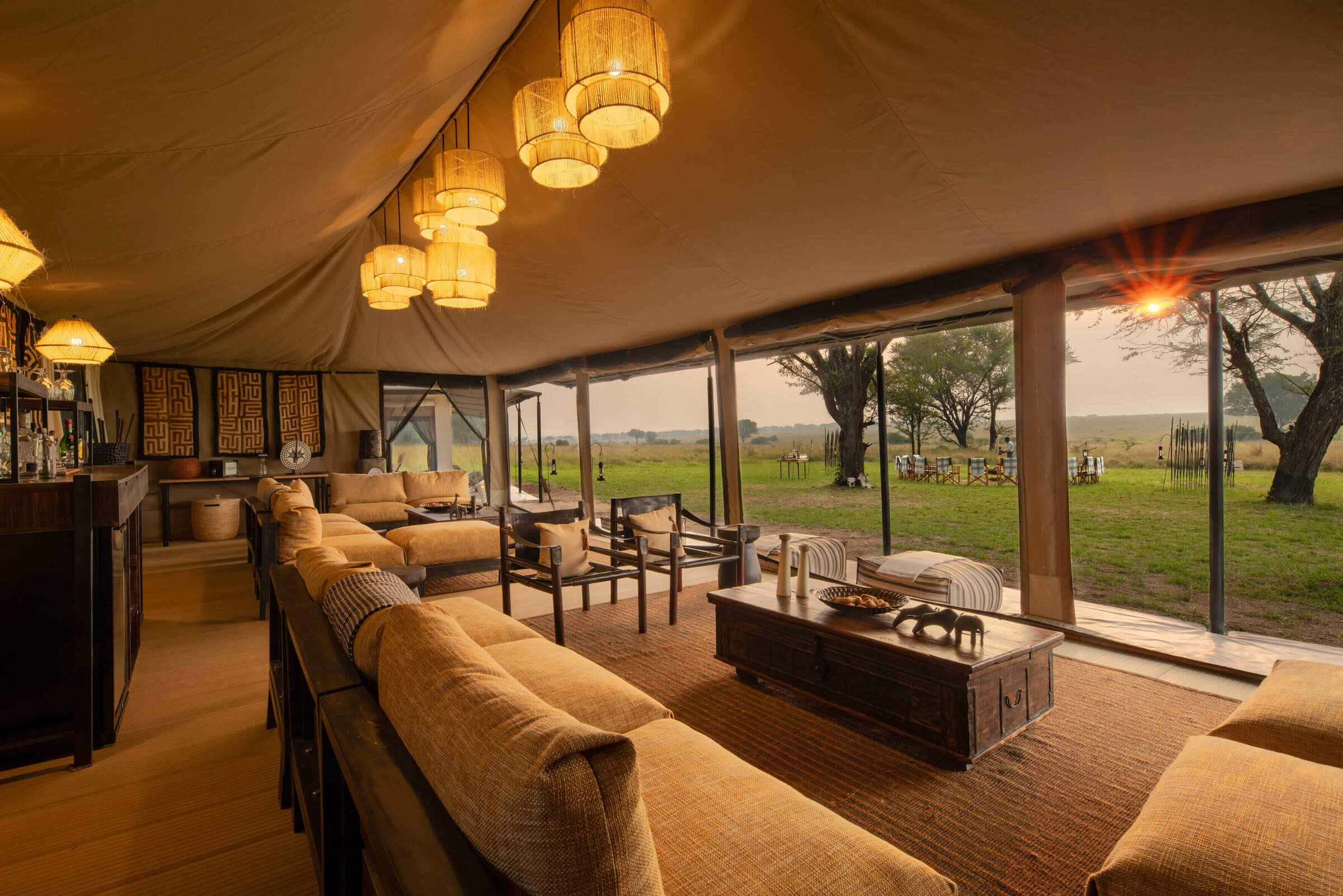
Ubuntu Camp
Ubuntu Camp has several locations in the Serengeti, following the wildebeest migration, so it is often in a great location to see the herds.
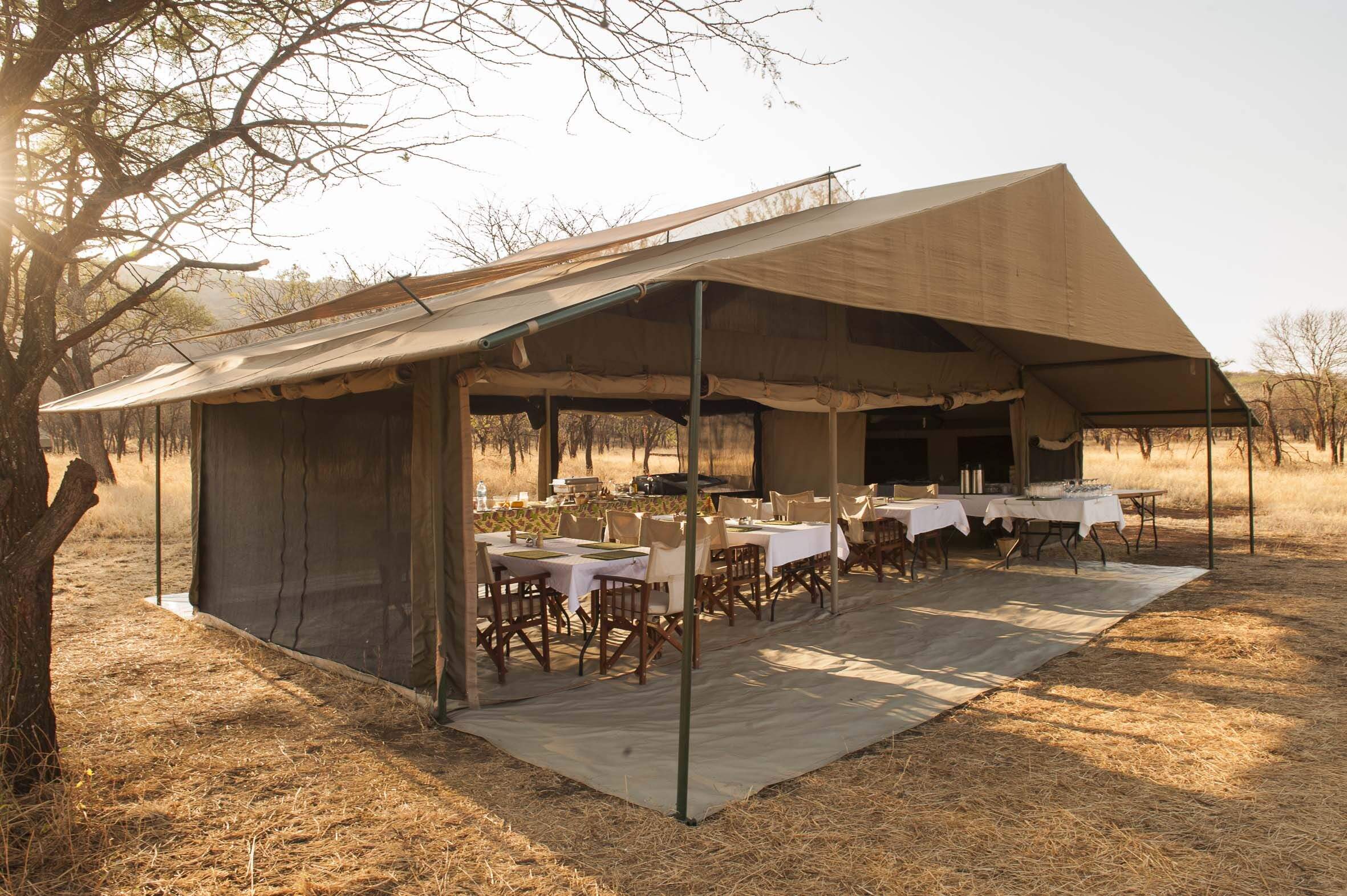
Kati Kati Camp
Kati Kati is a small, very simple bushcamp, which is well-positioned to explore the wildlife-rich Seronera area.
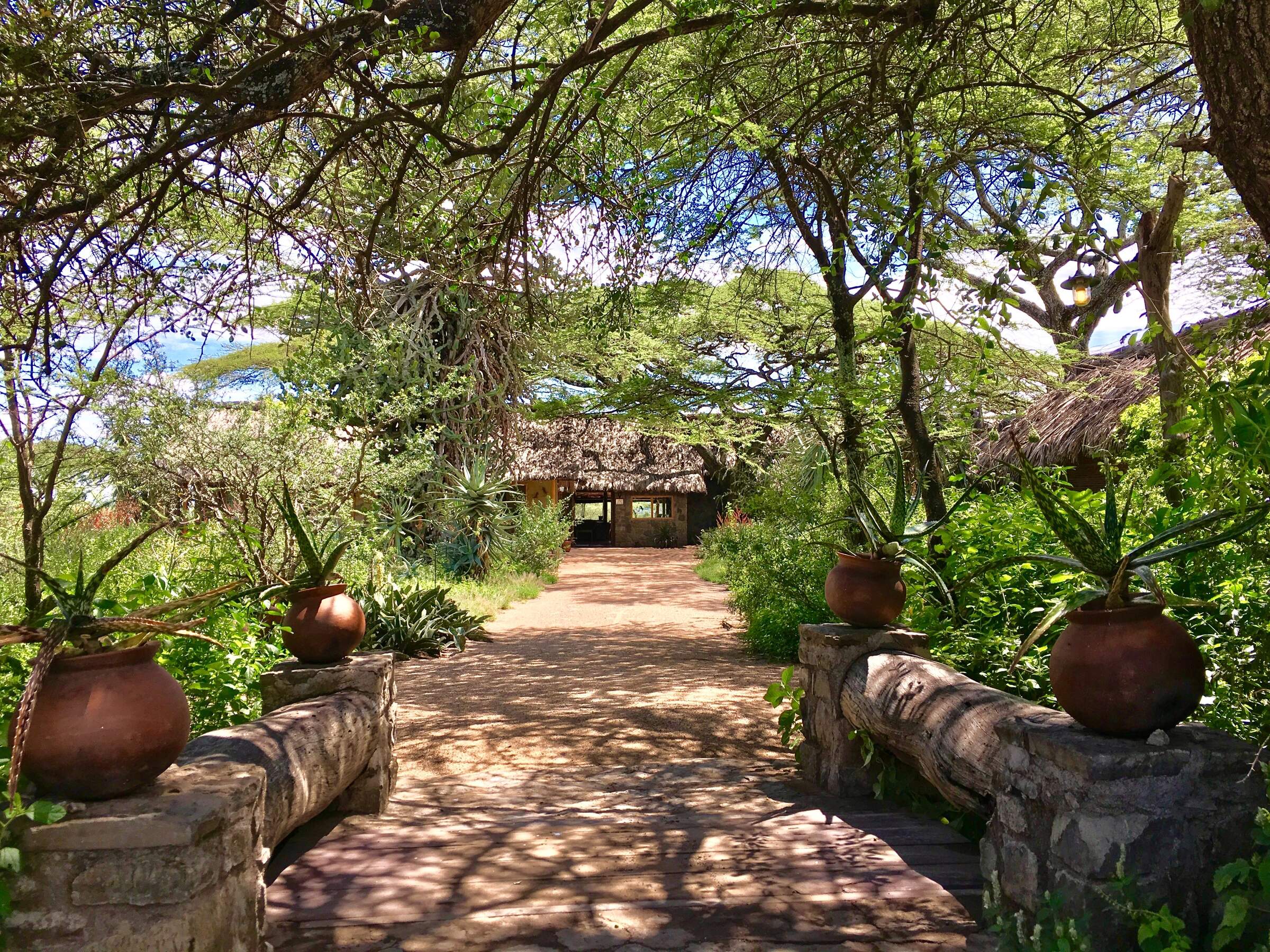
Ndutu Safari Lodge
Large and economical, but not luxurious, Ndutu Safari Lodge is well located in the southern Serengeti, so book early to get space.
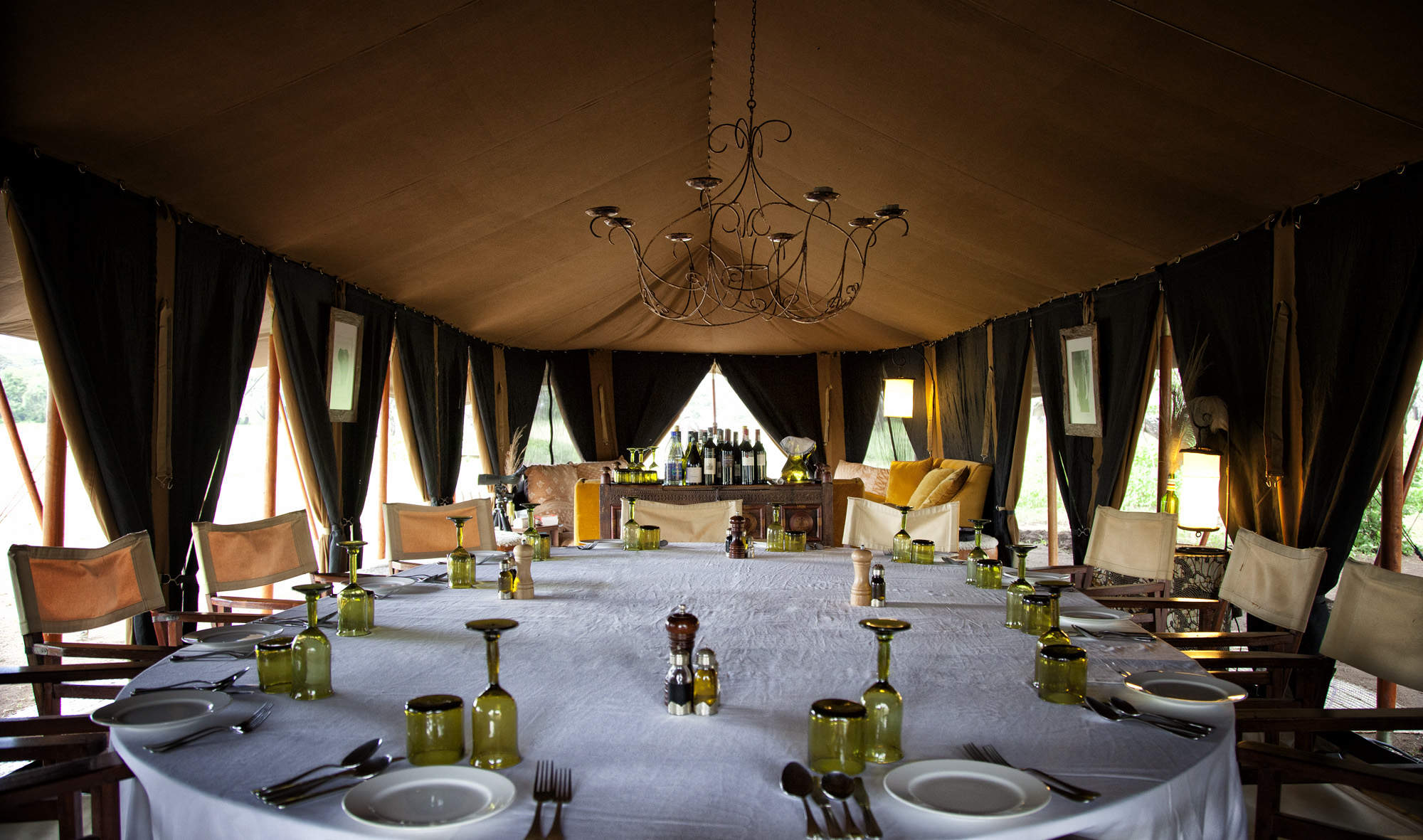
Serian Serengeti
Serian Serengeti is a mobile tented operation run by Alex Walker which moves between two locations following the wildebeest migration.
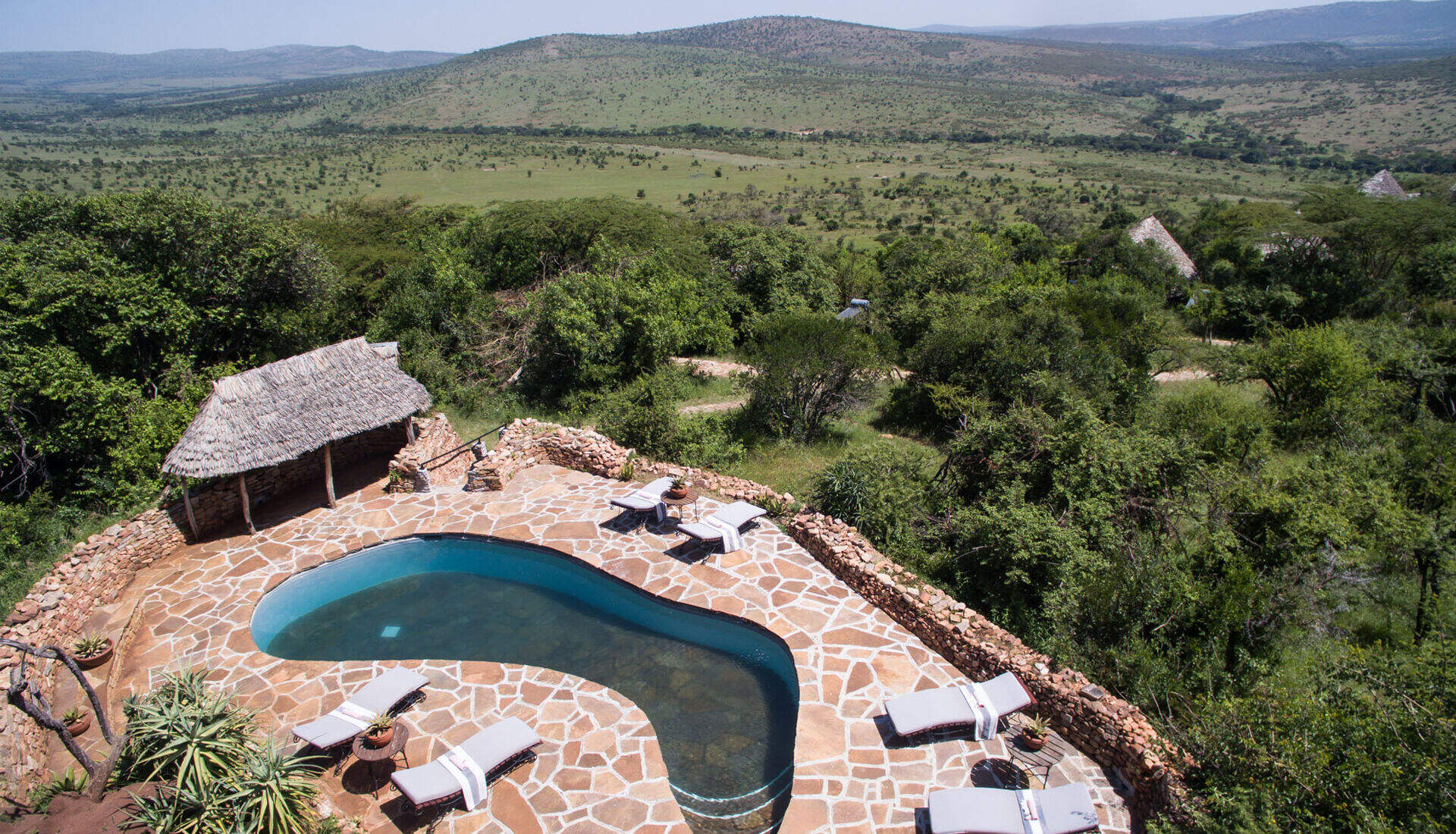
Klein's Camp
Klein's Camp, in a private area of the northern Serengeti, sets high standards. Activities include walks, nights drives and Maasai village visits.
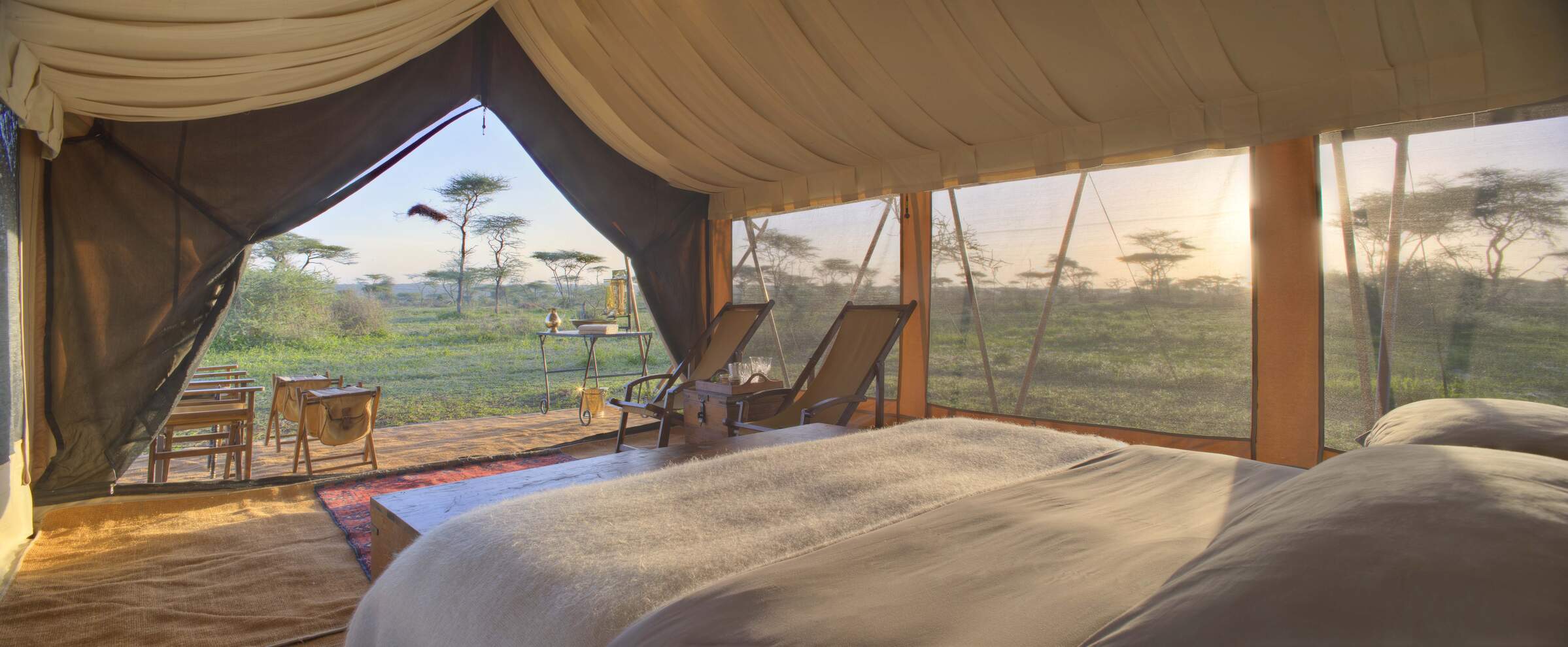
Serengeti under Canvas
Two of the three Serengeti under Canvas camps move through the Serengeti National Park every few months to follow the wildebeest migration.
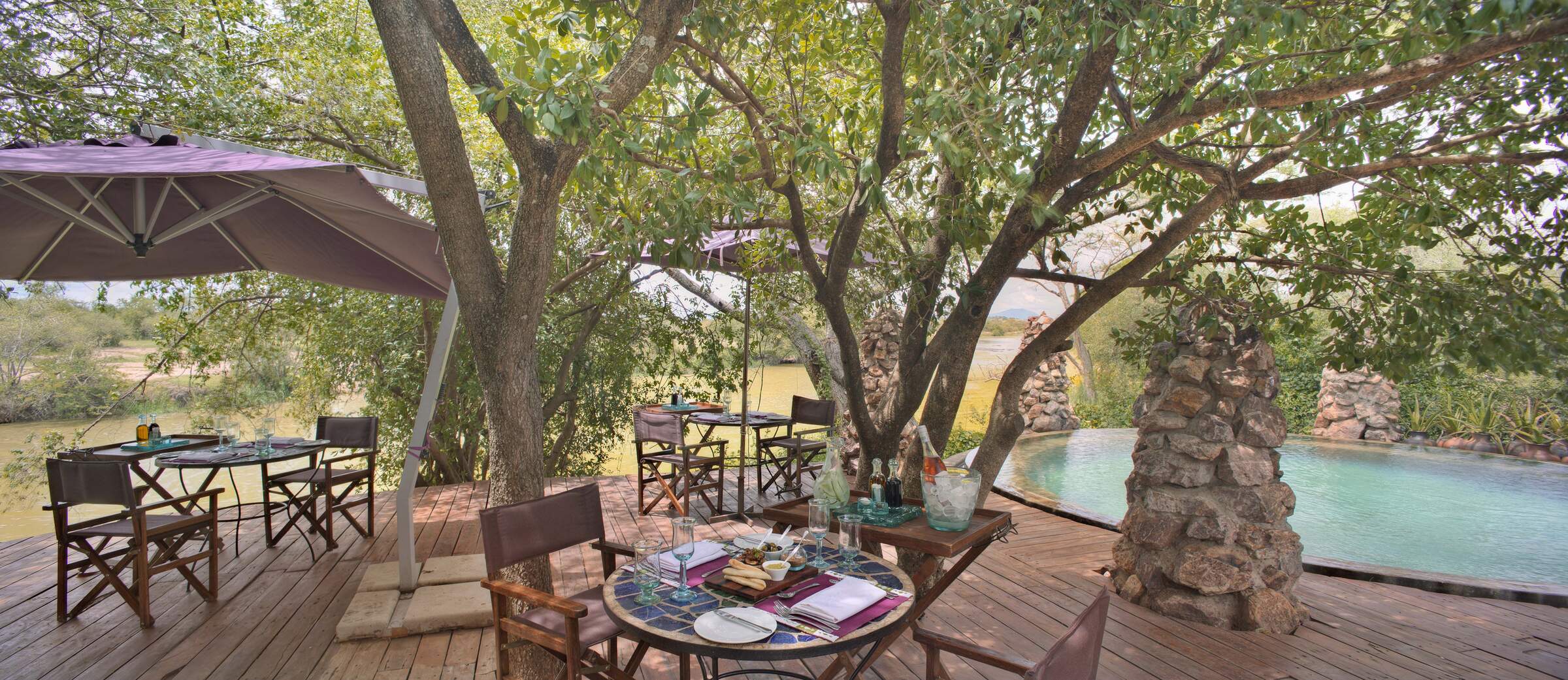
Grumeti River Camp
Grumeti River Camp offers a laid-back atmosphere combined with top service, first-rate food, expert guiding and an excellent location.
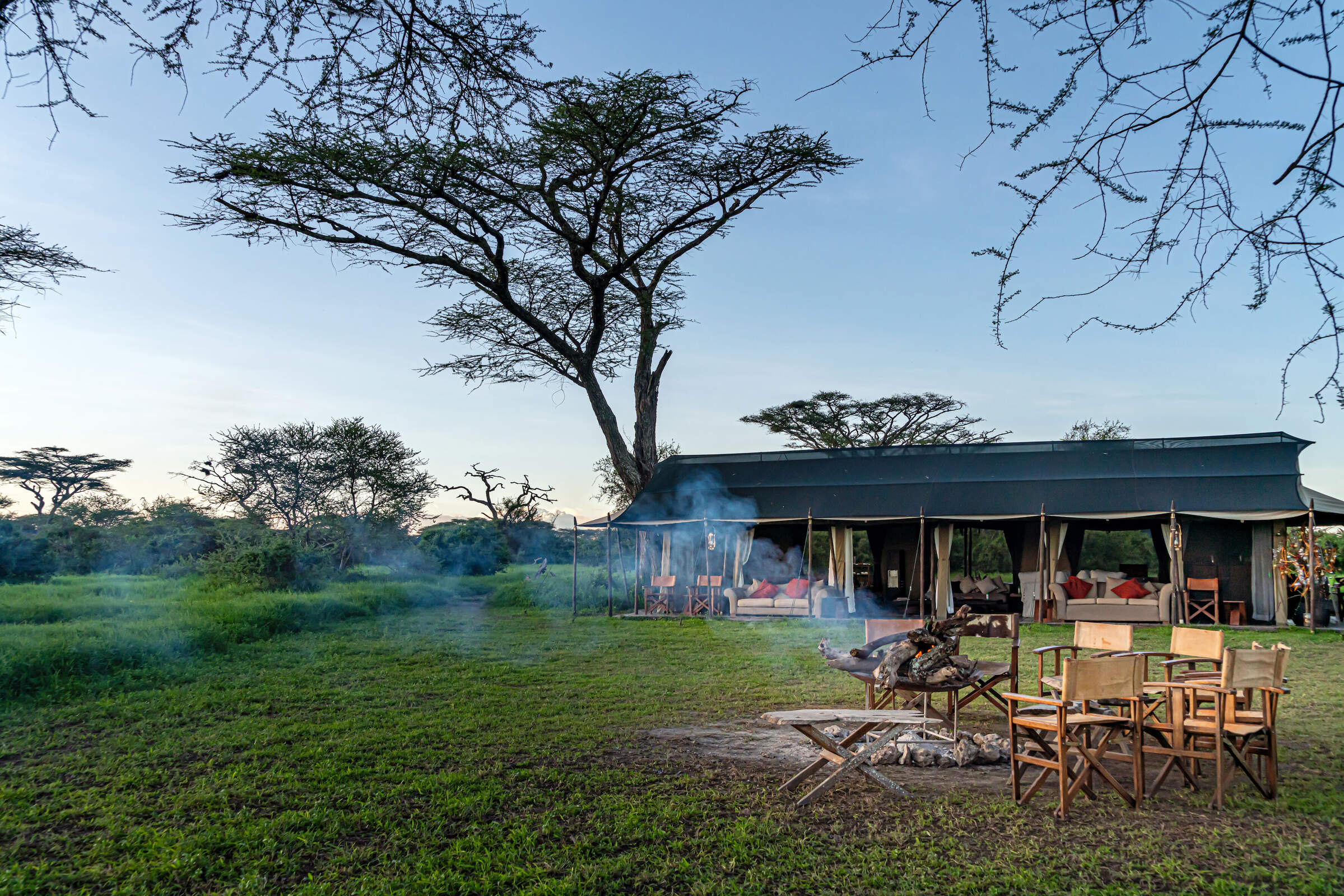
Lemala Mara-Ndutu
Lemala Mara-Ndutu is a semi-permanent camp that moves between the north and south of the Serengeti to witness the wildebeest migration.
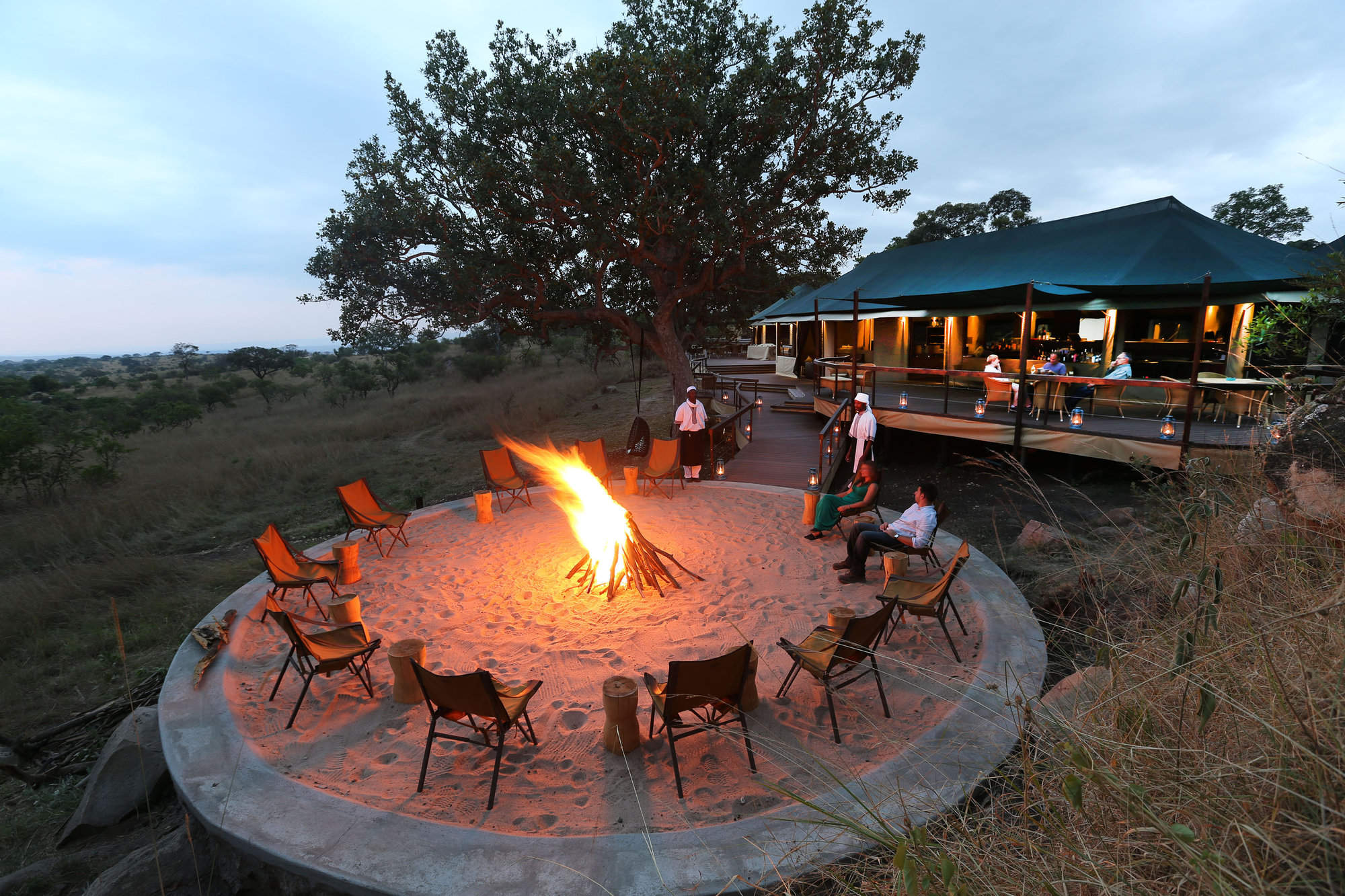
Lemala Kuria Hills
Lemala Kuria Hills is a luxury permanent camp that is ideally located for wildlife all year around, but especially during the wildebeest migration.
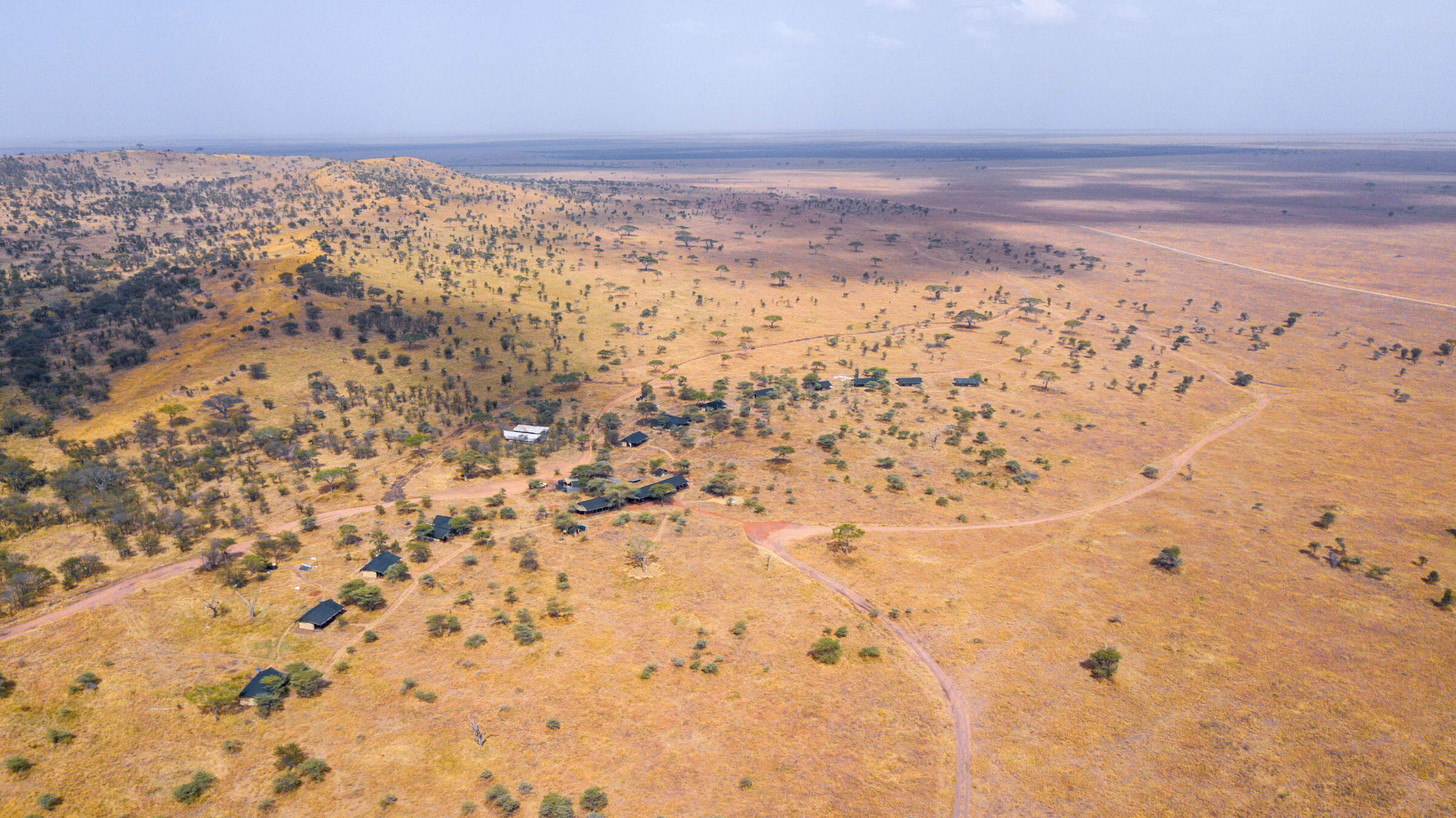
Lemala Ewanjan
Lemala Ewanjan is a comfortable and stylish tented camp in the Seronera area of the central Serengeti National Park.
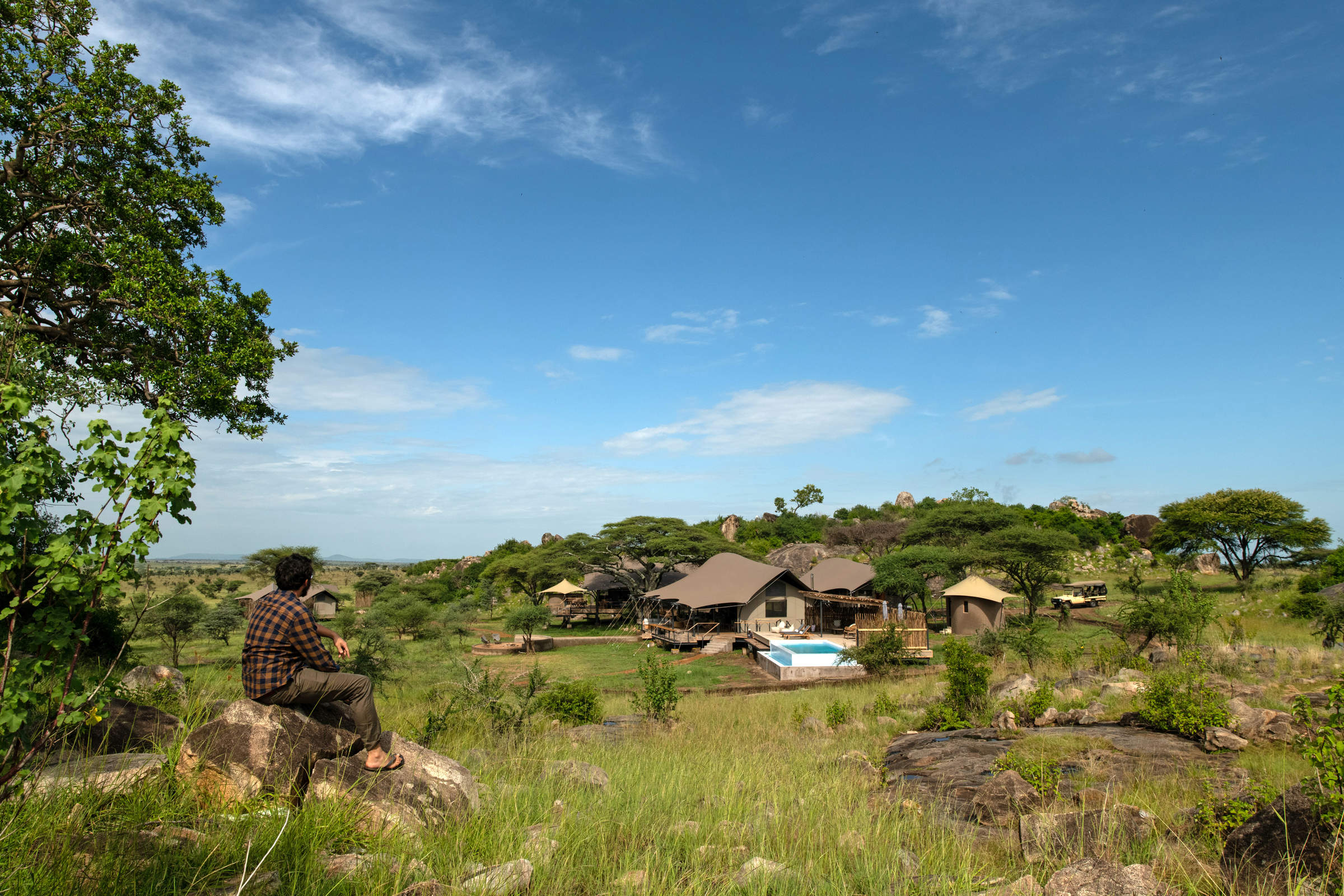
Lemala Nanyukie
Lemala Nanyukie is a stylish camp located in the quieter part of the central Serengeti.
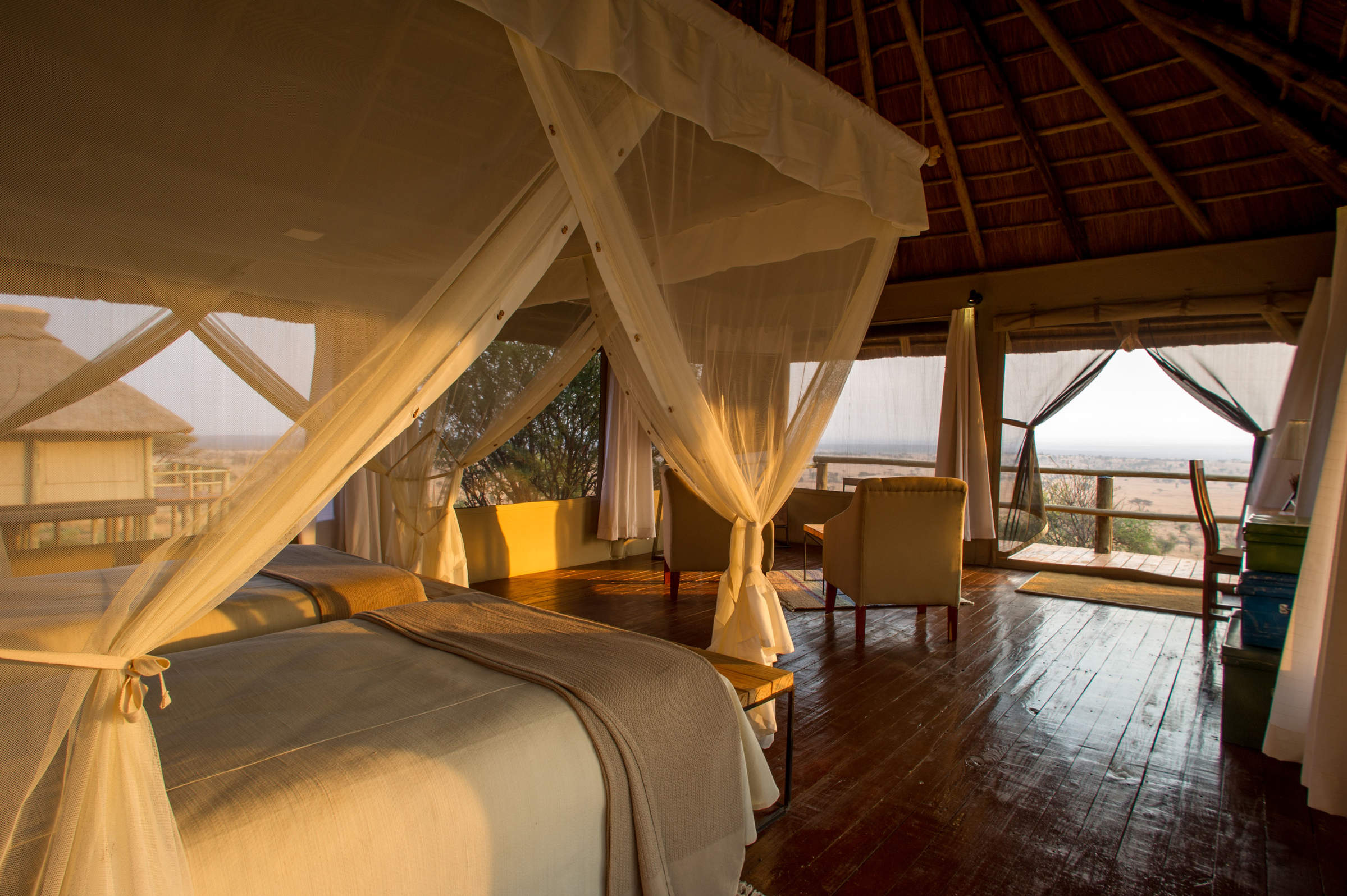
Kubu Kubu
Kubu Kubu is a contemporary, tented lodge, well located in the central Seronera area of the Serengeti National Park.
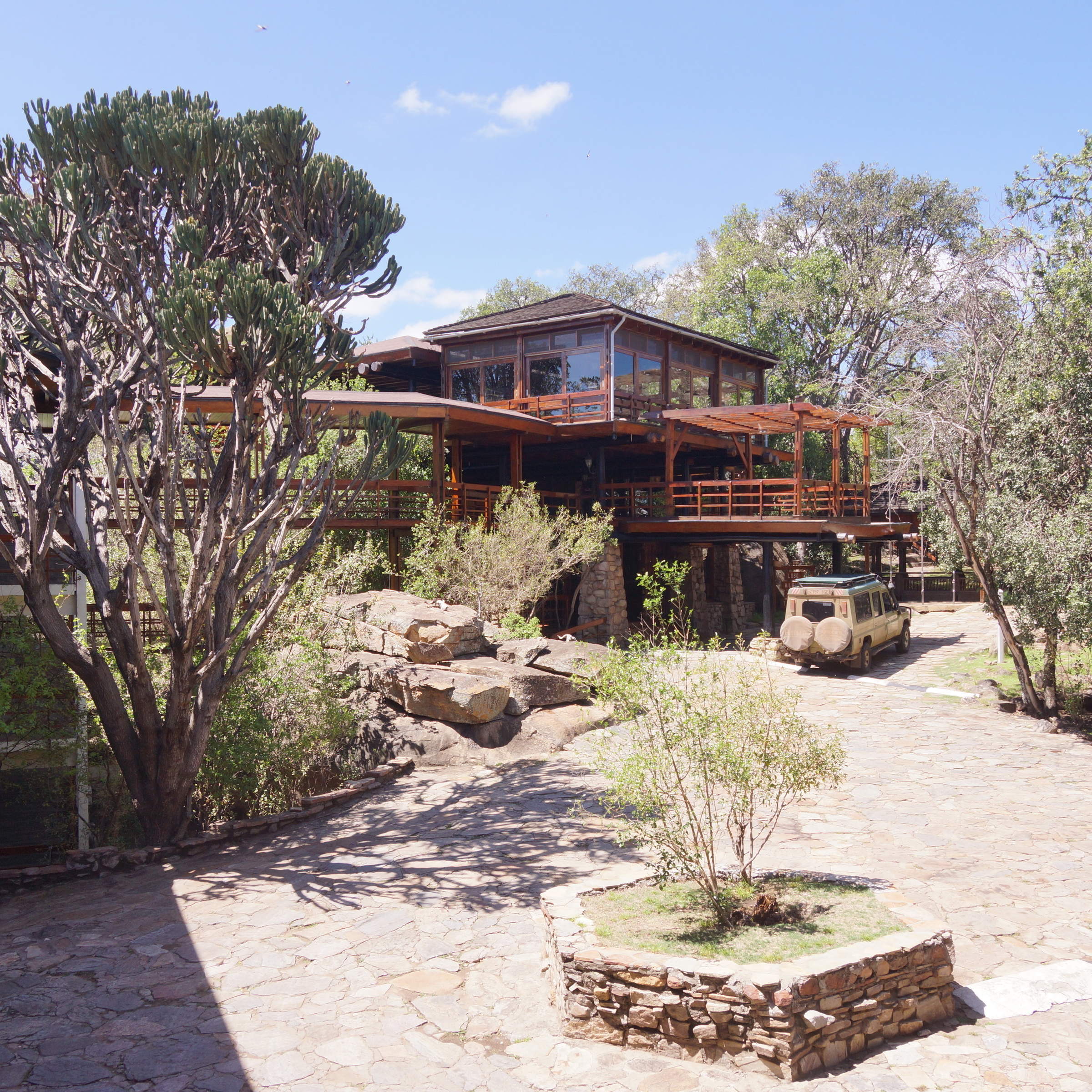
Lobo Wildlife Lodge
The large Lobo Wildlife Lodge has simple, functional rooms in a stunning location. It's a good base for exploring the north-eastern Serengeti.
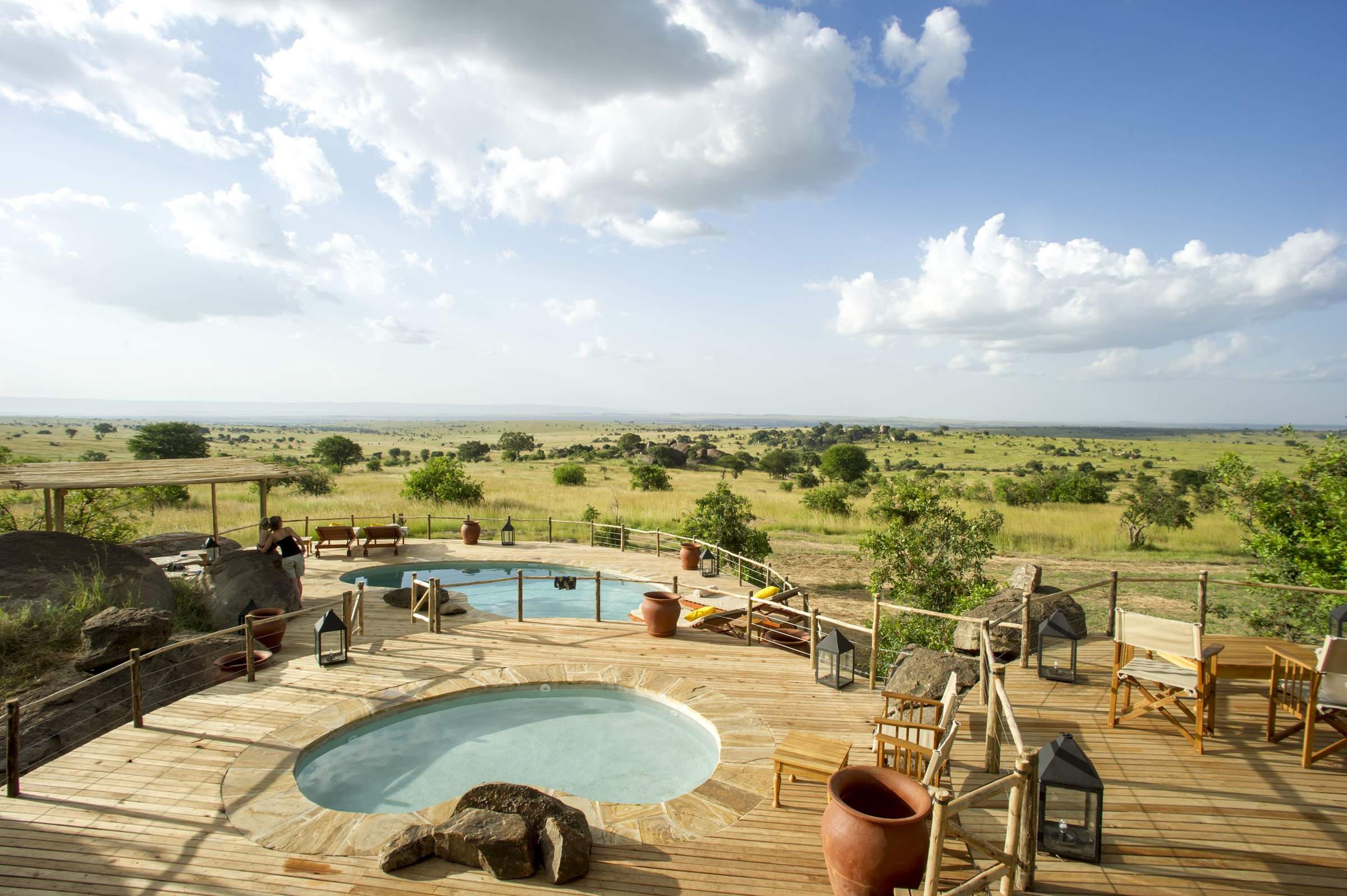
Mkombe's House Lamai
Mkombe's House Lamai is a fully staffed private house in the Wogakuria Kopjes district of Serengeti National Park.
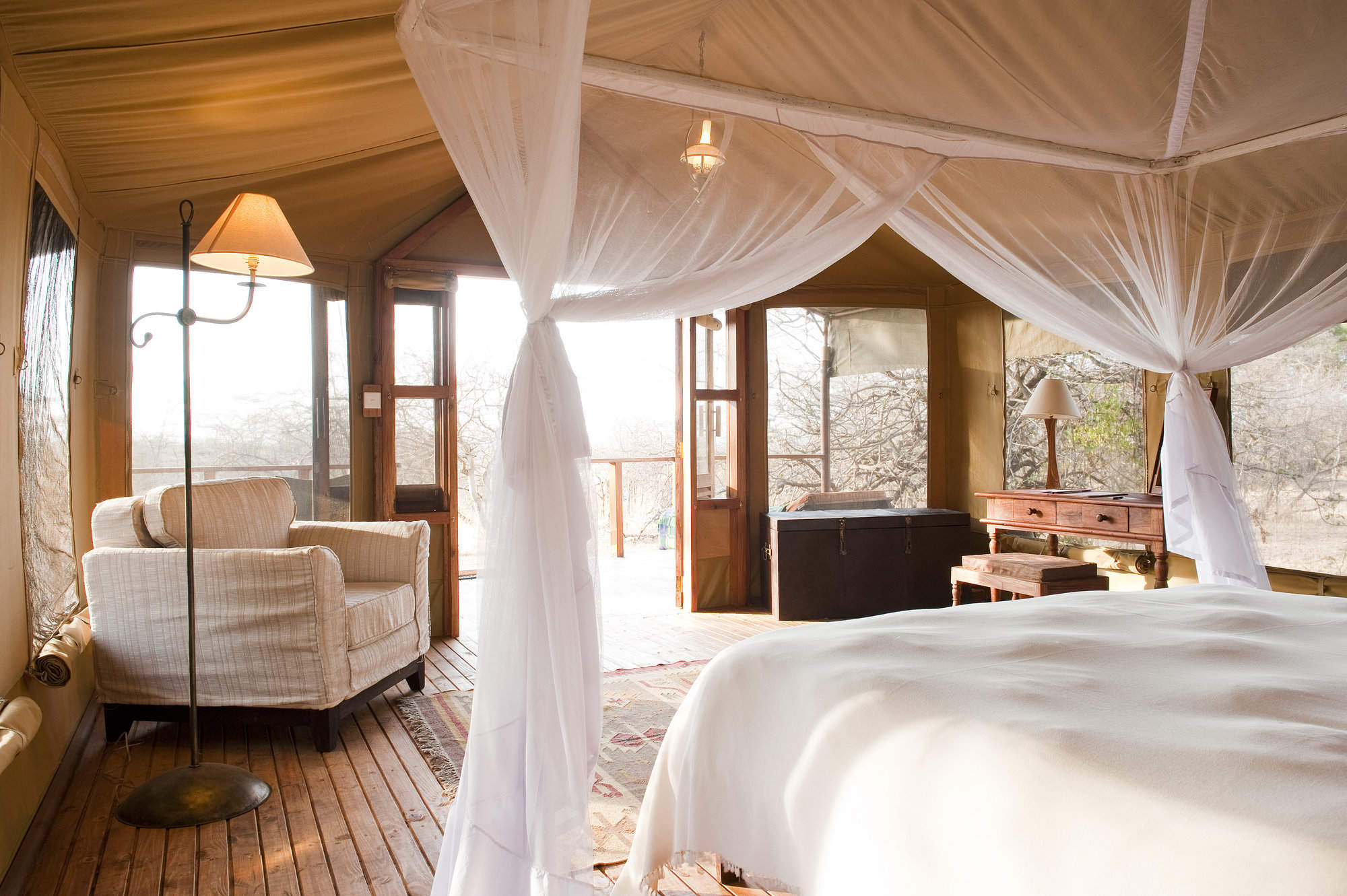
Kusini Camp
Kusini Camp is permanent, luxury camp located on a beautiful kopje in a quiet, wildlife-rich corner of the south-west Serengeti.
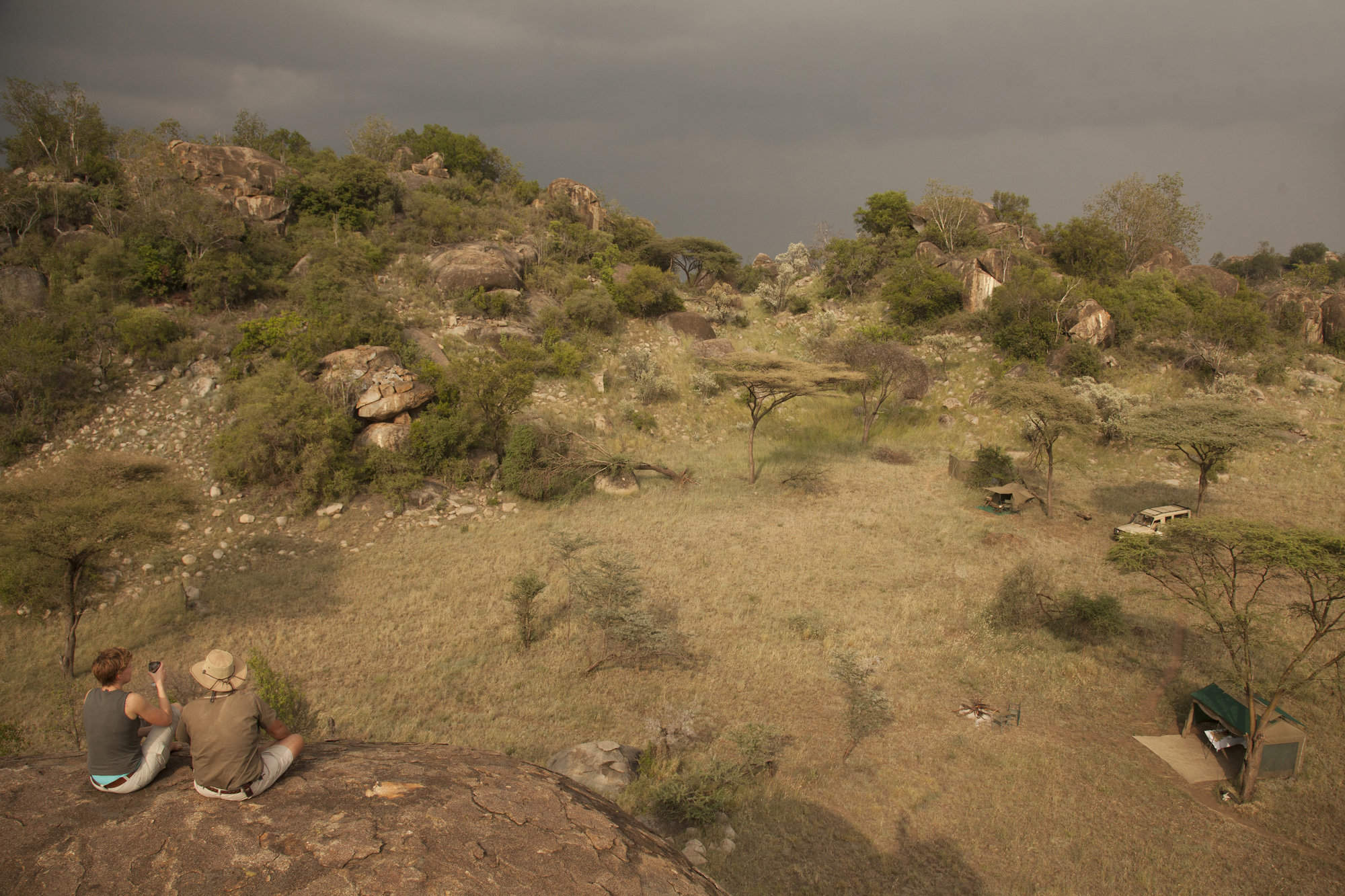
Serengeti Walking Mobile
This fairly simple camp offers only walking activities, but it's very well done and combines well with more conventional camps or lodges.
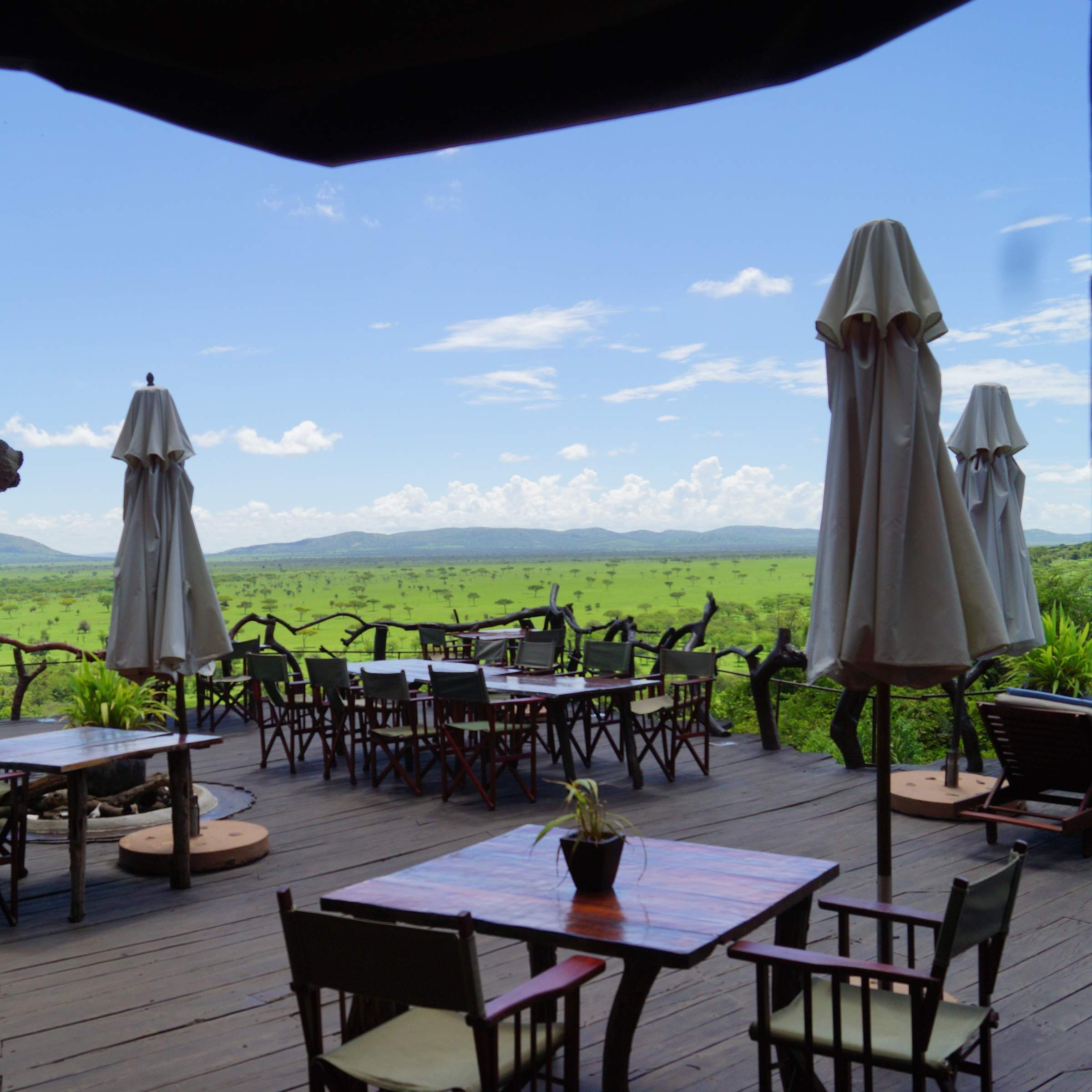
Mbalageti Lodge
Mbalageti is a well-run lodge in a quiet part of the Serengeti's western corridor – an ideal location during the Apr-Jun migration.
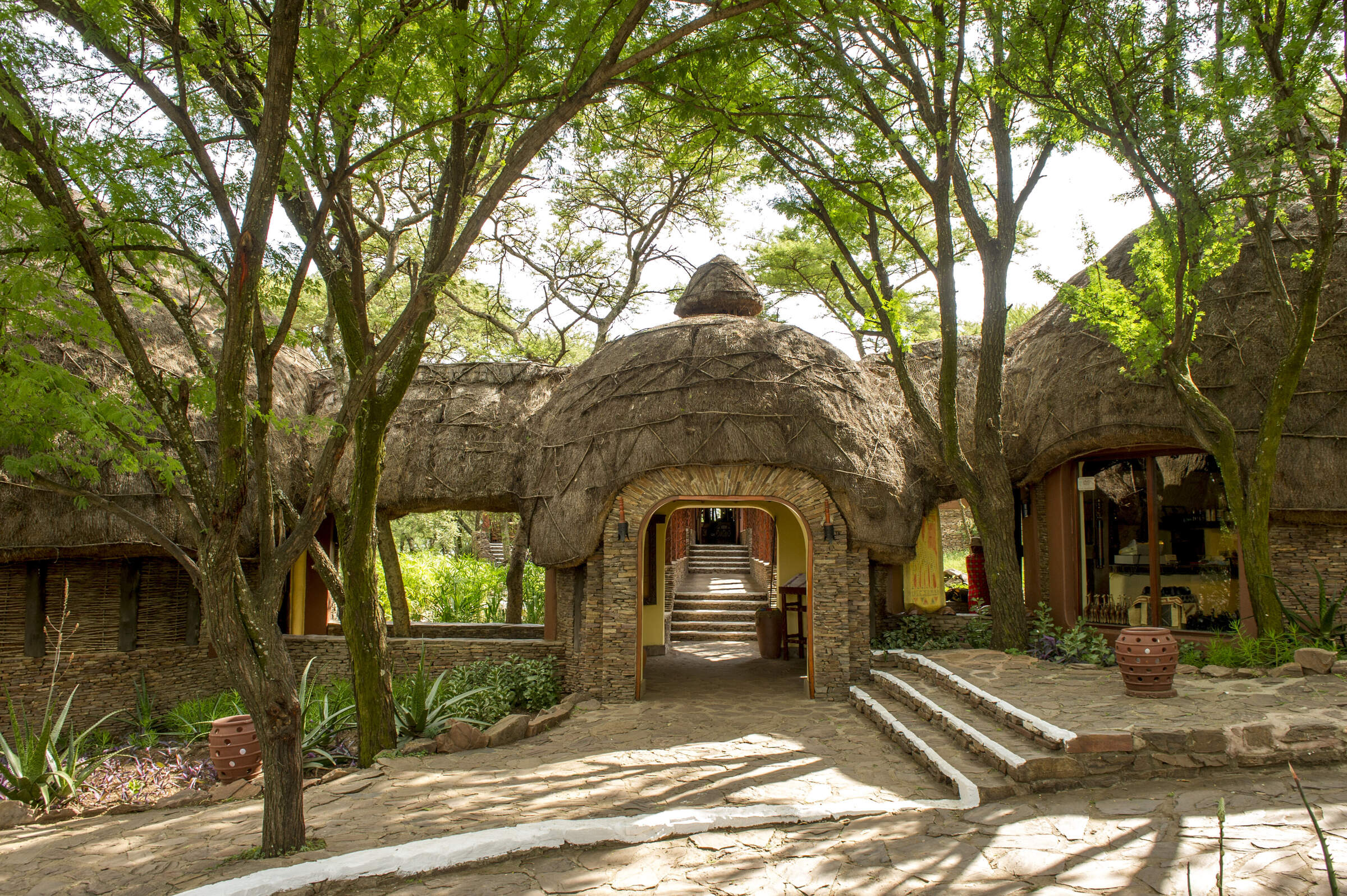
Serengeti Serena
The Serengeti Serena Safari Lodge is a large, hotel-style lodge and a good family-friendly base from which to explore the central Serengeti.
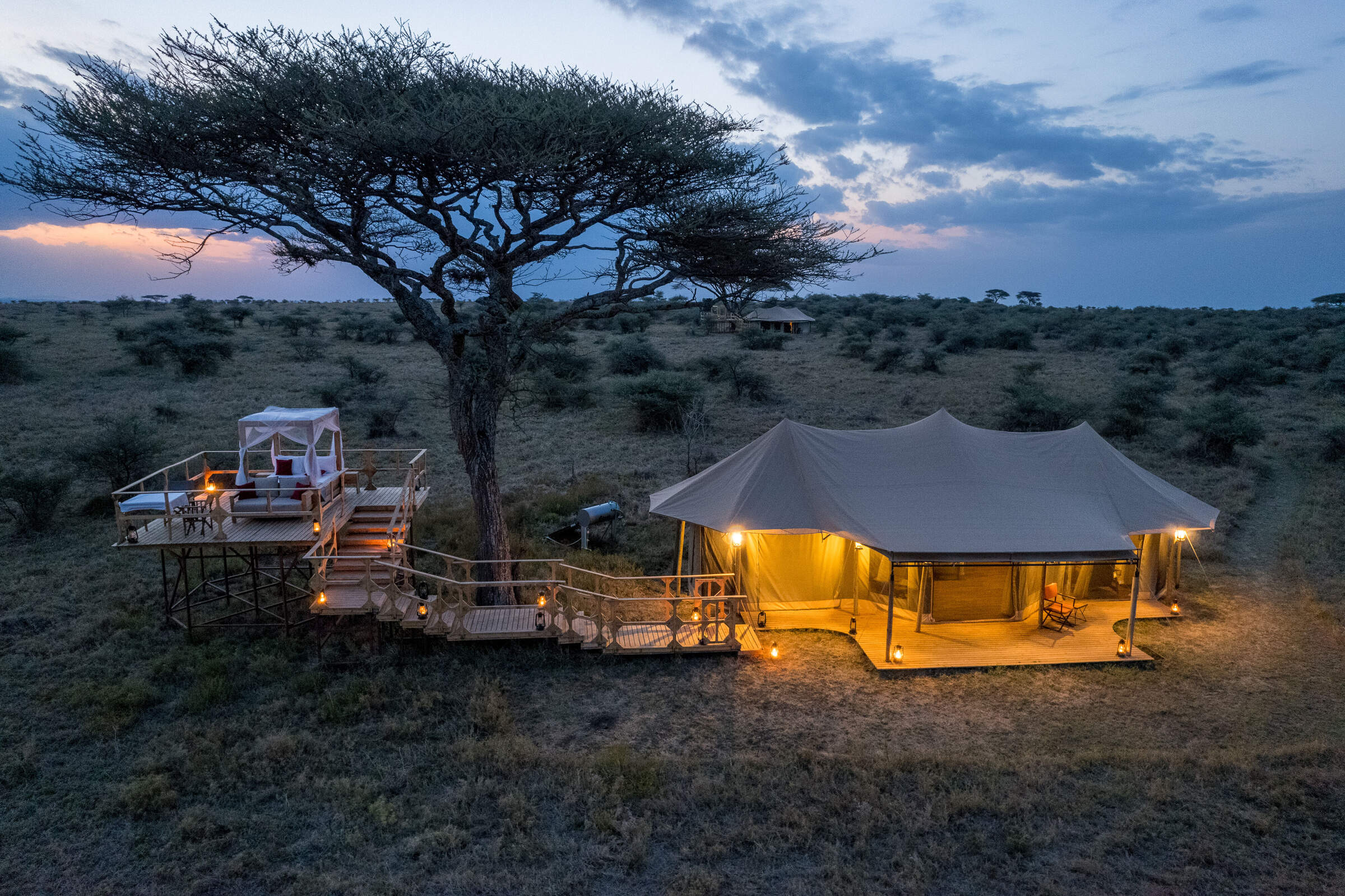
Olmara Camp
With just eight guest tents, including two family tents and three signature stargazer tents, Olmara is a simple, family-friendly camp with a wonderfully attentive team. The camp captures an authentic bush experience, welcoming travellers of every kind.
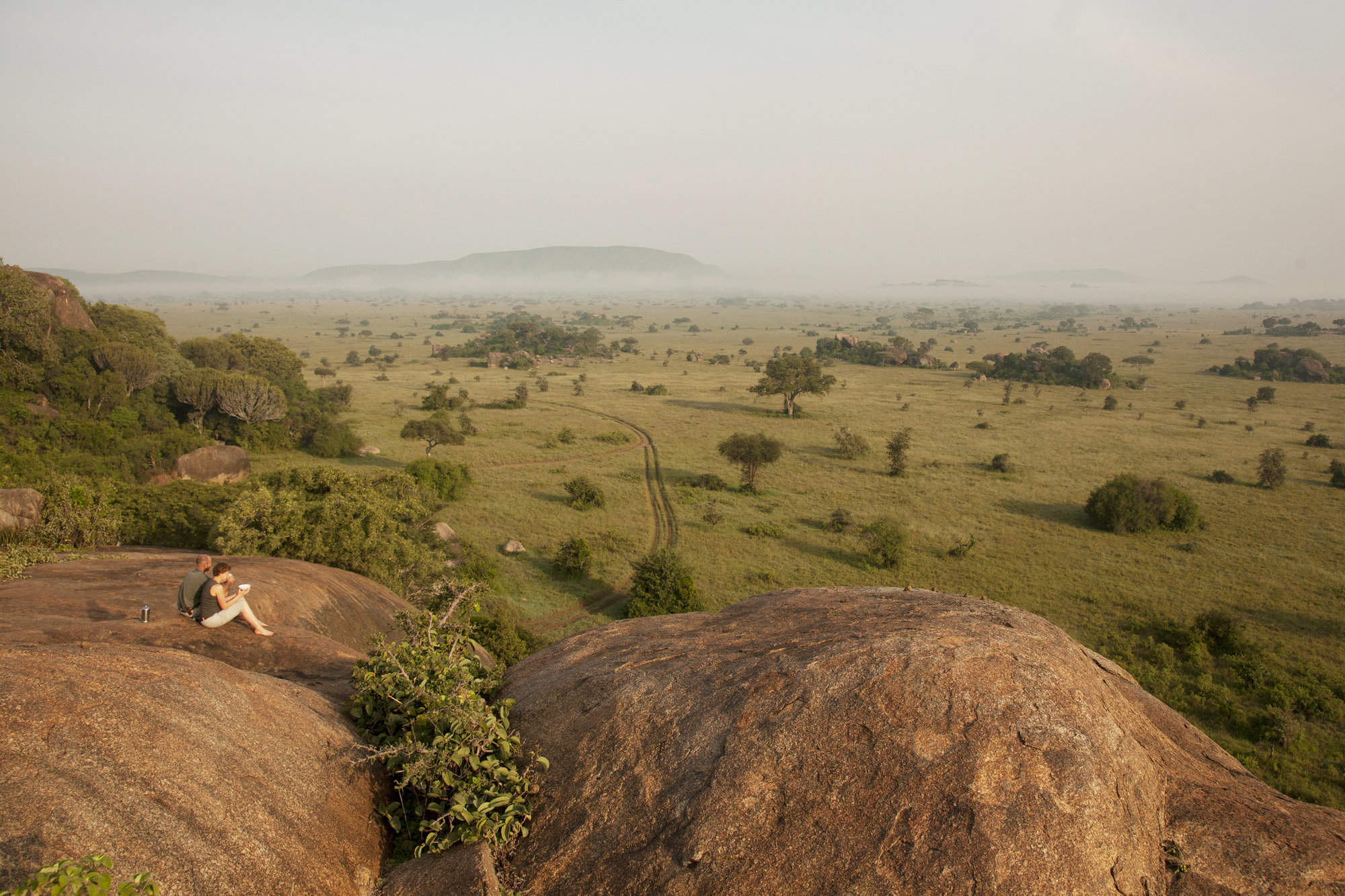
Serengeti Green Camp
Serengeti Green Camp is a comfortable camping experience, in your own private safari camp and at the heart of a great wildlife area.
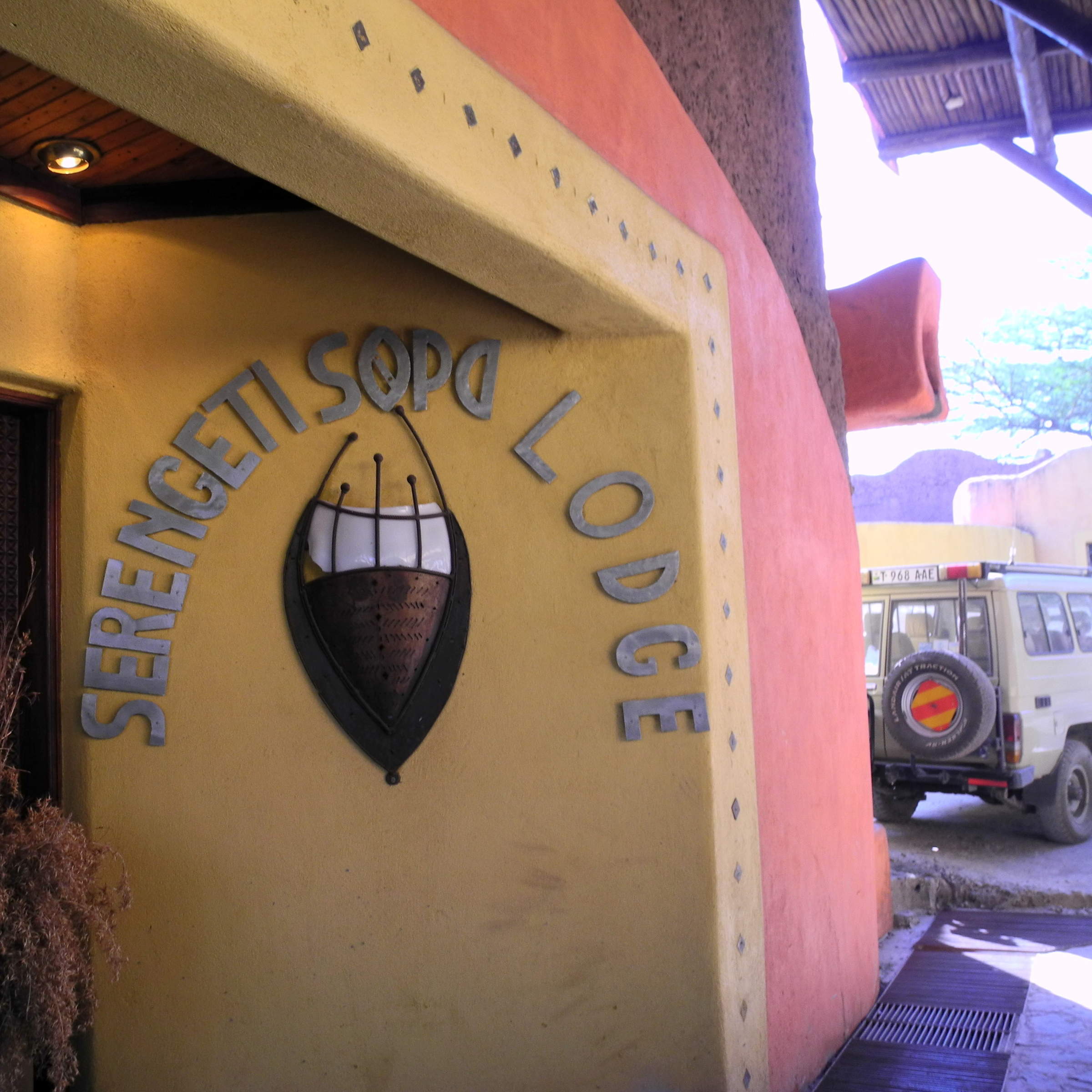
Serengeti Sopa Lodge
Serengeti Sopa Lodge is an international-style hotel offering good-value accommodation in the central Serengeti, with lovely views of the plains.
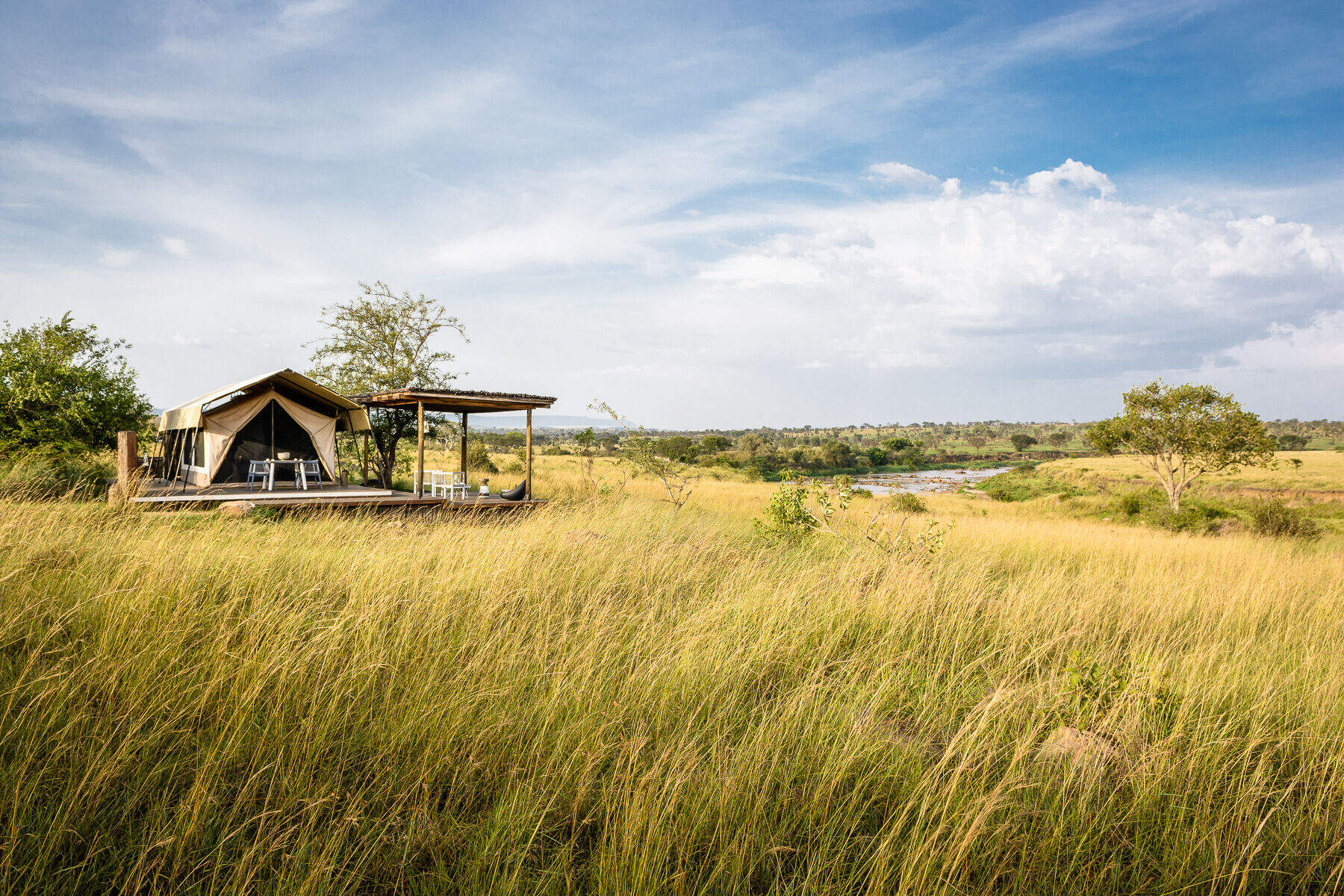
Singita Mara River
Singita Mara River Tented Camp is a luxurious camp in the isolated and rewarding Lamai wedge region of the northern Serengeti.
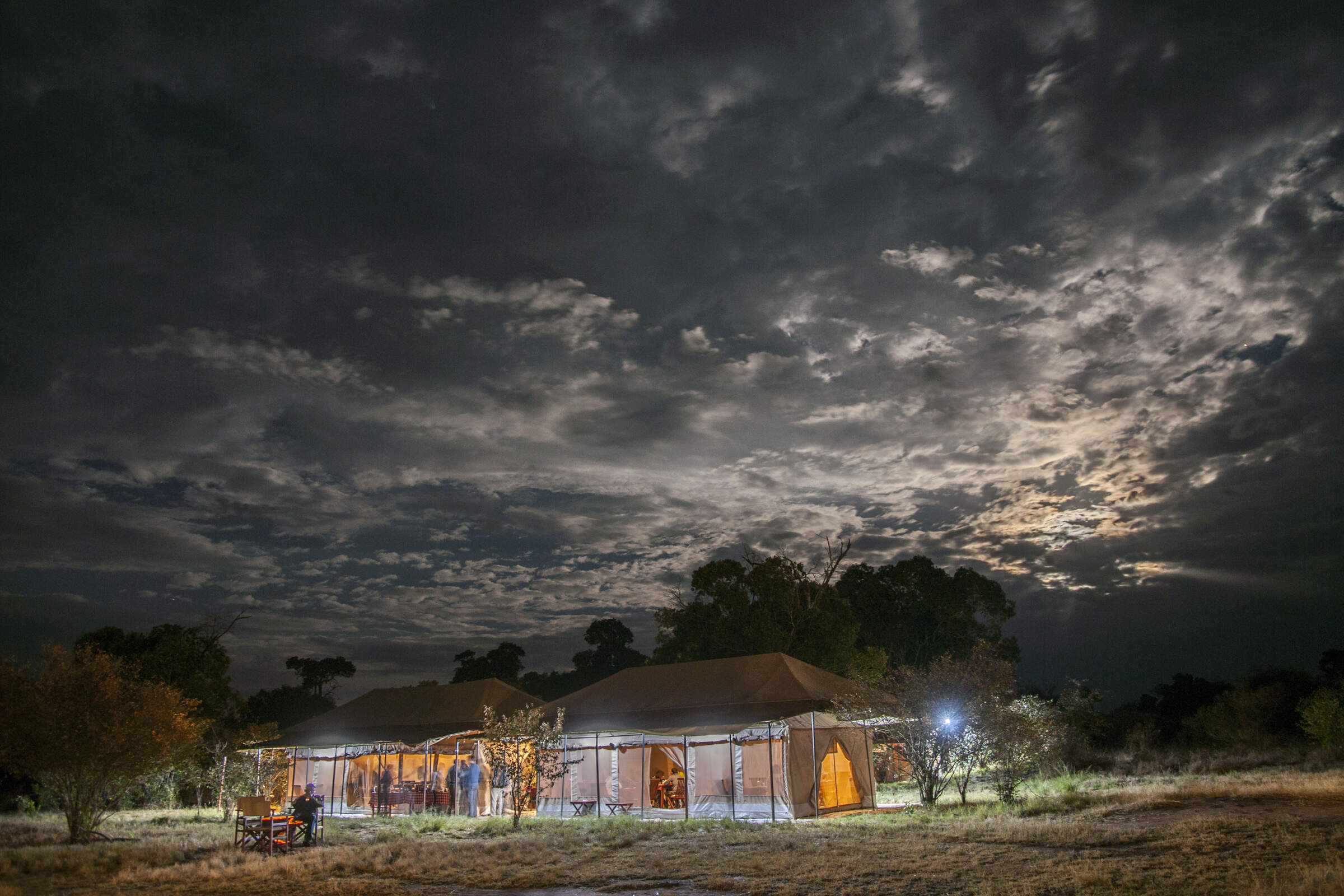
Migration Camp
Serengeti Migration Camp is a smart tented camp, good for the wildebeest migration from Jul–Aug, or to explore the Lobo Kopjes any time.
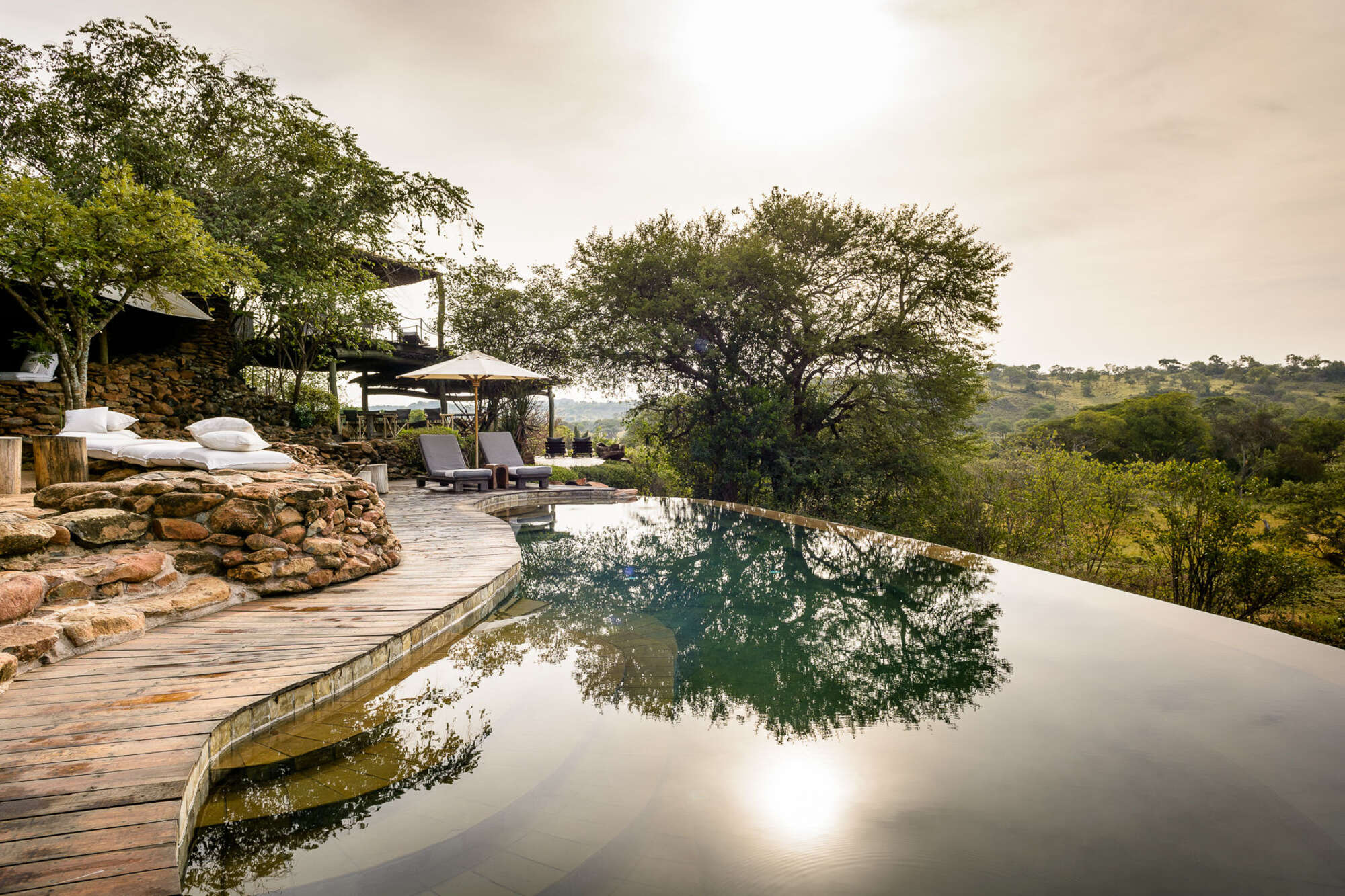
Faru Faru Lodge
On the north bank of the Grumeti River, Faru Faru is a small, chic hideaway in this exclusive corner of the Serengeti.
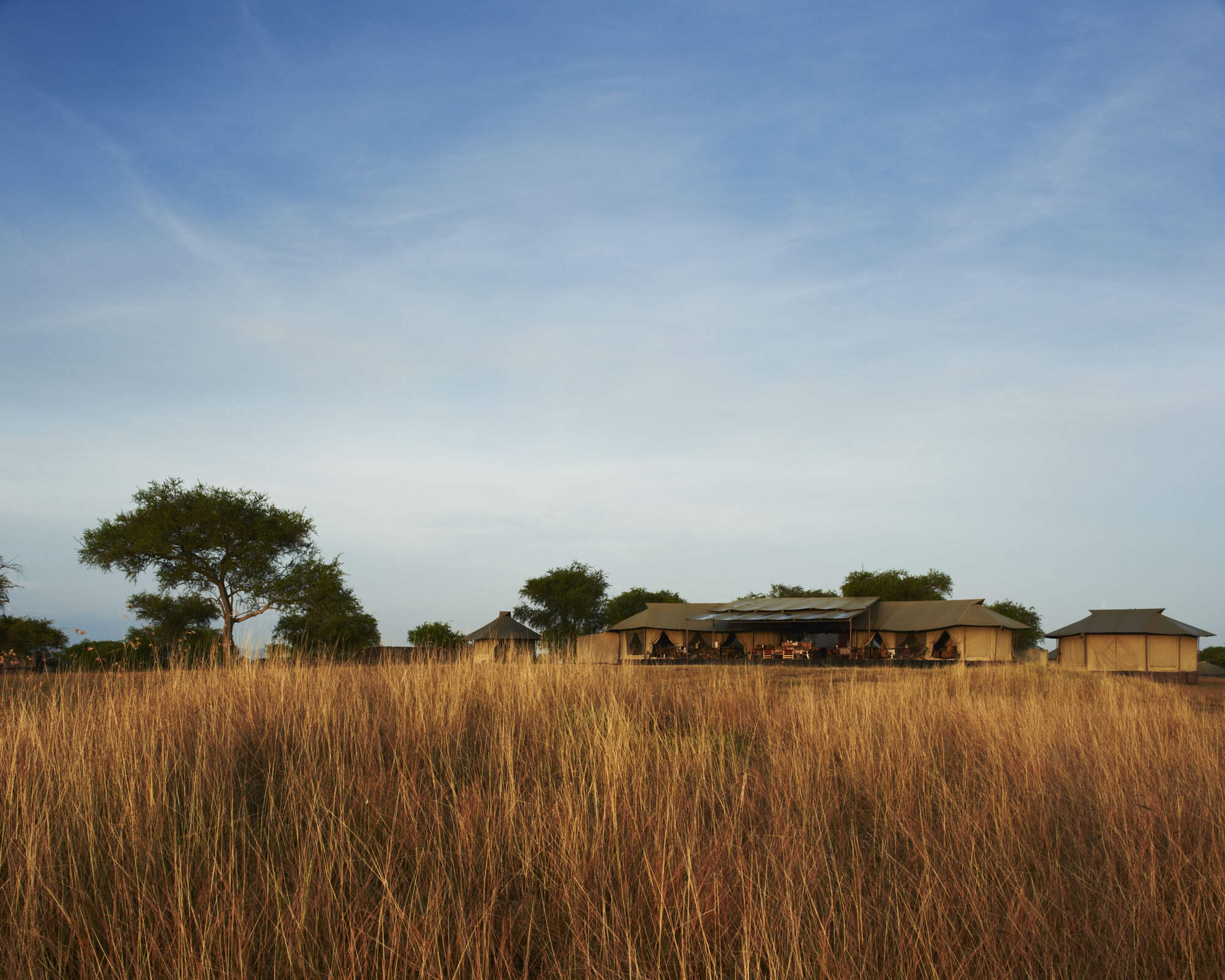
Sabora Tented Camp
Sabora Tented Camp is a smart tented camp – one of the most luxurious, professional and stylish properties to be found in Tanzania.
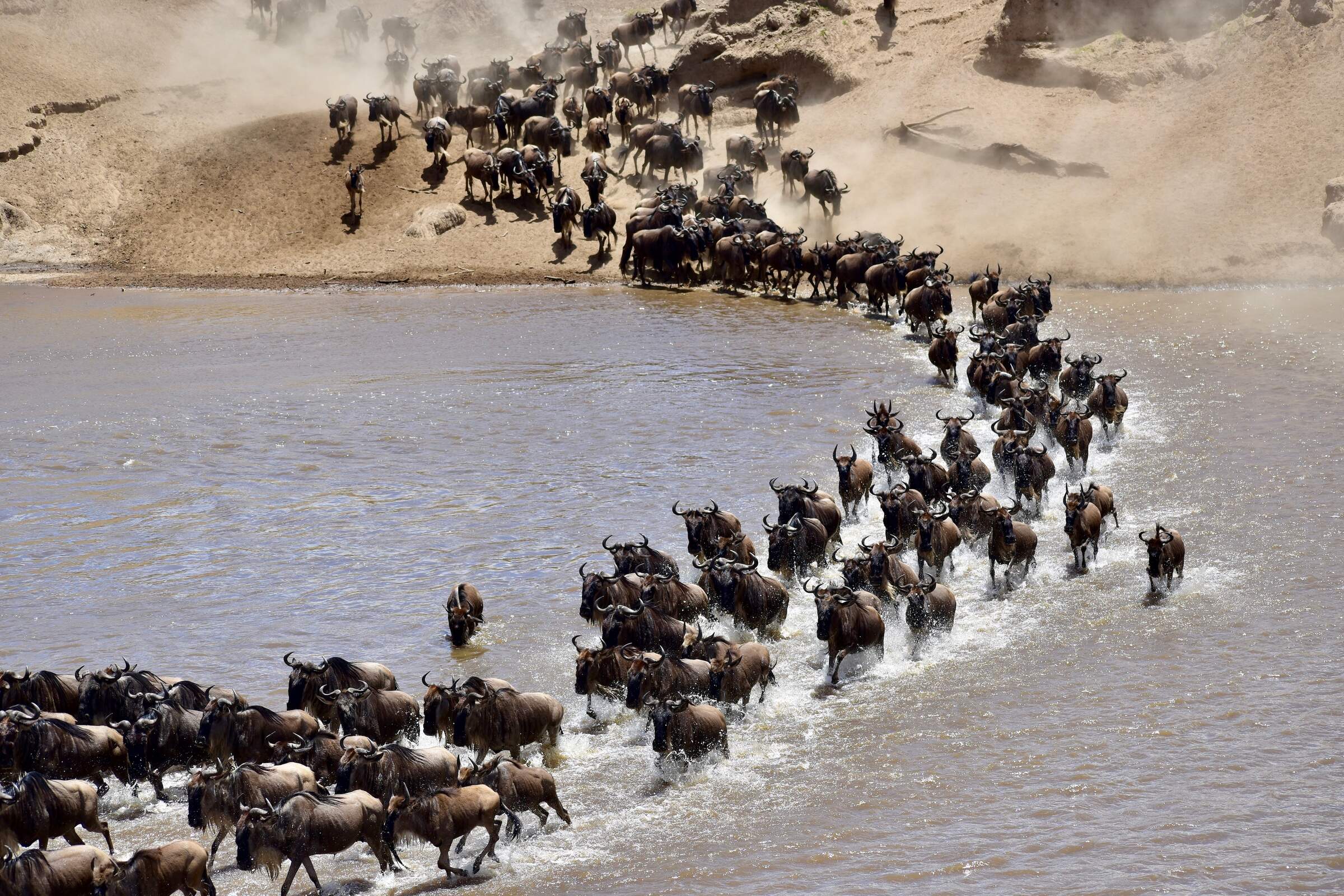
Kirurumu Migration Camp
Kirurumu is a rustic tented camp which moves around the Serengeti twice a year to follow the wildebeest migration.
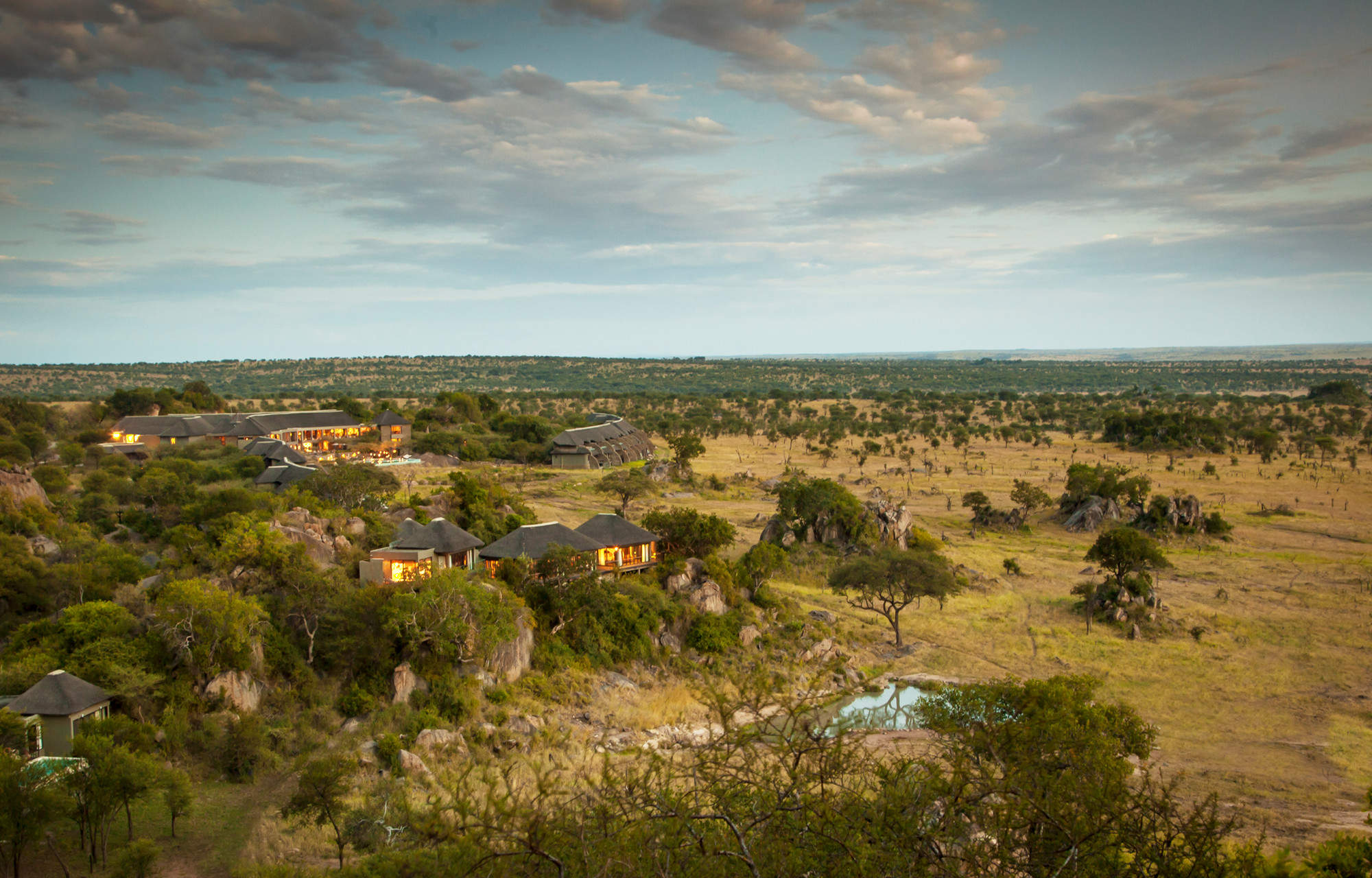
Four Seasons Serengeti
The Four Seasons Safari Lodge is the only hotel in the Serengeti offering international facilities such as a gym, spa and children’s club.
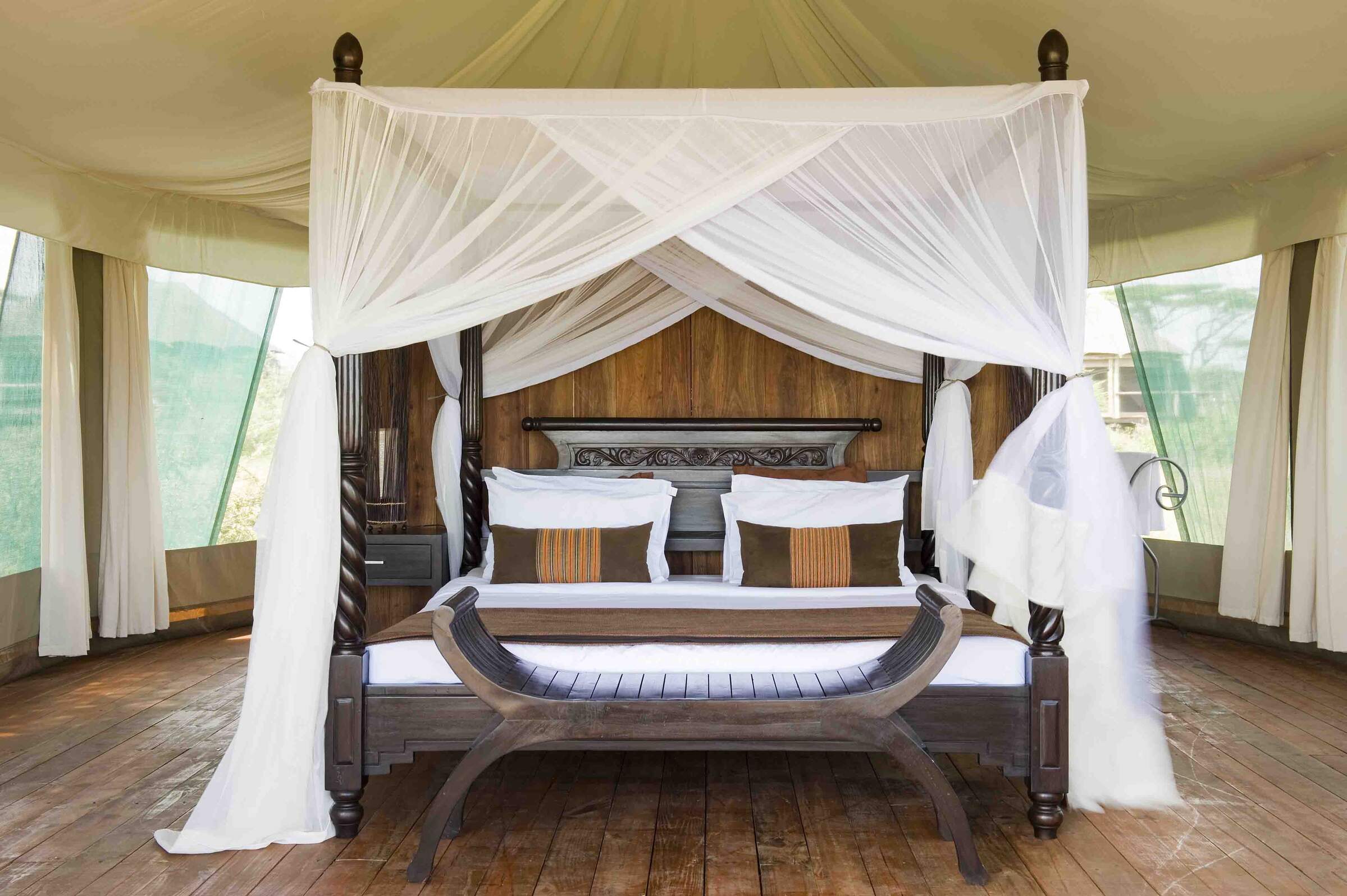
Lake Masek Tented Camp
Ideally located for the wildebeest migration from Dec–Apr, Lake Masek Tented Camp is a good, mid-market safari camp.
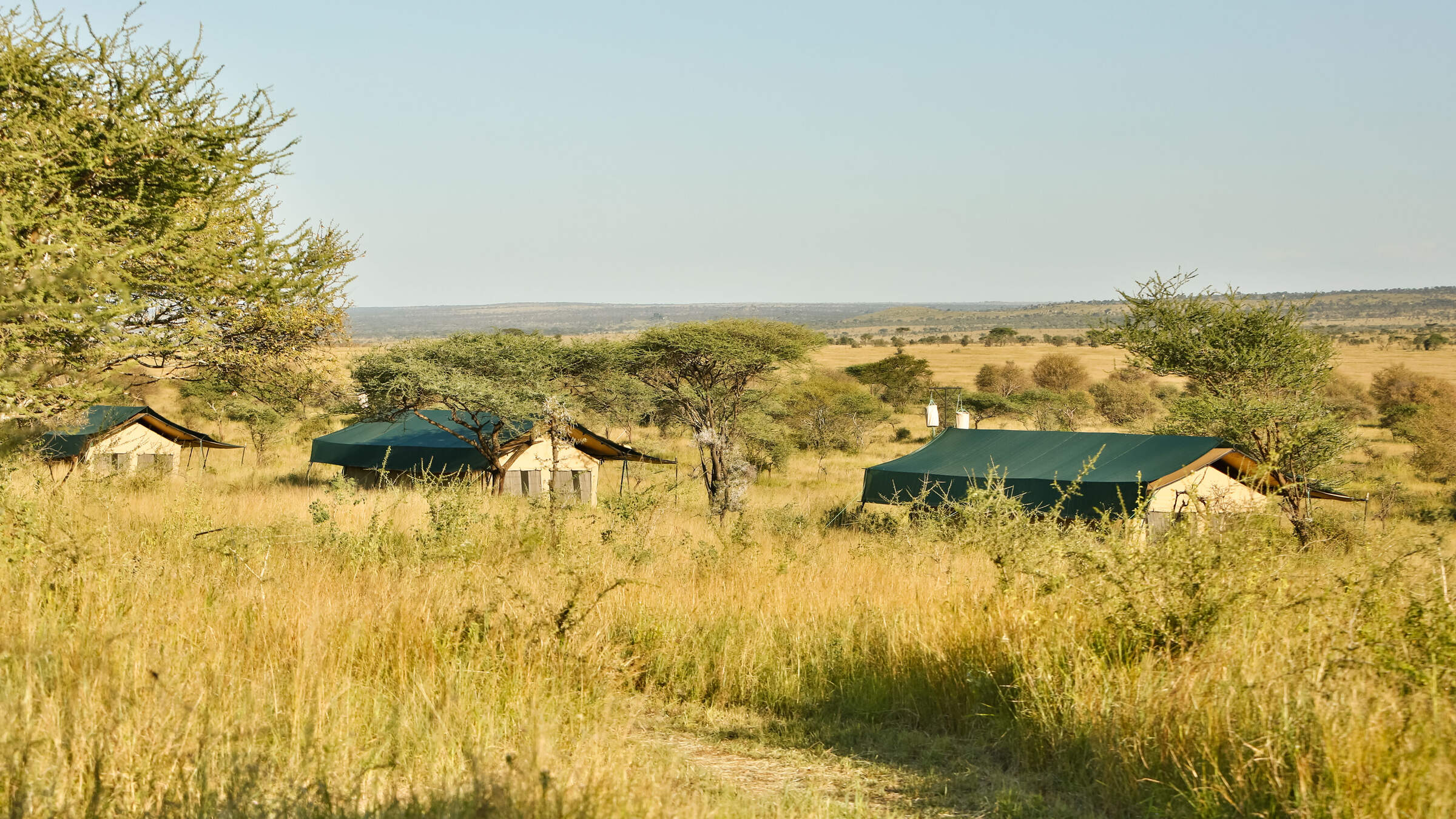
Nyikani Central
Nyikani Central is a comfortable tented camp located in the game-rich Seronera area of the central Serengeti.

Esirai Migration Camp
A season migration camp, with only 8 tents and 1 family tent and plenty of character. Esirai is ideally placed for excellent wildlife and enjoys a simplistic and comfortable under-canvas experience.
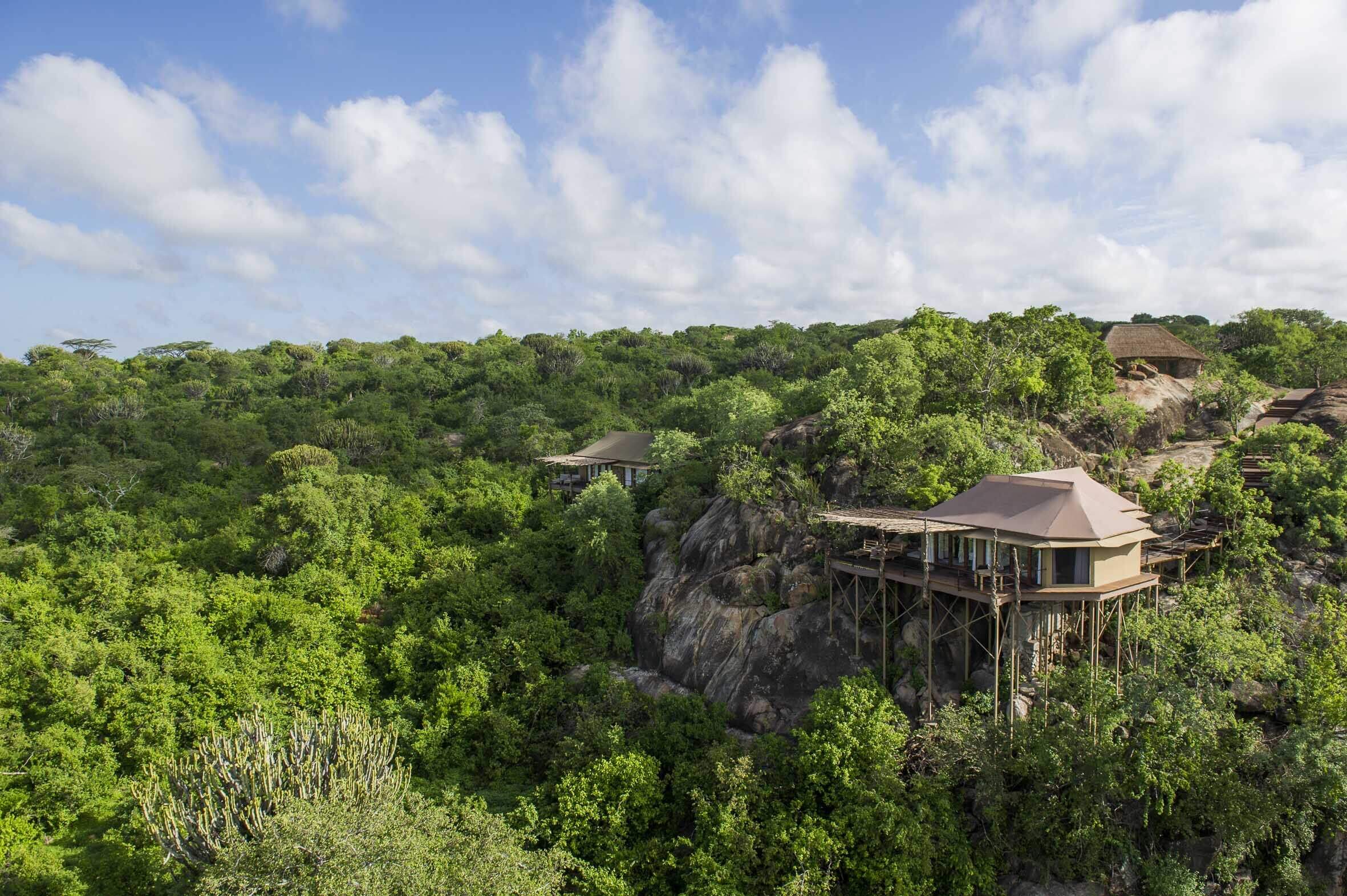
Mwiba Lodge
Mwiba Lodge is a luxurious property located on a private concession on the edge of the southern Serengeti.
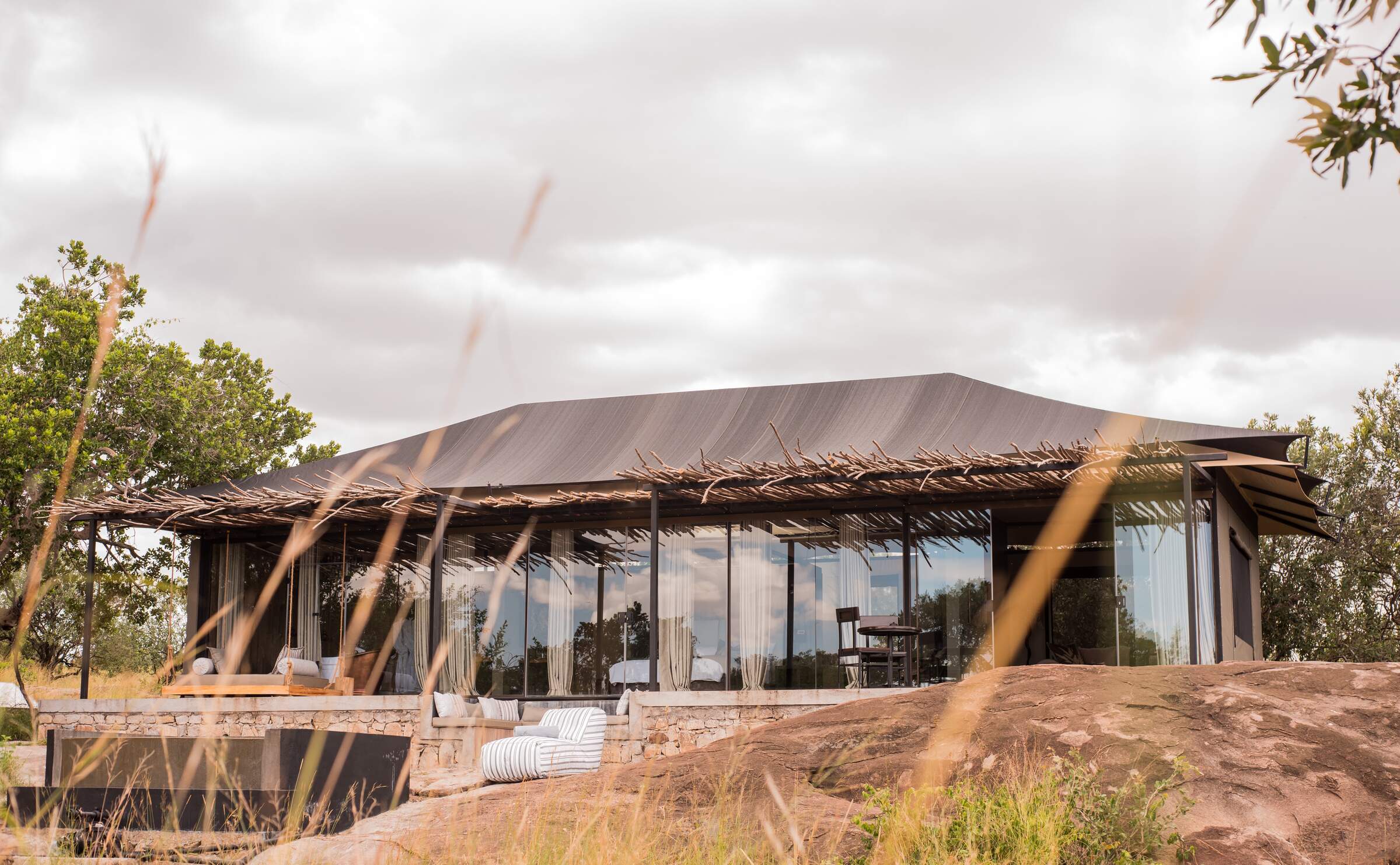
Nimali Mara
Nimali Mara is a luxurious safari lodge in a quiet region of the northern Serengeti with good access to the wildebeest migration.
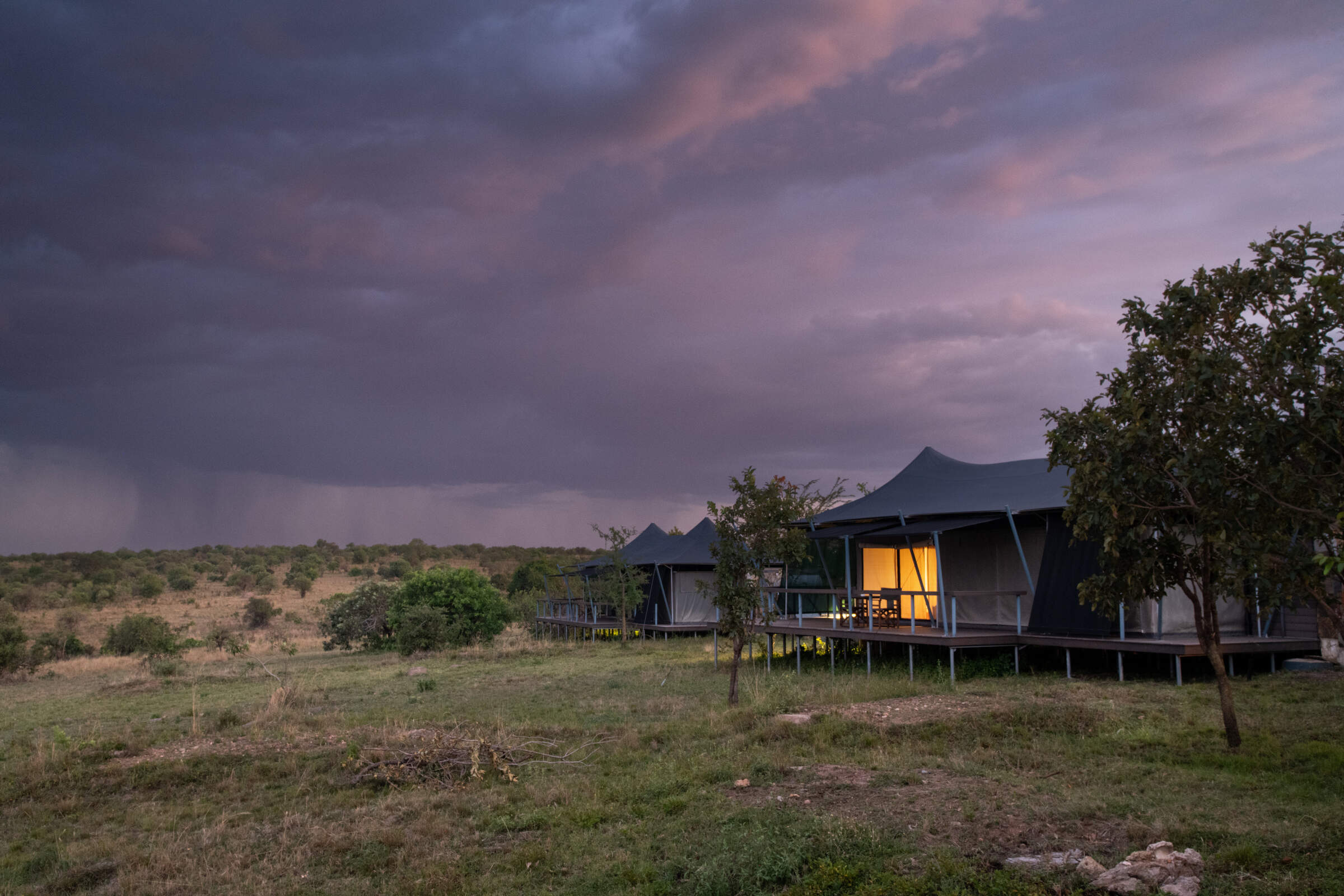
Mara Mara
Mara Mara is a smart tented camp in the northern Serengeti, situated on a small hill close to the Mara River.
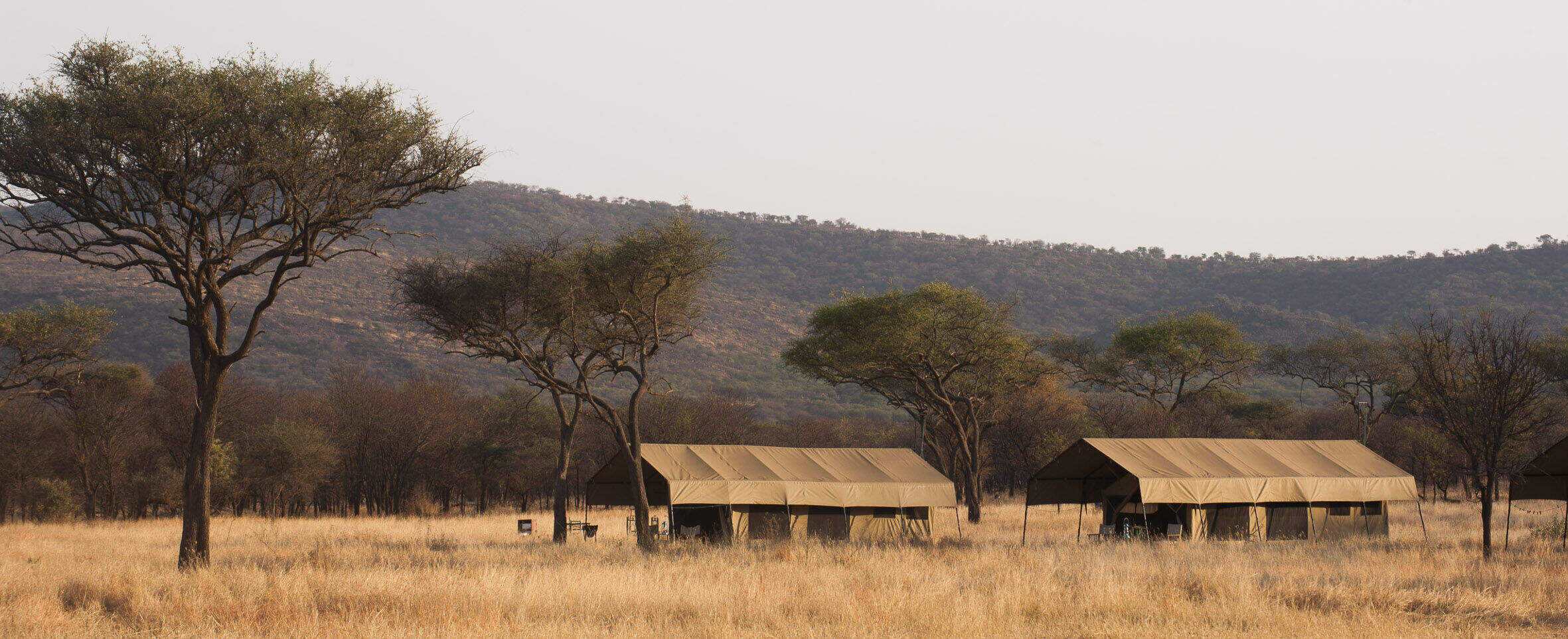
Ndutu Kati Kati
Ndutu Kati Kati is a seasonal tented camp, based in the southern Serenget from Dec-Mar, ideal for the migration as it passes through.

Olduvai Camp
Olduvai Camp lies between Ngorongoro and the southern Serengeti plains. It's a good base for the southern plains during the rainy season.
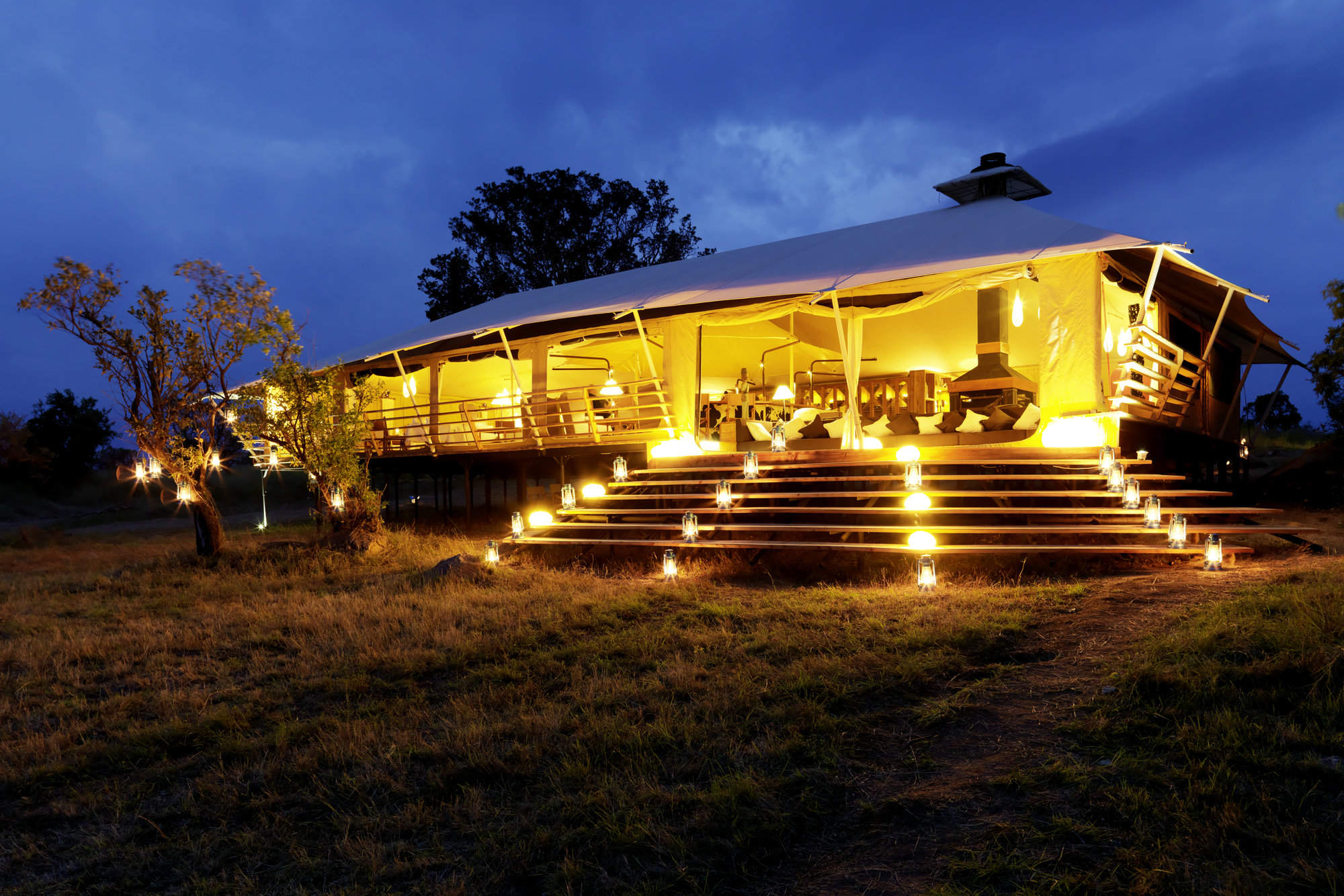
Bushtops
Serengeti Bushtops is a permanent luxury camp in the northern Serengeti, with spacious and private tents with their own hot tubs.
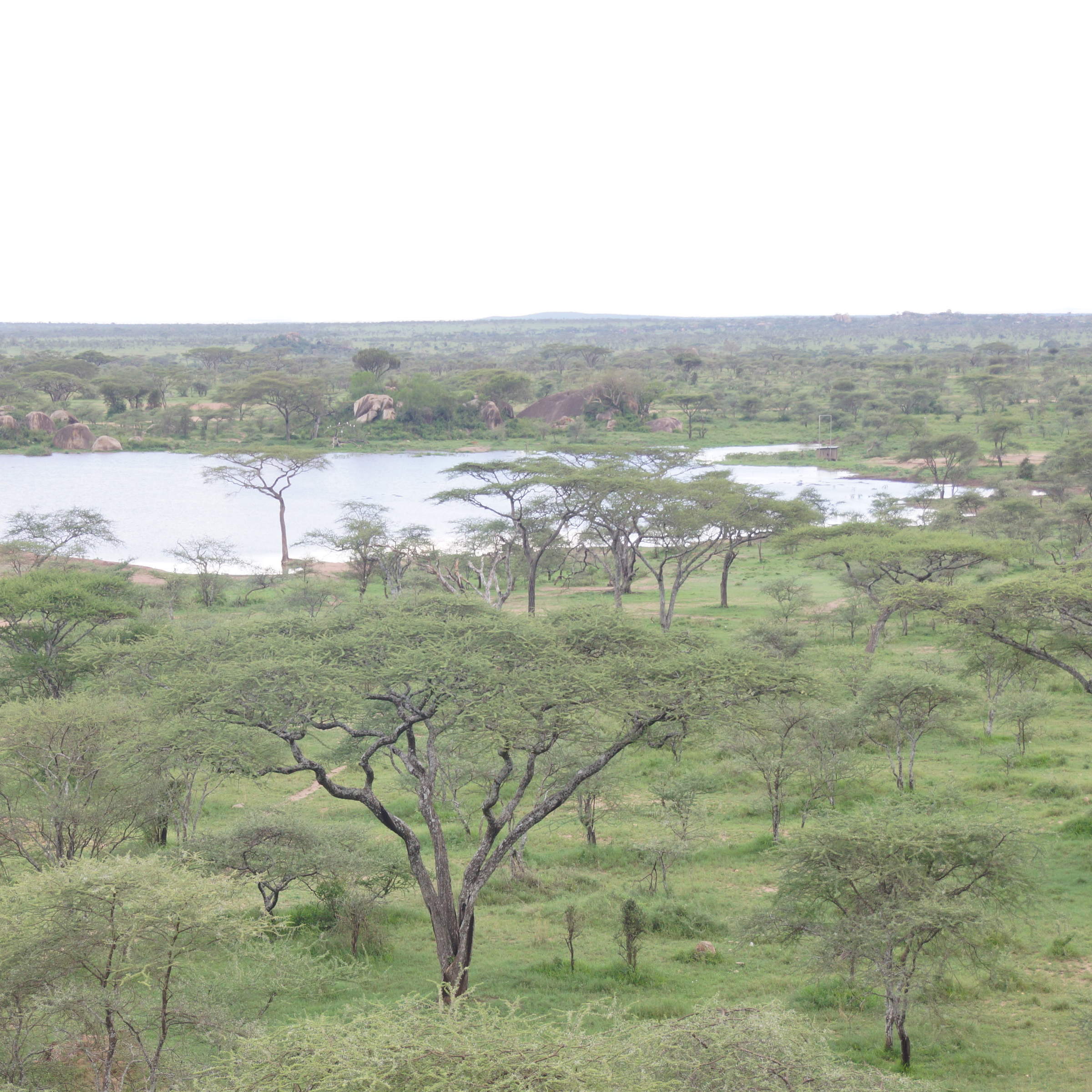
Seronera Wildlife Lodge
Seronera Wildlife Lodge is large hotel-style safari lodge in the heart of the Serengeti, offering good value and a great location.
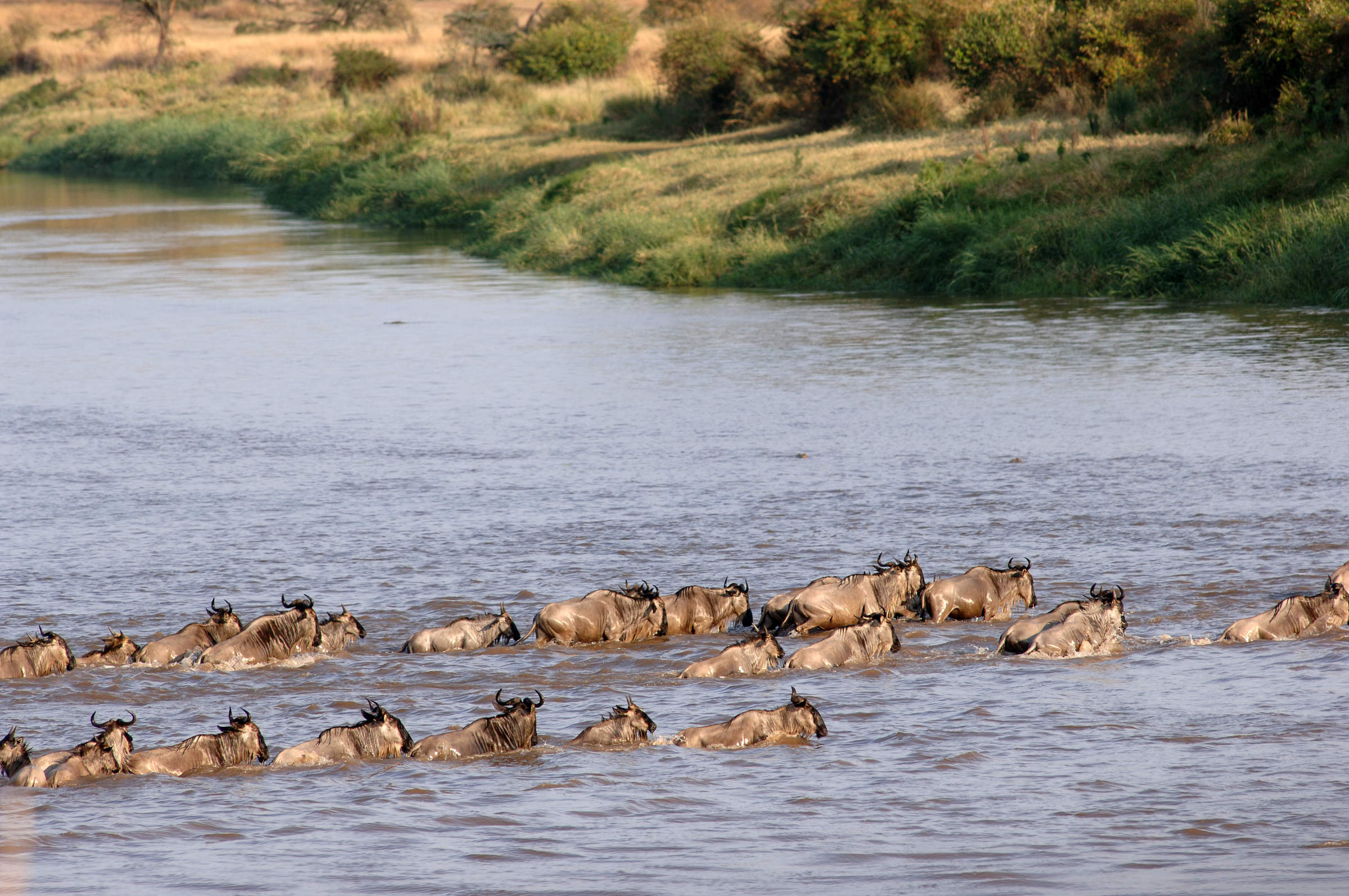
Mara Kati Kati
Mara Kati Kati is a simple bush camp in the northern Serengeti, based from Jul-Oct near the Mara River for the wildebeest migration.
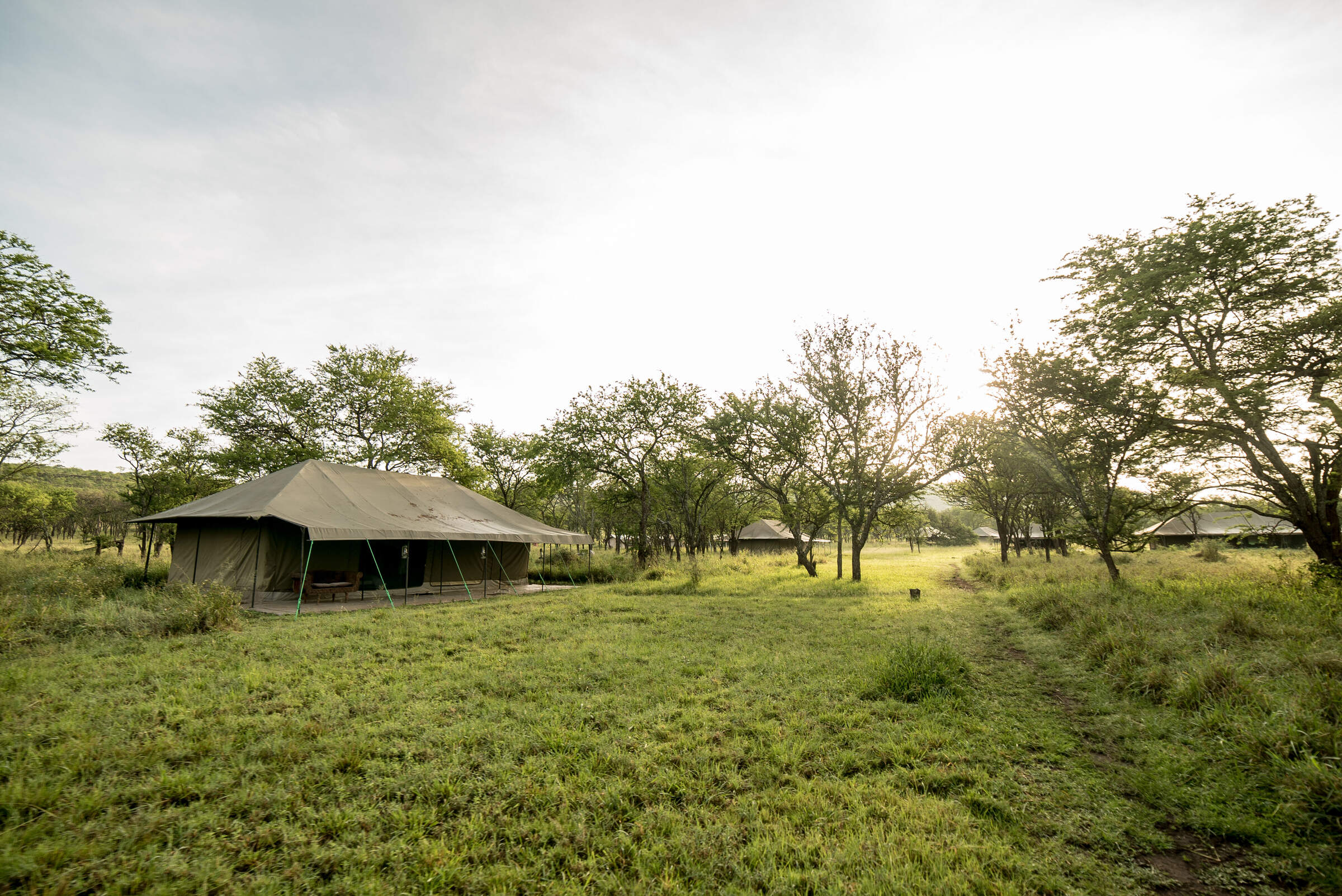
Nasikia Naona
Naona Camp is a small tented camp, located in the Moru Kopjes, west of the Serengeti central area
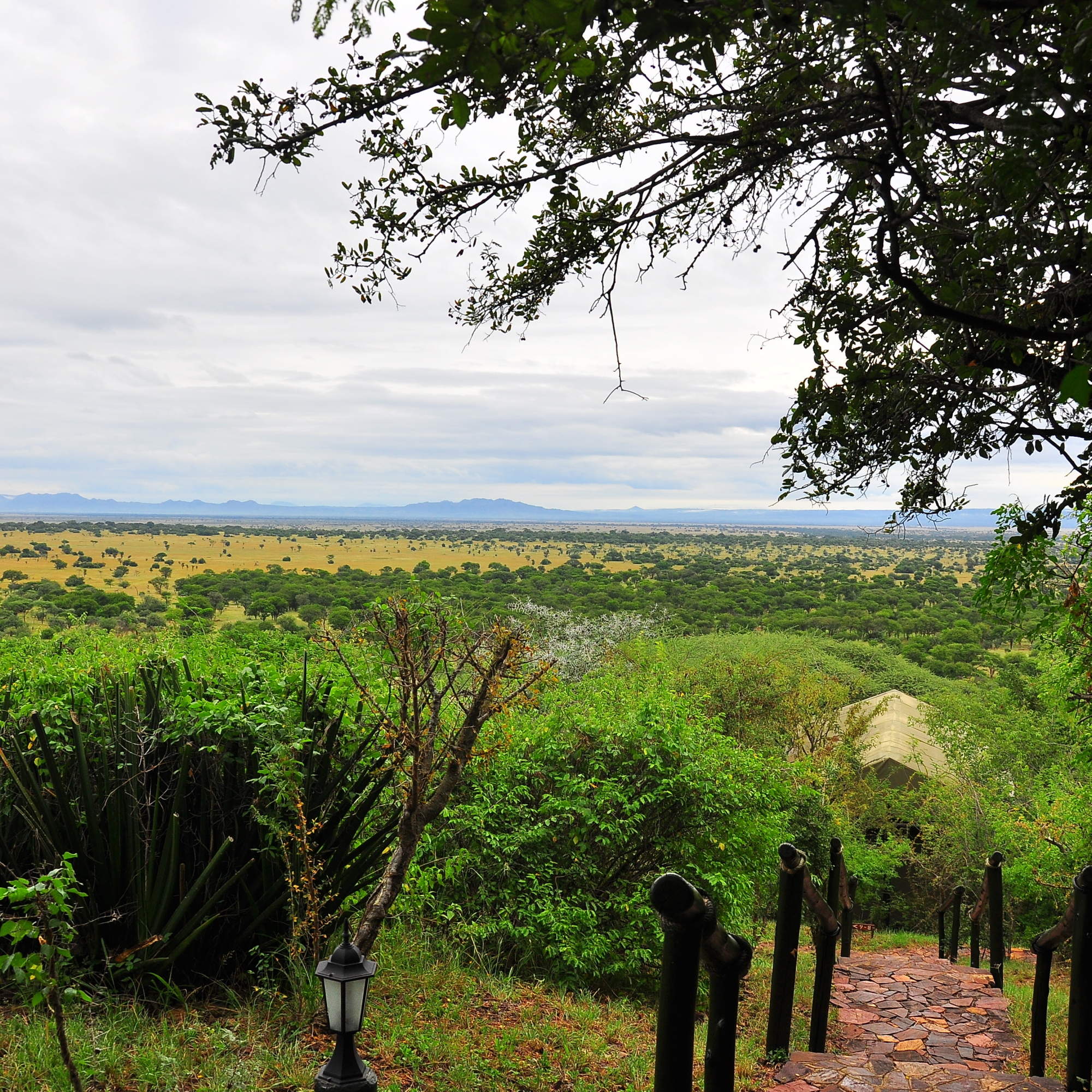
Kirawira Camp
Set high on a hill, in the Serengeti's western corridor, Kirawira is a relatively large tented camp in the Serena group.
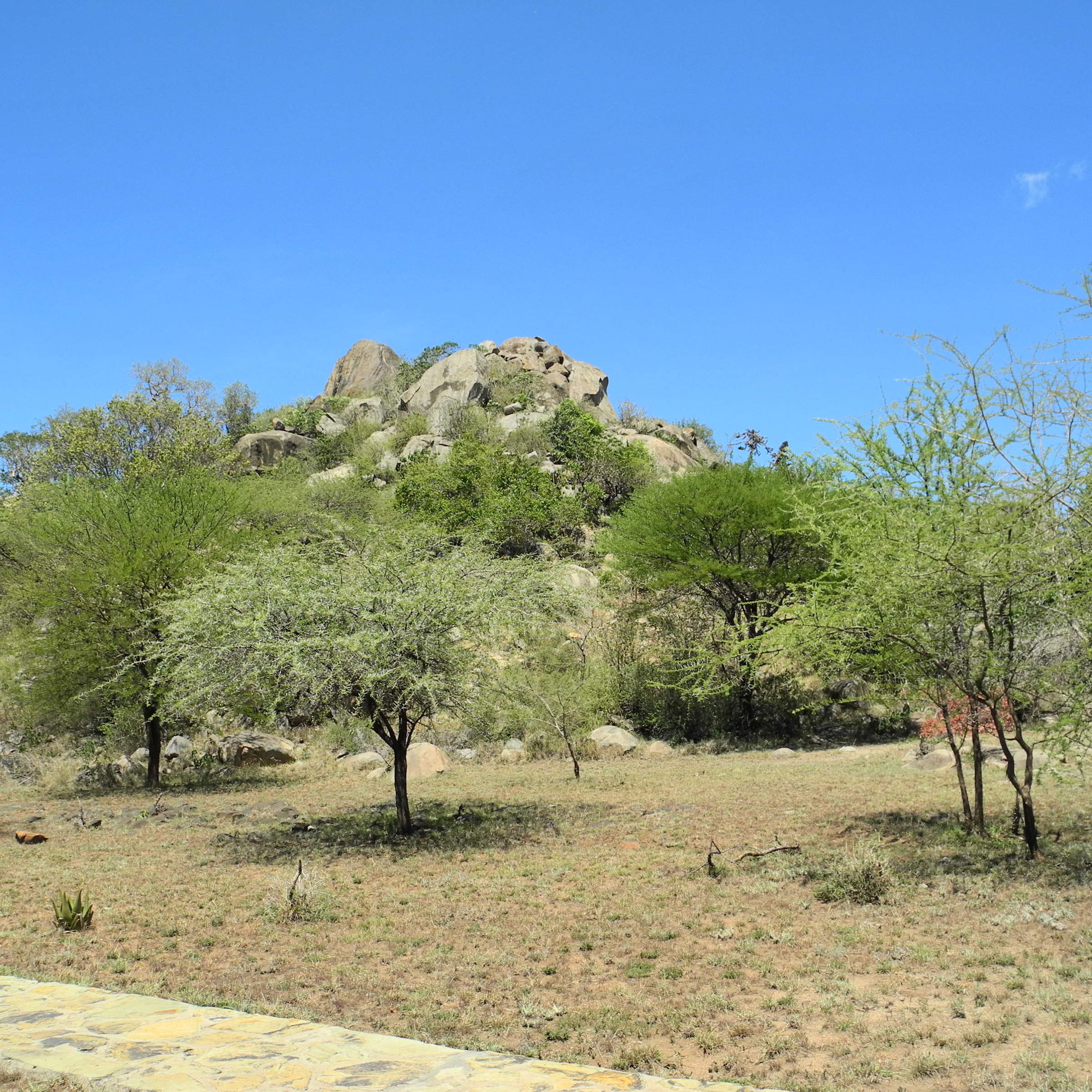
Mbuzi Mawe
Mbuze Mawe is a comfortable tented camp in a convenient, central-north location when driving through the Serengeti.
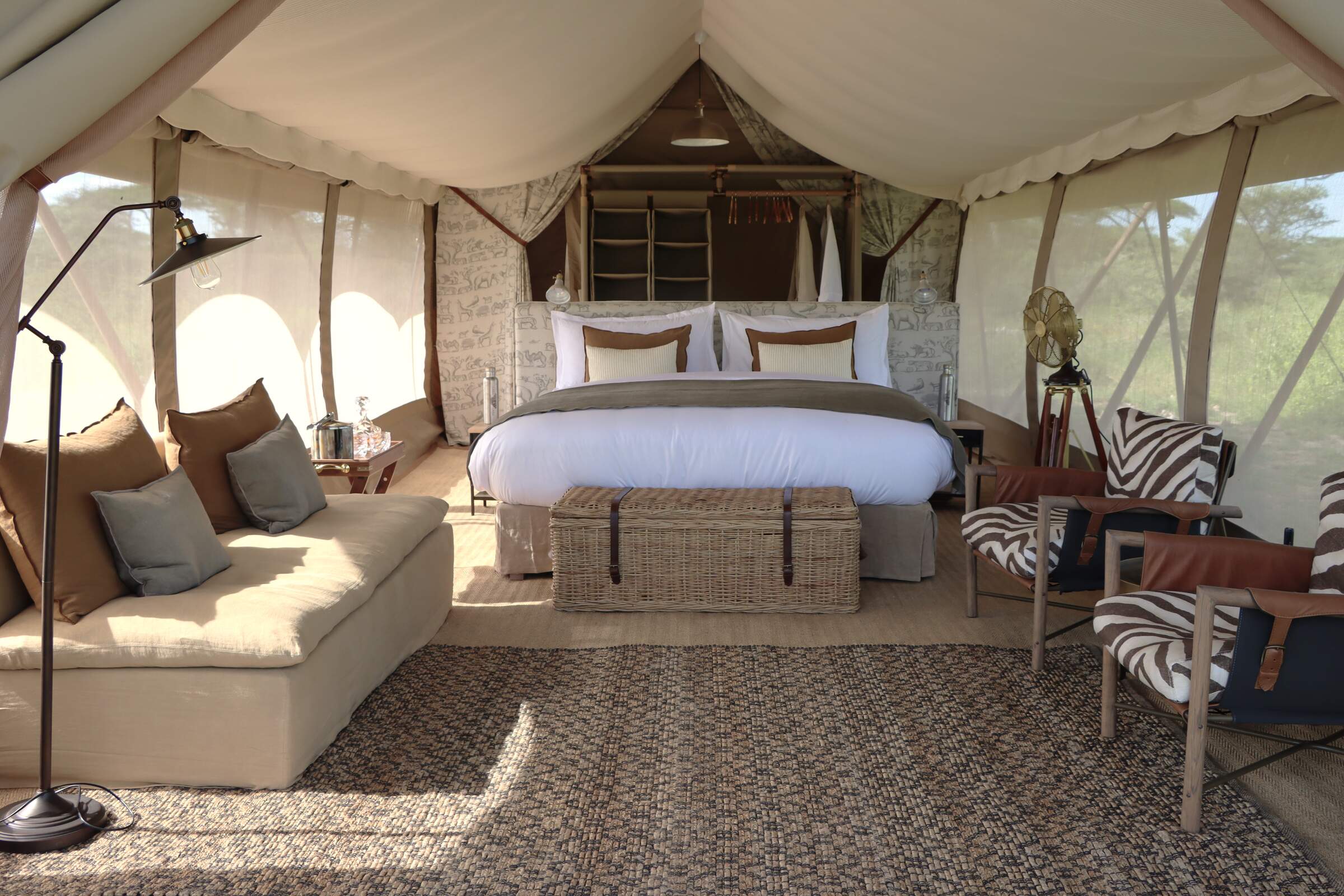
Laba Migration Camp
A luxury mobile camp that moves between the Western Corridor, Mara River and the southern Ndutu area, in line with the wildebeest migration.
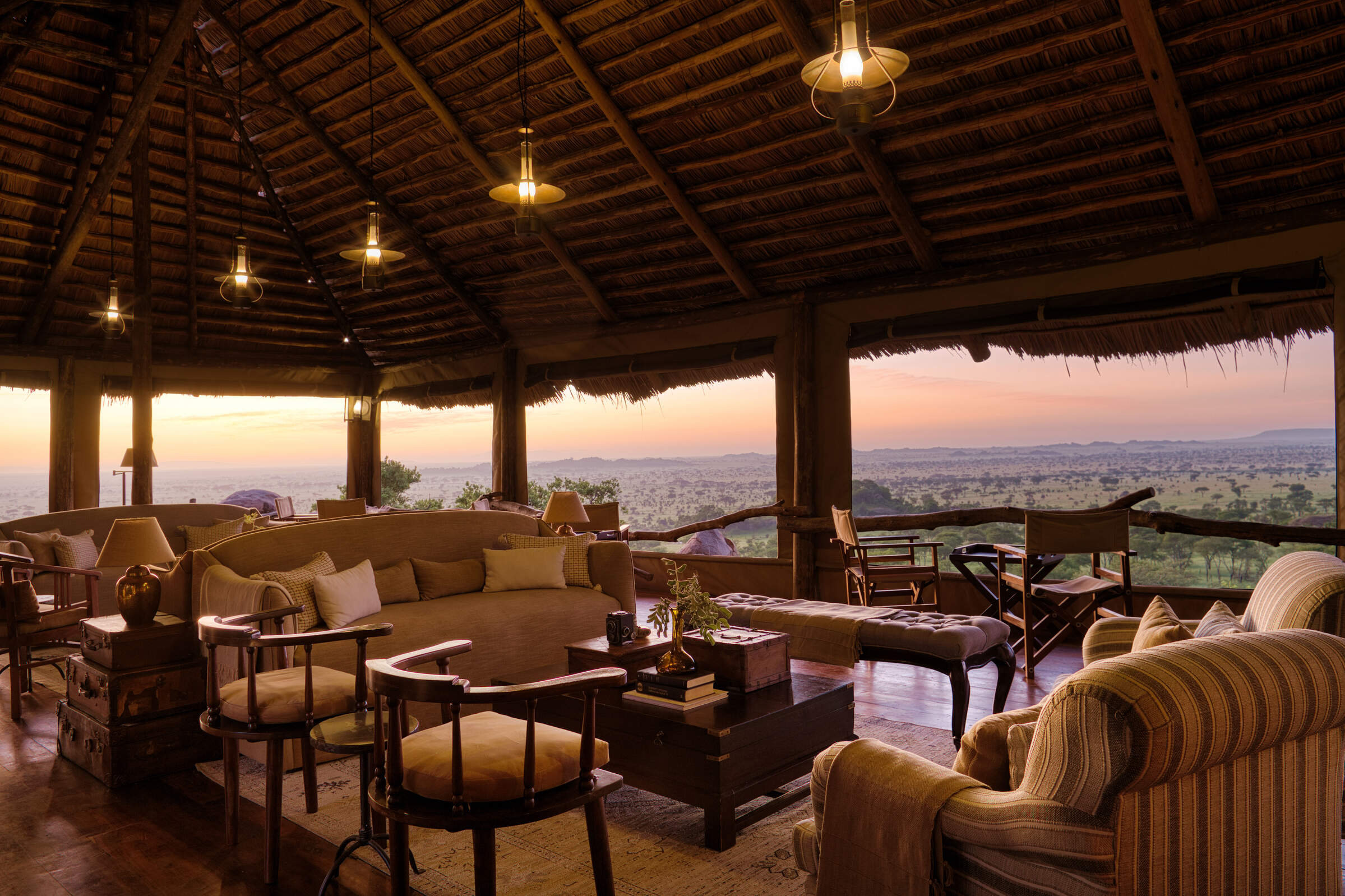
Serengeti Pioneer Camp
Serengeti Pioneer Camp is a luxurious tented camp in the central Serengeti, styled on African explorers' camps of the early 20th century.
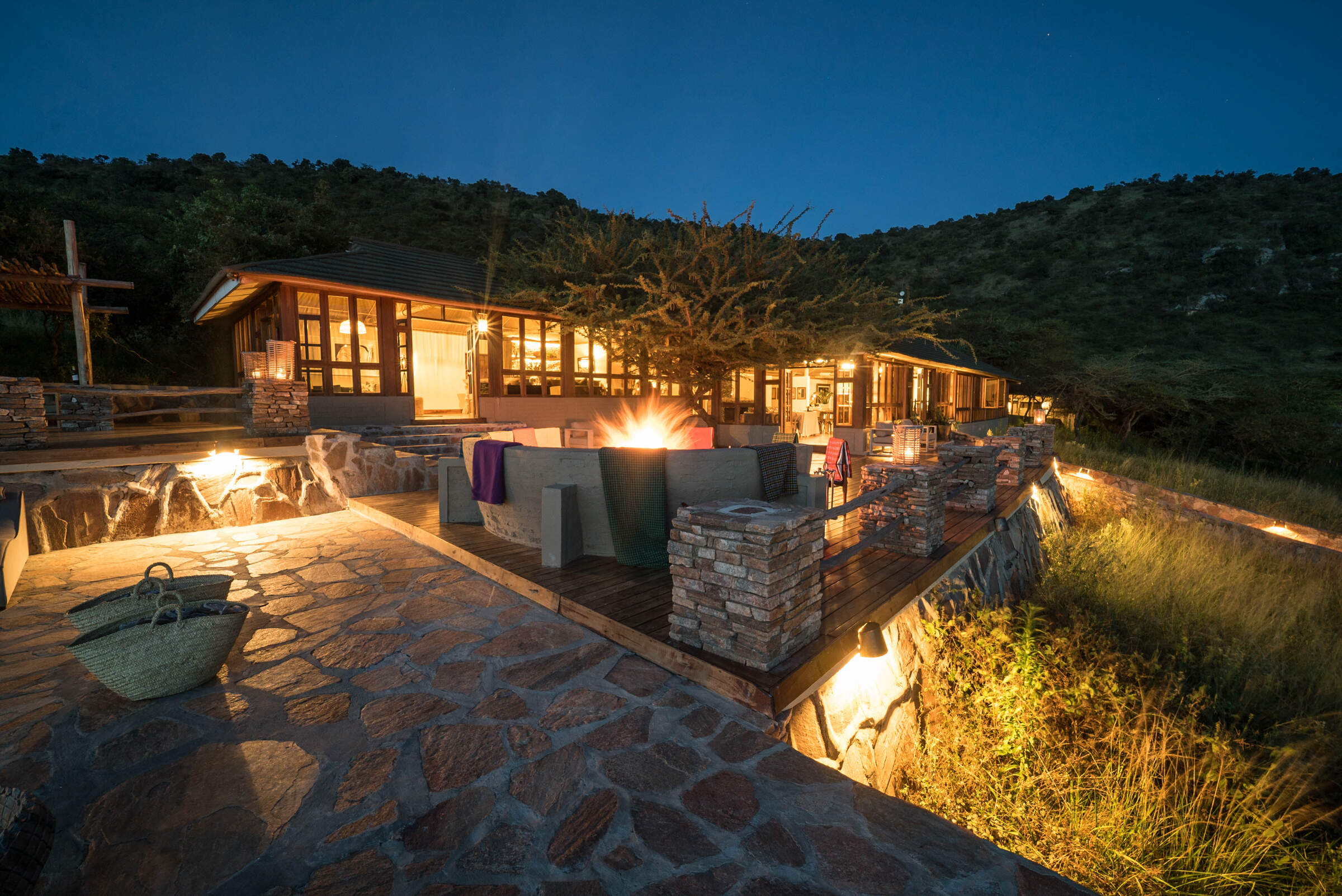
Taasa Lodge
Taasa Lodge is a slightly quirky option offering guided walks and night game drives, which are not permitted in Serengeti National Park.
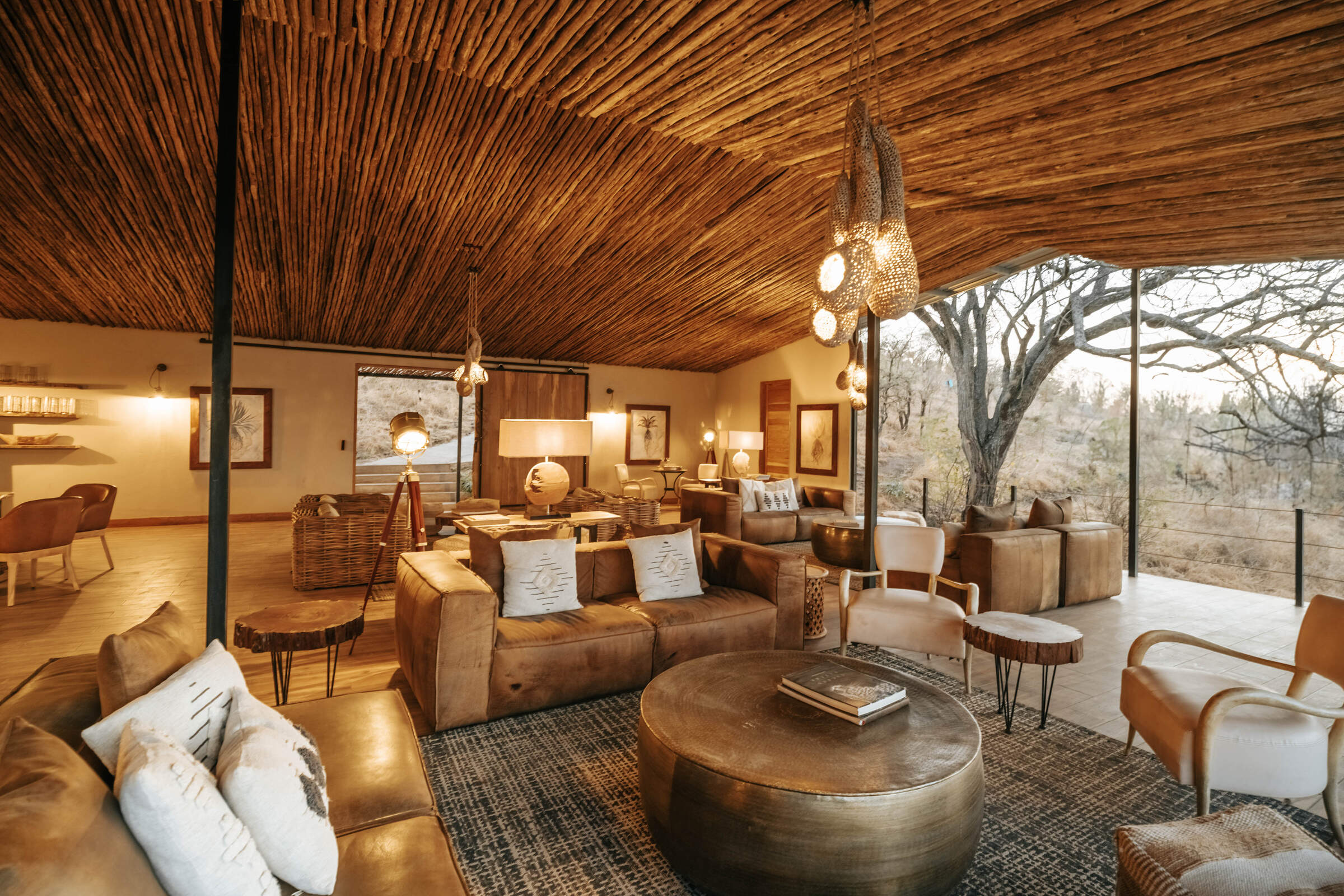
Nimali Serengeti
Opened in July 2017, Nimali Serengeti is a smart, permanent tented camp located in the Seronera area of the central Serengeti.
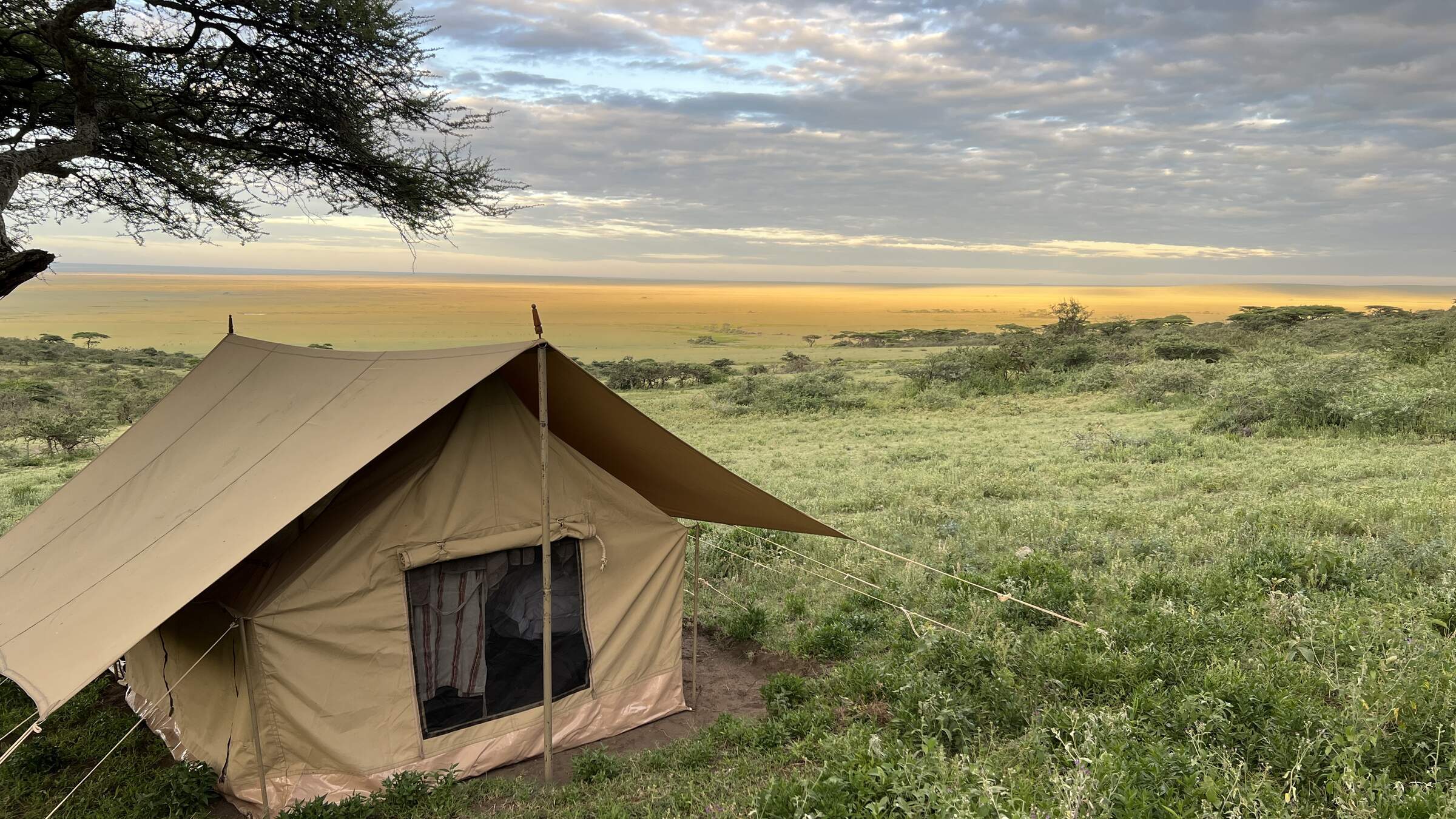
Nomad Walking Camp
Nomad Expeditionary Walking Camp is a simple camp of up to three tents, plus infrastructure, that changes location to allow guests to do substantial walks between campsites.
When to go to Serengeti Migration Area
Our month by month guide: What it's like to visit Sasakwa Lodge in Serengeti Migration Area
Jan
Feb
Mar
Apr
May
Jun
Jul
Aug
Sep
Oct
Nov
Dec
Serengeti Migration Area in January
January marks the start of the Serengeti’s short dry season. In the southern plains, the wildebeest calving season takes centre stage, drawing both predators and eager wildlife enthusiasts. The weather is generally clear and sunny, with rising temperatures, though occasional rainfall may still occur in the southern areas. Birdwatching is particularly rewarding during this time, with resident species in their breeding plumage and migratory birds adding to the variety.
The far southern plains of Ndutu coupled with the central Seronera area remains a reliable choice for game viewing, with lions and cheetahs frequently sighted on the hunt. While the park can be busier early in the month due to New Year visitors, it often becomes quieter later, providing excellent value and a more peaceful experience. Patience may be needed during game drives, as some wildlife becomes more dispersed.
- Variable weather: clear, dry or rainy
- Thunderstorms may occur occasionally
- Prime birding season with migrant species
- Wildebeest gathering in southern Serengeti
- Busy early, quieter later in the month
Our view
A good time to visit, with pros & cons
Weather in January
Serengeti Migration Area in February
February in the Serengeti is hot, with daytime highs reaching around 33°C/91°F, but cooling down significantly in the evening and overnight. It's an excellent time to visit as the northern circuit is comparatively quieter than during peak seasons. The wildebeest calving season, typically occurring in a two-three week window in early-mid February, is a major attraction. Thousands of calves are born daily, attracting a significant number of predators, creating an intense yet fascinating spectacle.
Birdlife is equally vibrant, as migratory species from the northern hemisphere join the park's resident birds. The Ndutu region is especially active, hosting an abundance of wildlife. Hot air balloon safaris offer unparalleled views of the action below. Despite the midday heat, early morning game drives remain comfortable and highly rewarding.
- Hot and dry weather conditions prevail
- Wildebeest calving in southern plains
- Southern Serengeti busy for migration
- Lush, green landscapes across the park
- Ideal for wildlife photography
Our view
A very good time to visit
Weather in February
Serengeti Migration Area in March
March typically sees the arrival of the long rains in the Serengeti, though the exact timing can vary each year. With water becoming more plentiful, migratory animals begin to spread out, making wildlife spotting a bit more challenging in certain areas. The Seronera Valley remains a reliable choice for sightings, thanks to its consistent water sources.
The rains bring a dramatic transformation to the landscape, with lush greenery emerging across the plains, offering stunning photographic opportunities. Birdwatchers are in for a treat, as many species are in their vibrant breeding plumage. Although some mobile tented camps begin winding down operations in preparation for the next season, visitors can still enjoy the park’s quieter atmosphere and its renewed natural beauty.
- Hot with increasing humidity pre-rains
- Wildlife viewing varies as rains begin
- Park quieter with lower visitor numbers
- Excellent time for bird watching
- Green vegetation provides scenic backdrops
Our view
A good time to visit, with pros & cons
Weather in March
Serengeti Migration Area in April
April tends to be the wettest month in the Serengeti, with rainfall averaging around 250mm. The park is transformed into a verdant oasis, alive with birds, insects, and smaller wildlife. However, the dense vegetation can make spotting animals more difficult. Visitor numbers are at their lowest, allowing for a more exclusive safari experience and there can be some good emerald season bargains to be had.
The wildebeest migration typically begins slowly moving toward the Western Corridor, and patient travellers can witness fascinating sights such as newborn animals and predators on the hunt. Rising water levels make the Retina Hippo Pool particularly active. Birdwatching continues to be excellent, and many lodges offer reduced rates, making it an appealing time for those willing to brave occasional downpours.
- Heavy rains with impressive thunderstorms
- Some camps closed due to weather
- Lowest rates and fewest tourists
- Vibrant greenery, wildlife more dispersed
- Not ideal for general wildlife viewing
Our view
This is not a great time to visit
Weather in April
Serengeti Migration Area in May
As the month of May progresses, the rains start to taper off across the Serengeti and temperatures drop slightly. Visitor numbers remain low, and lodge rates are often highly competitive, making it a great time for more value-conscious travellers. The wildebeest migration usually still heading towards the Western Corridor, with some herds nearing the Grumeti River and others still milling around the central area of the park. Predator-prey interactions become more frequent as animals navigate the changing environment.
The Moru Kopjes region offers particularly rewarding wildlife encounters, including the chance to spot black rhinos. The park’s vegetation is at its lushest, providing breathtaking backdrops for photographers. Balloon safaris during this time give a spectacular view of the green plains and migrating herds.
- Rains continue, creating dramatic skies
- Quiet period, great for avoiding crowds
- Lush landscapes with long grasses
- Wildlife more dispersed, fewer sightings
- Affordable safari options available
Our view
This is not a great time to visit
Weather in May
Serengeti Migration Area in June
June signals the end of the rainy season in the Serengeti, with the landscape beginning to dry out. Wildlife starts to gather around permanent water sources, and the Grumeti River becomes a key location for dramatic river crossings. Before the wildebeest migration heads north, the Western Corridor remains a hub of activity.
Many camps will offer shoulder season rates in June, meaning that this is also a more affordable time to visit than later in the year. The Lobo Valley in the north also becomes a productive area for wildlife viewing. With shorter grasses and clearer conditions, June is an excellent time for walking safaris in designated areas. The balance of good weather, exciting wildlife action, and moderate tourist numbers makes it a great month to visit.
- Weather varies: clear, dry or some rain
- Migration moving from west to north
- Parks still green with high grasses
- Wildlife becoming more concentrated
- Good value shoulder season prices
Our view
A good time to visit, with pros & cons
Weather in June
Serengeti Migration Area in July
July is the start of peak season in the Serengeti, with little to no rainfall expected and pleasant daytime temperatures. As the park dries, wildlife congregates in fewer areas, improving game viewing opportunities. The wildebeest migration typically reaches the northern Serengeti, with herds beginning to cross the Mara River. This spectacle draws many visitors, making the northern areas busier.
The Seronera area remains excellent for big cat sightings. In the western corridor, resident game becomes easier to spot as vegetation thins. Balloon safaris are particularly popular this month, offering breathtaking views of the migrating herds. Despite the crowds, July offers some of the year's best wildlife viewing opportunities across the park.
- Dry days, chilly mornings and evenings
- Excellent wildlife viewing opportunities
- Peak season with increasing visitor numbers
- Highest prices due to prime conditions
- Great Migration in full swing
Our view
Fantastic: the very best time to visit
Weather in July
Serengeti Migration Area in August
August in the Serengeti is characterised by clear skies and sunny weather, though cooler nights and mornings call for layered clothing for early morning game drives. It's an extremely popular time to visit, with accommodation prices at their peak. The northern Serengeti is particularly busy as visitors hope to witness migration river crossings – with the Mara and Sand rivers becoming focal points for dramatic wildlife interactions.
In the central Serengeti, predator sightings remain good around the Seronera River. The park's southern regions are now much drier, home to excellent resident game and now fewer visitors. Balloon safaris provide stunning aerial views of the landscape and wildlife. While August is a very busy time, the consistent wildlife activity and reliable weather make it a fantastic month to visit.
- Dry climate, cool mornings and evenings
- Superb general wildlife viewing
- Exciting wildebeest migration period
- Very busy, camps fill up quickly
- Dramatic river crossings may occur
Our view
Fantastic: the very best time to visit
Weather in August
Serengeti Migration Area in September
September continues the Serengeti’s dry season, with wildlife becoming increasingly concentrated around the few remaining water sources. The northern Serengeti still hosts the wildebeest migration, with river crossings at the Mara River offering dramatic predator-prey interactions. The Seronera Valley remains an excellent spot for sightings of resident predators, while the now-parched southern plains offer good chances to see cheetahs.
As the month progresses, visitor numbers begin to drop slightly, making it a quieter time to explore. Birdwatching remains rewarding, and walking safaris provide a more intimate wildlife experience. September’s pleasant weather and exceptional wildlife viewing make it a very good time to visit.
- Fantastic wildlife viewing conditions
- Slightly less crowded than peak months
- Parks becoming dry with less vegetation
- Pleasant temperatures throughout day
- Prices remain high for quality safaris
Our view
Fantastic: the very best time to visit
Weather in September
Serengeti Migration Area in October
October marks the tail end of the dry season in the Serengeti. Wildlife gathers around the last water sources, creating fantastic viewing opportunities. The Mara River may still see some migration activity, while the central Seronera region continues to deliver reliable predator sightings. In the western corridor, large herds of elephants are a highlight, and the dry southern plains can sometimes offer very good opportunities to spot cheetah.
Birdwatching is rewarding, with many resident species easily spotted. Balloon safaris offer breathtaking views of the parched landscape – though photographers need to be prepared for dusty conditions. Prices remain high, but visitor numbers are lower than in July-Sept, providing a more exclusive safari experience.
- Mostly dry with comfortable temperatures
- Excellent game viewing opportunities
- Landscape may appear somewhat barren
- Lower visitor numbers than earlier months
- Chance to see predator action at its best
Our view
A very good time to visit
Weather in October
Serengeti Migration Area in November
November usually signals the start of the short rains in the Serengeti. While lighter and more sporadic than the long rains, they rejuvenate the landscape with fresh grass growth. Wildlife begins to disperse as water becomes more readily available, but game viewing remains strong, particularly in the central Seronera area.
The wildebeest herds start their journey southward from the Mara region, creating opportunities for unique sightings. Birdwatching is excellent, with the arrival of migratory species adding to the variety. Some mobile camps in the north close temporarily, but those who visit in November can enjoy great value with lower rates and quieter conditions.
- Variable weather: clear, dry or rainy
- Parks quieter with lower-end prices
- Some camps close for maintenance
- Wildlife disperses as rains begin
- Migration movement less predictable
Our view
A good time to visit, with pros & cons
Weather in November
Serengeti Migration Area in December
December is a transition month in the Serengeti, falling within the short rainy season. The rains bring life to the southern plains, attracting the wildebeest herds and the predators that follow them. The Ndutu region becomes a focal point for wildlife activity.
Temperatures are comfortable, averaging around 27°C/81°F, with the possibility of occasional thunderstorms. Birdwatching is outstanding, with many migratory species adding to the diversity. Early December offers good value, with lower prices and fewer visitors, but the festive season sees a surge in demand, requiring early bookings. Balloon safaris provide stunning views of the rejuvenated landscape, making December an exciting time to visit the park.
- Weather varies: dry, rainy, or stormy
- Good game viewing in central Serengeti
- Quiet early, extremely busy late month
- Prices rise sharply for holiday season
- Green season begins, landscapes refresh
Our view
A good time to visit, with pros & cons
Weather in December

Looking for inspiration on where to travel next?
Visit our trip chooser to explore your options and find inspiration for your perfect African adventure
Inspire me